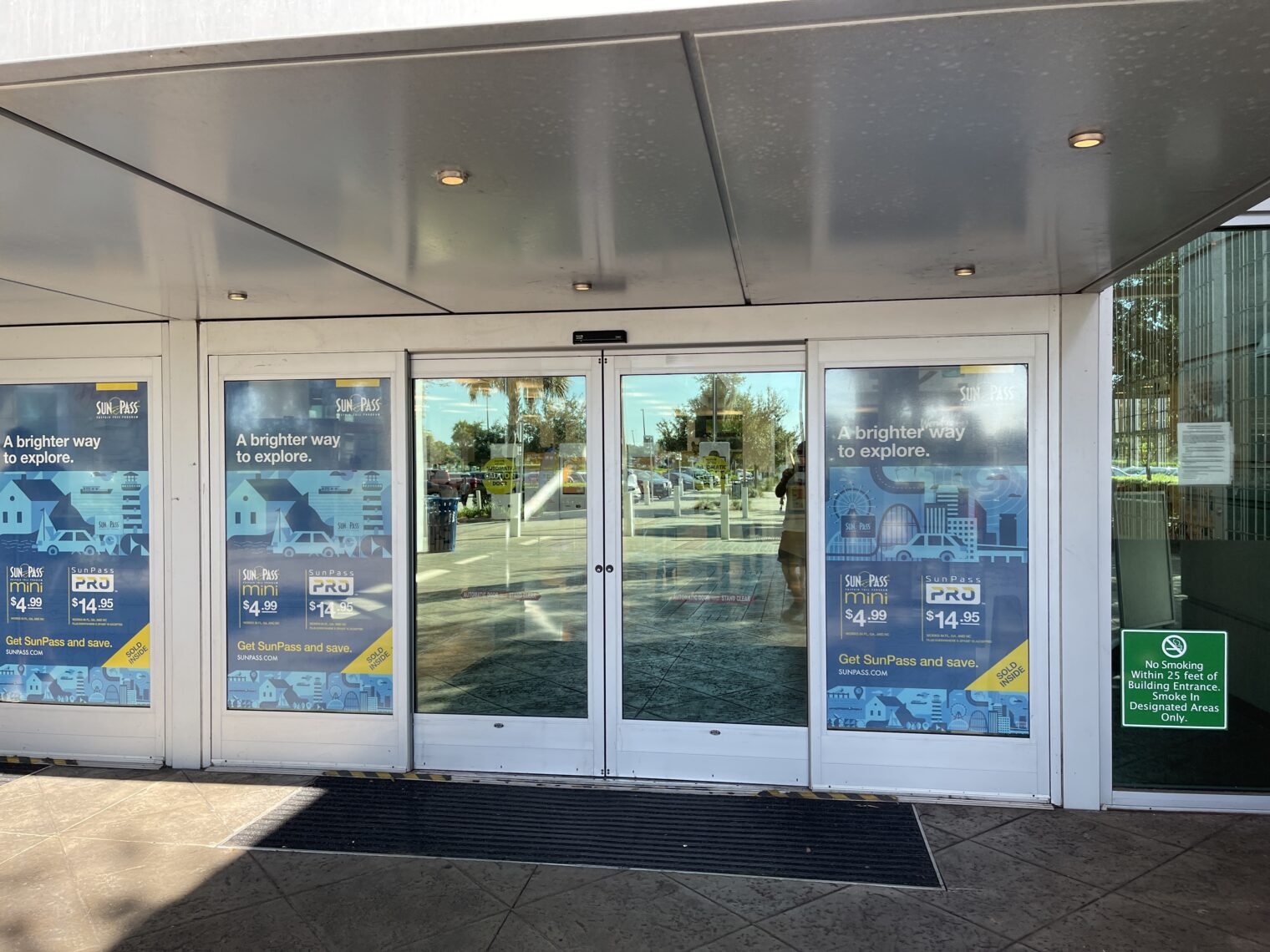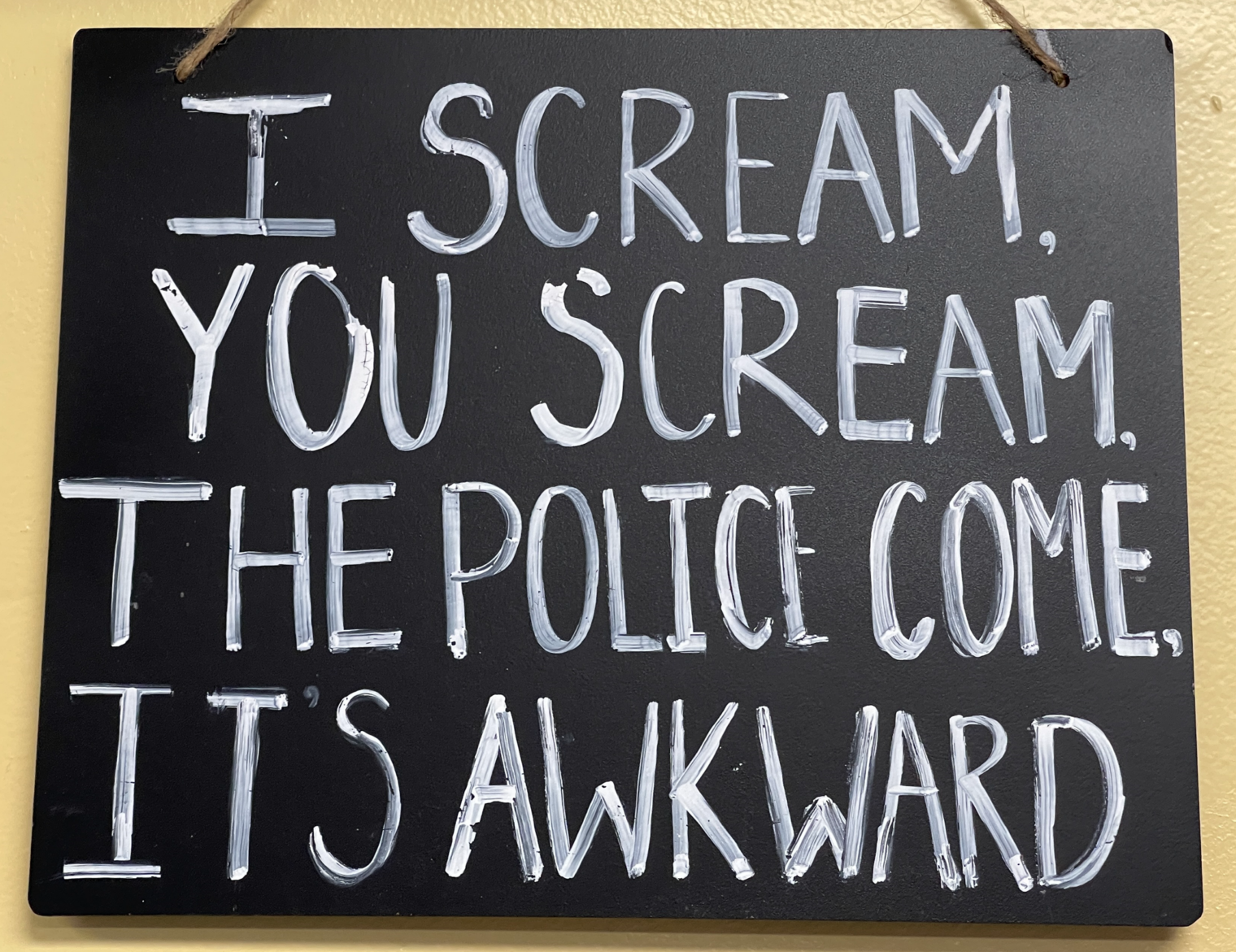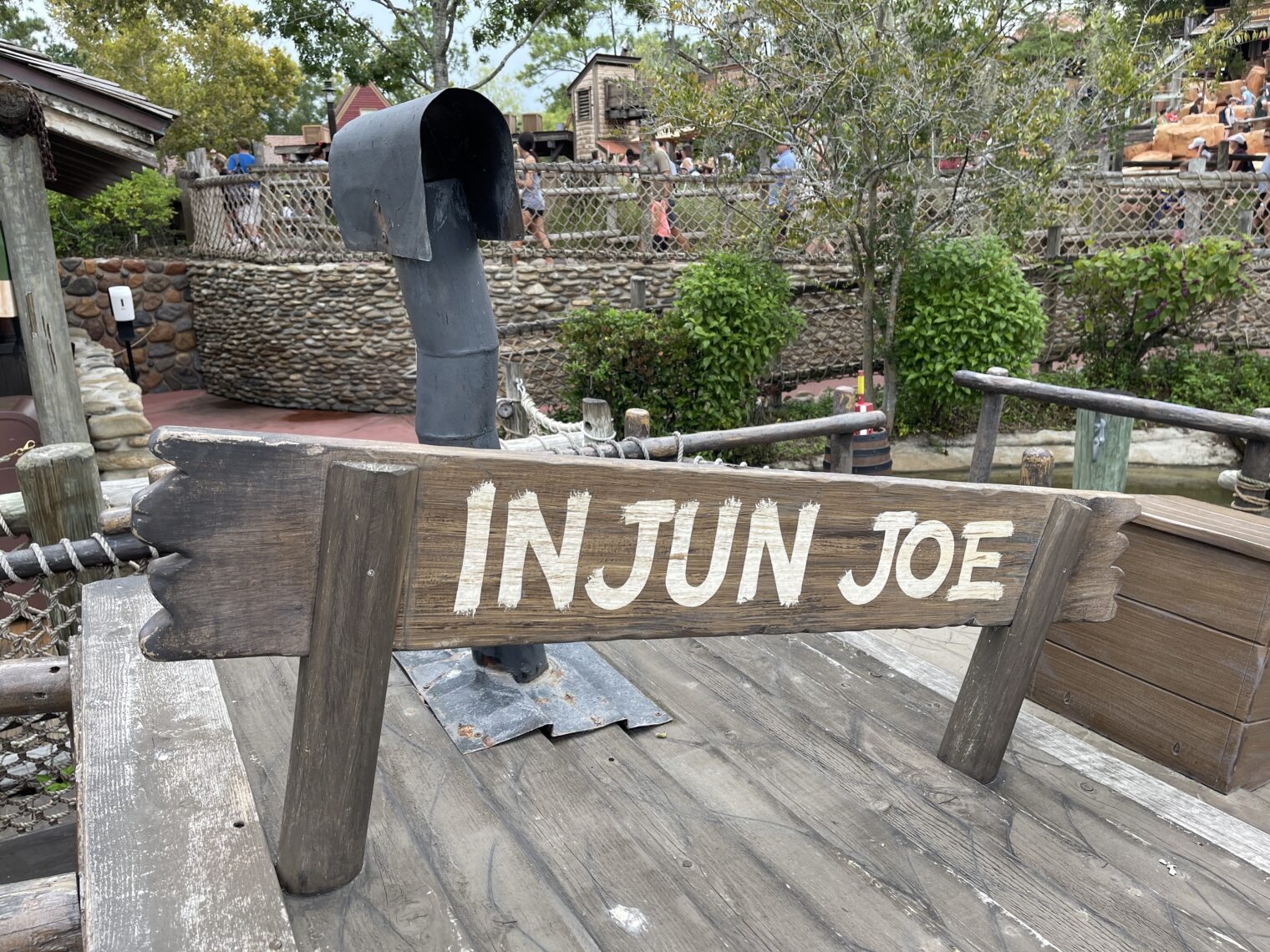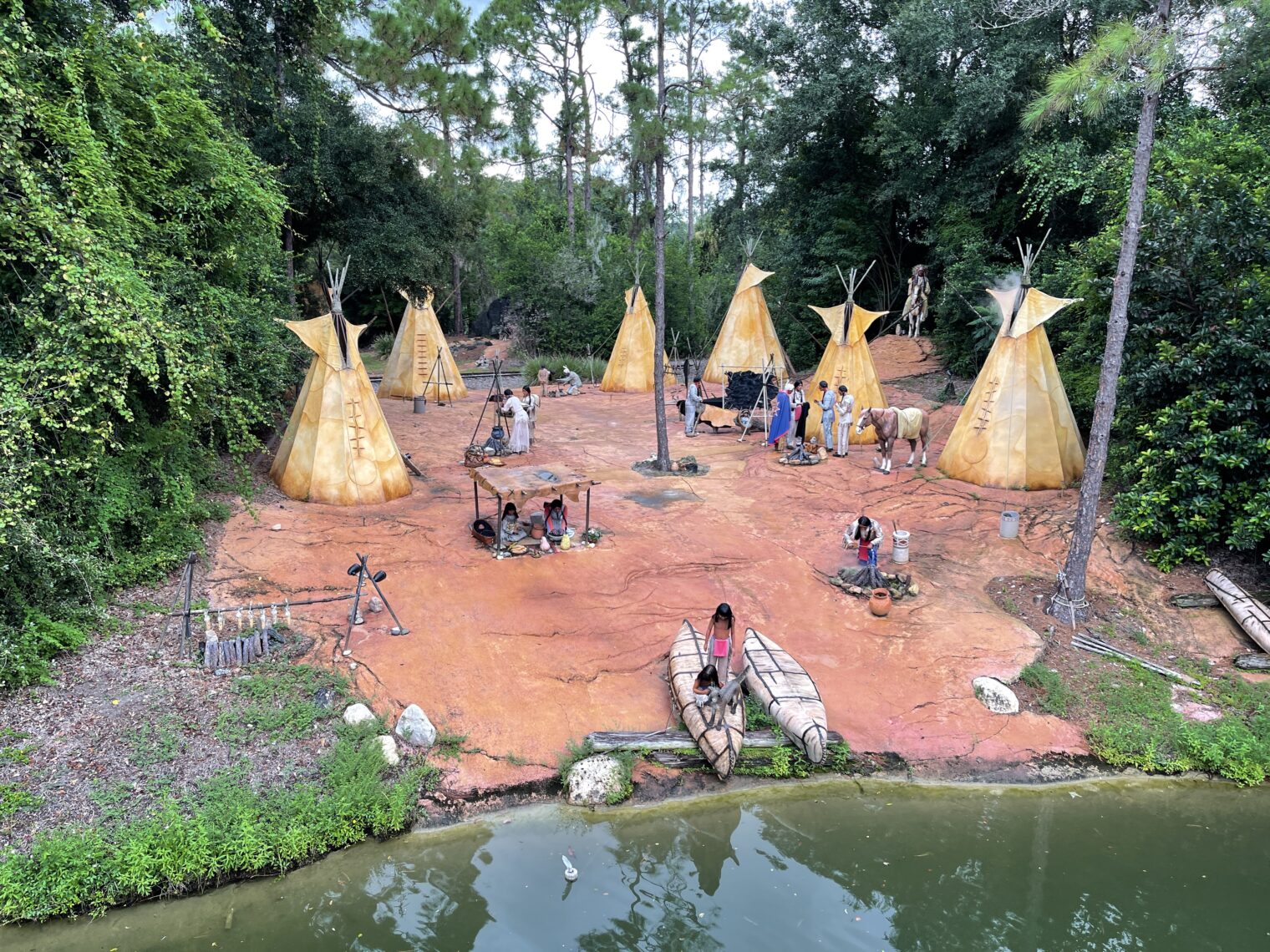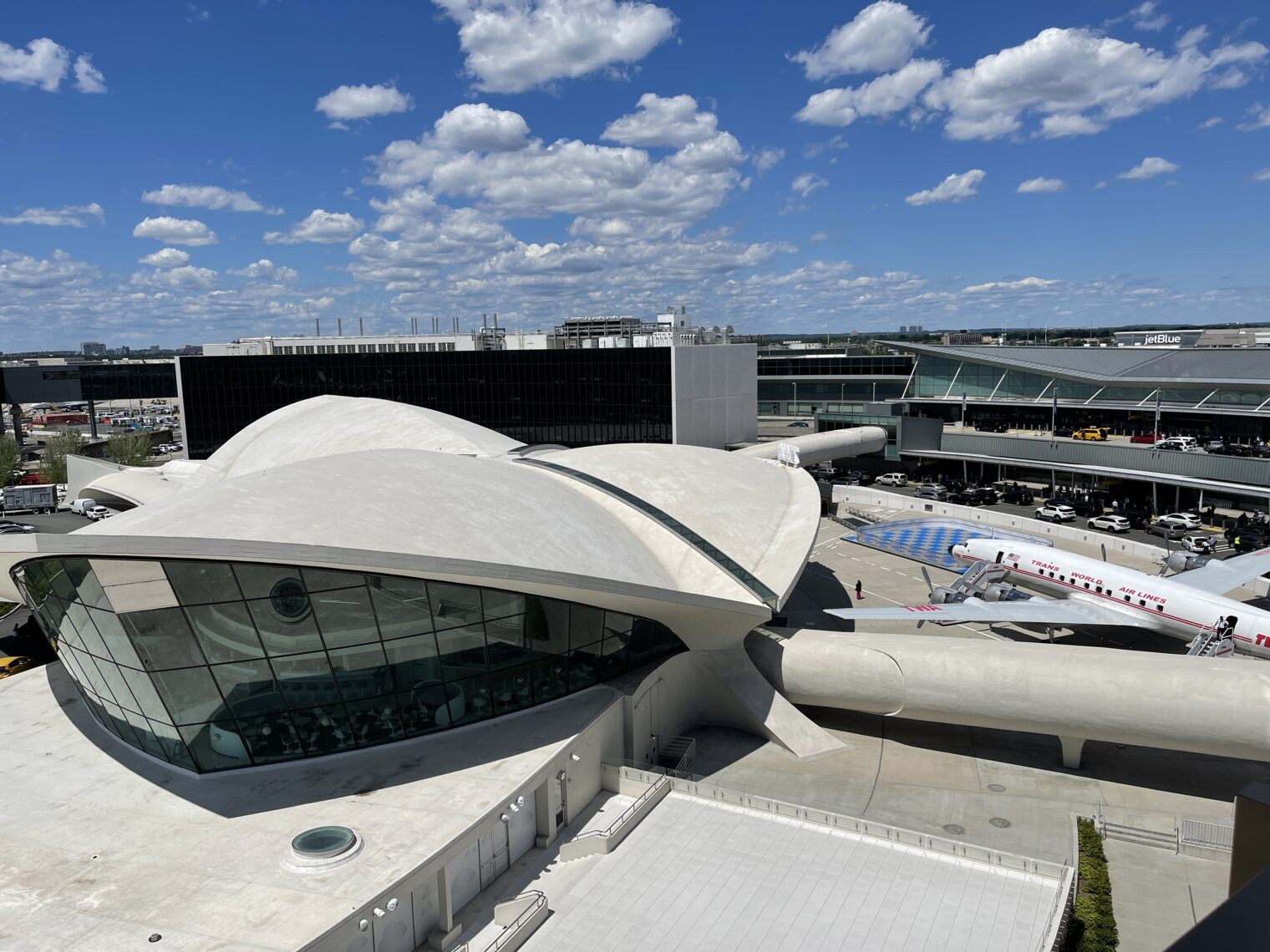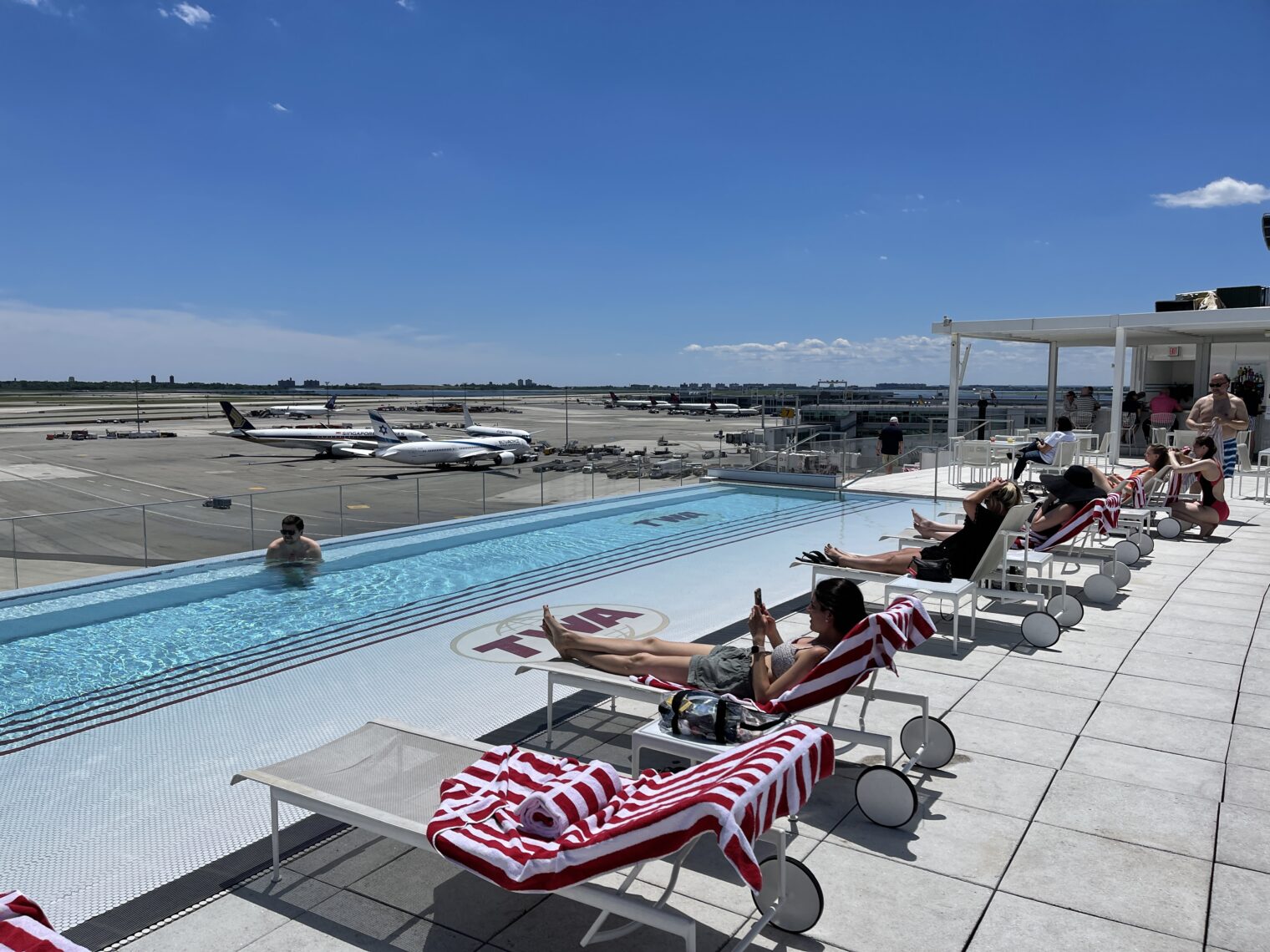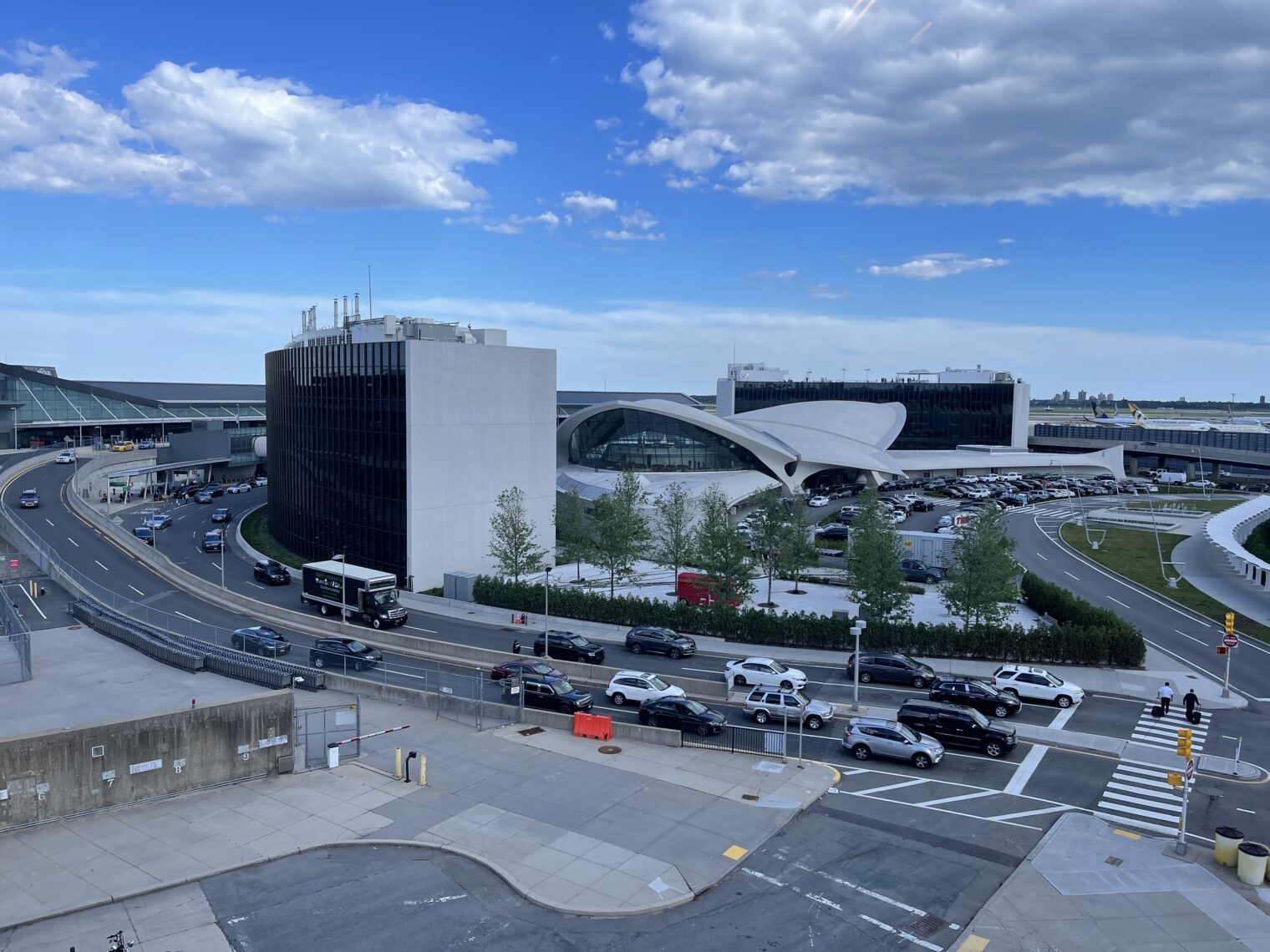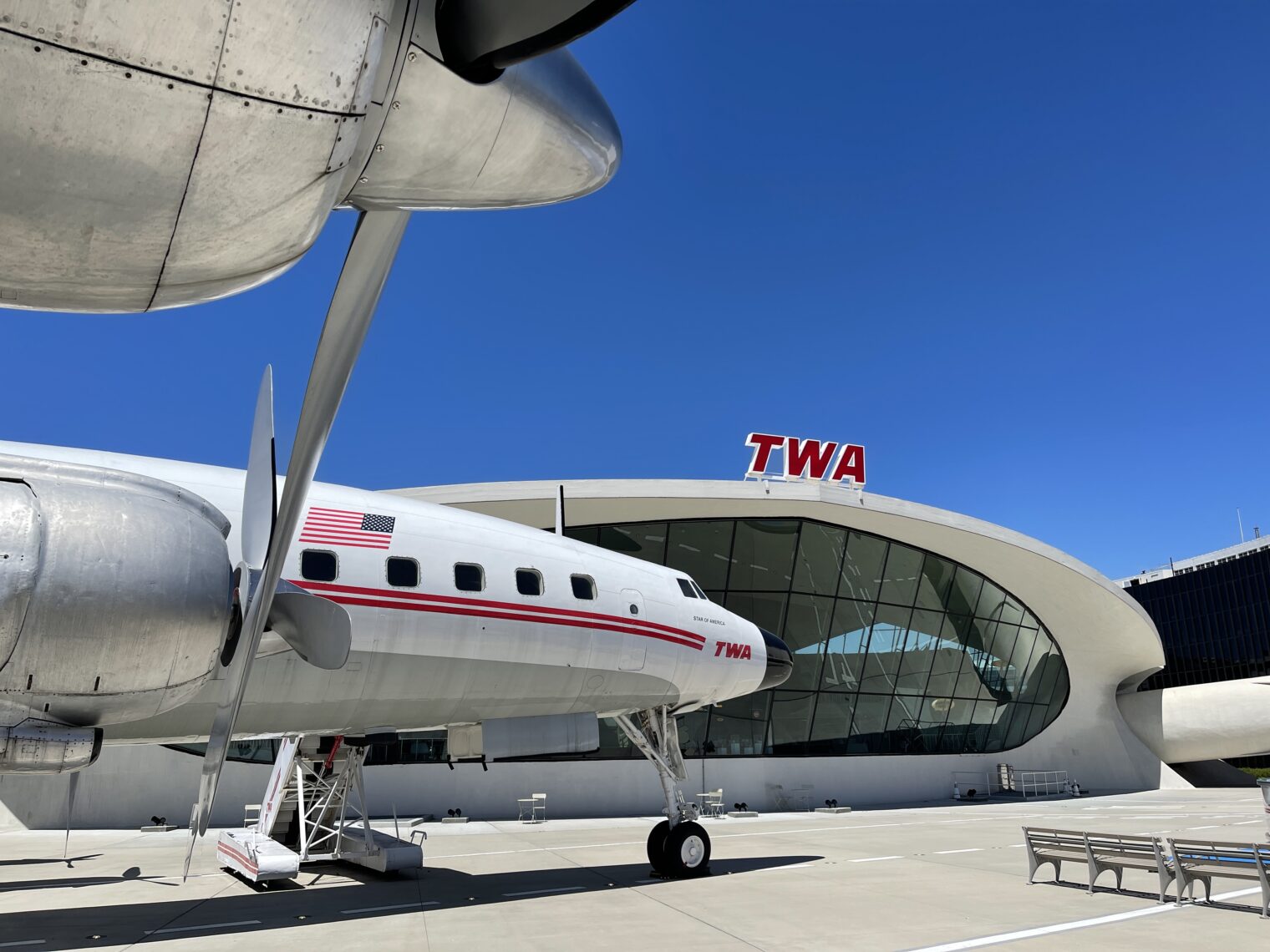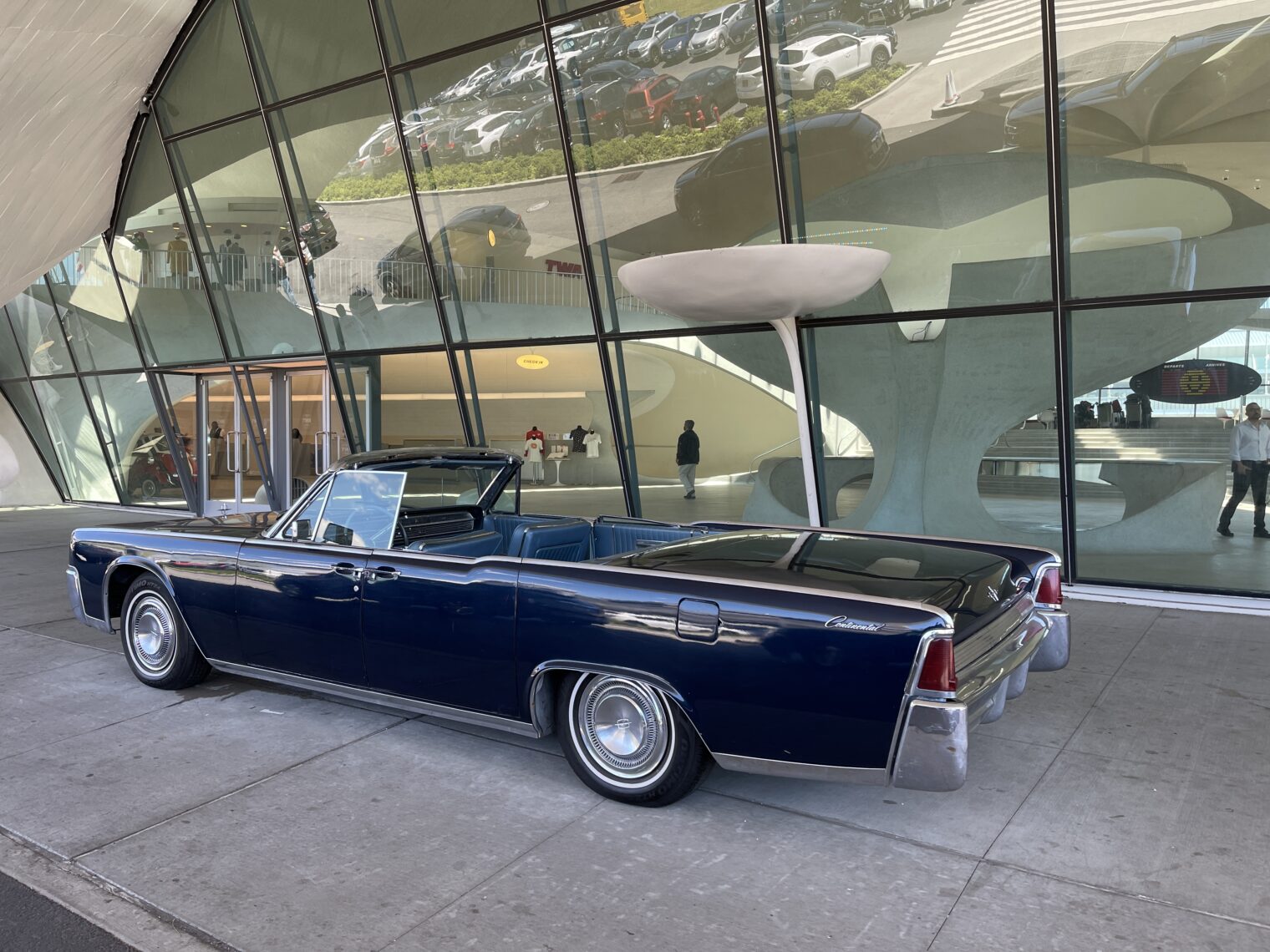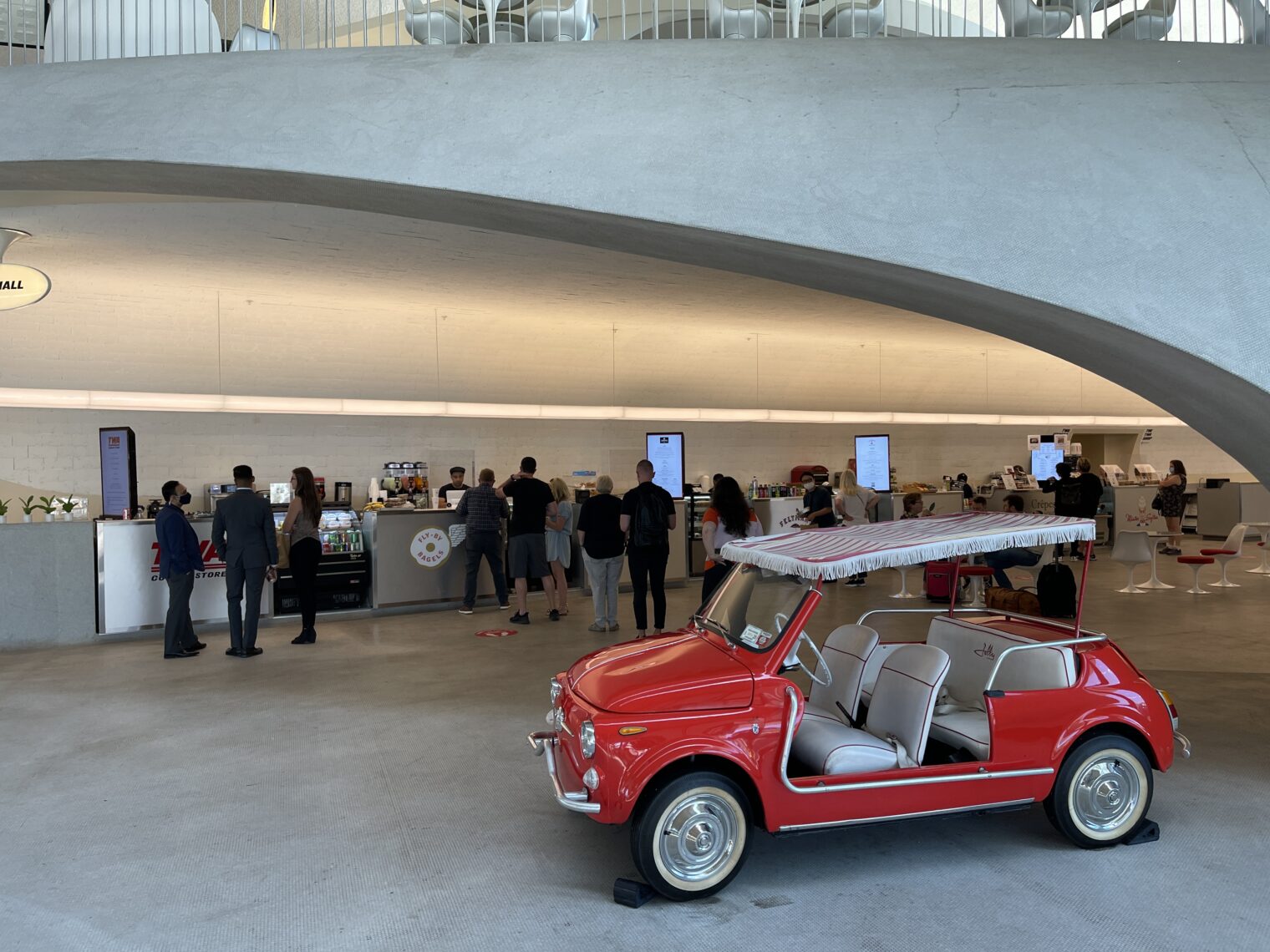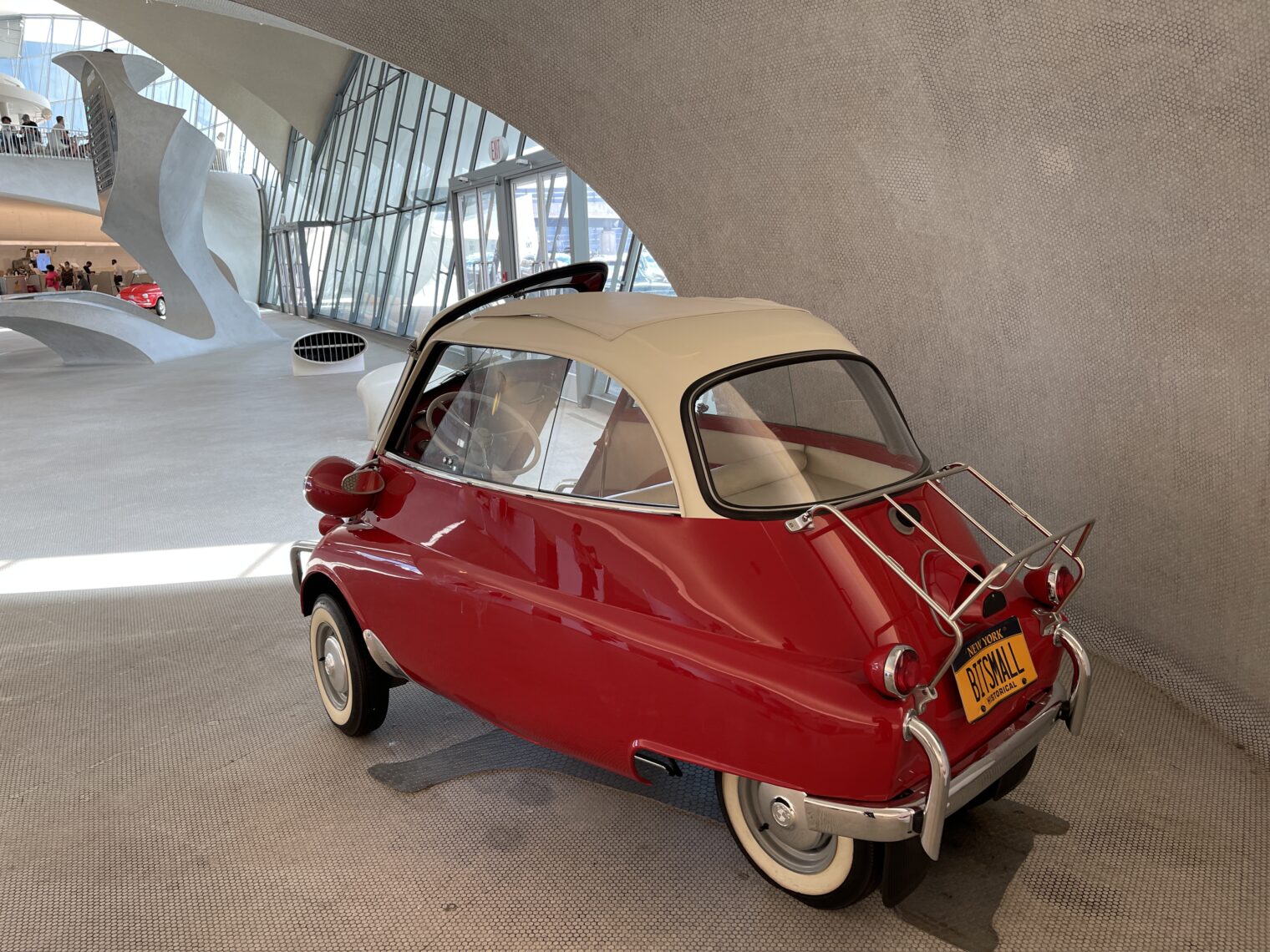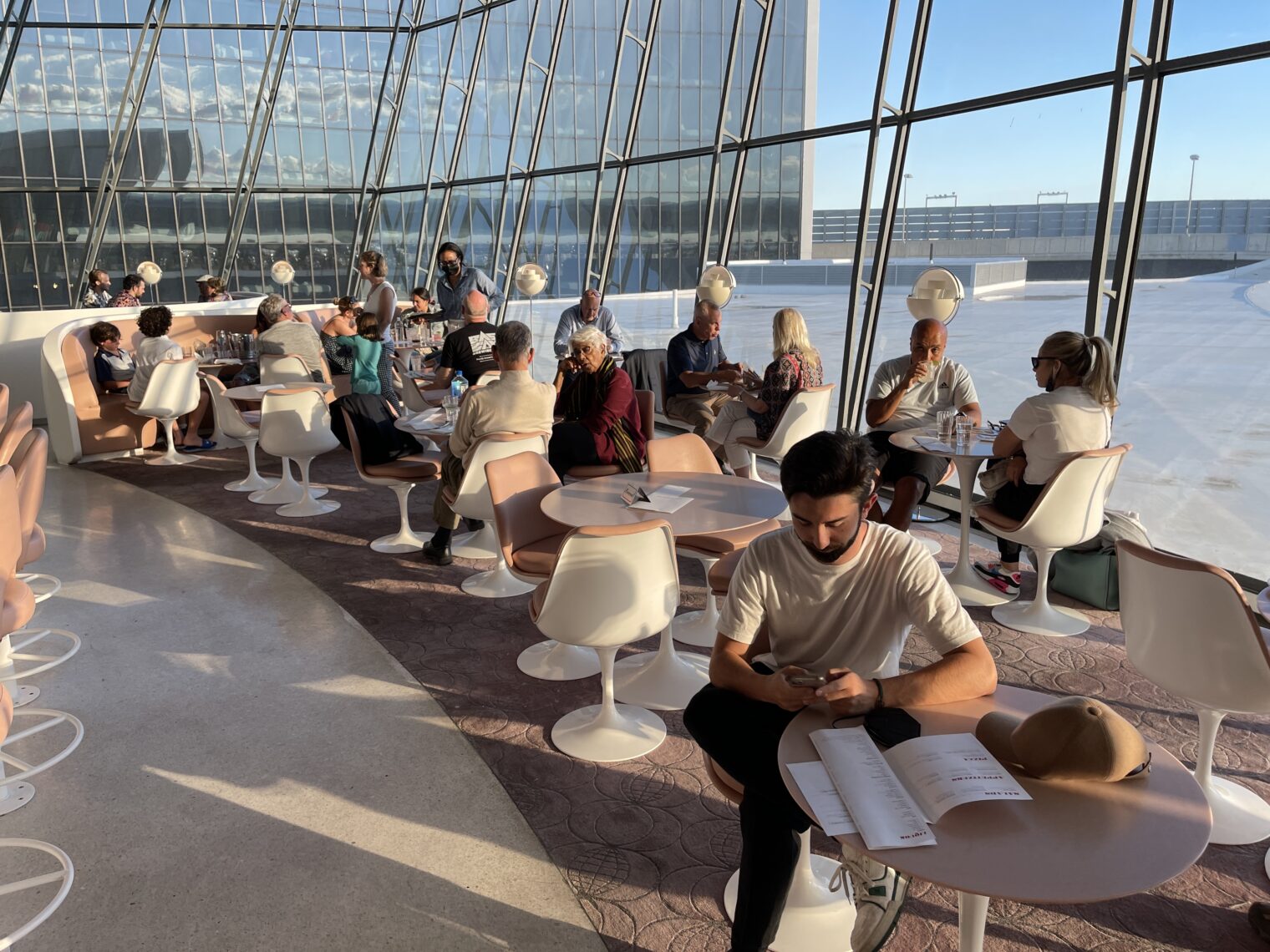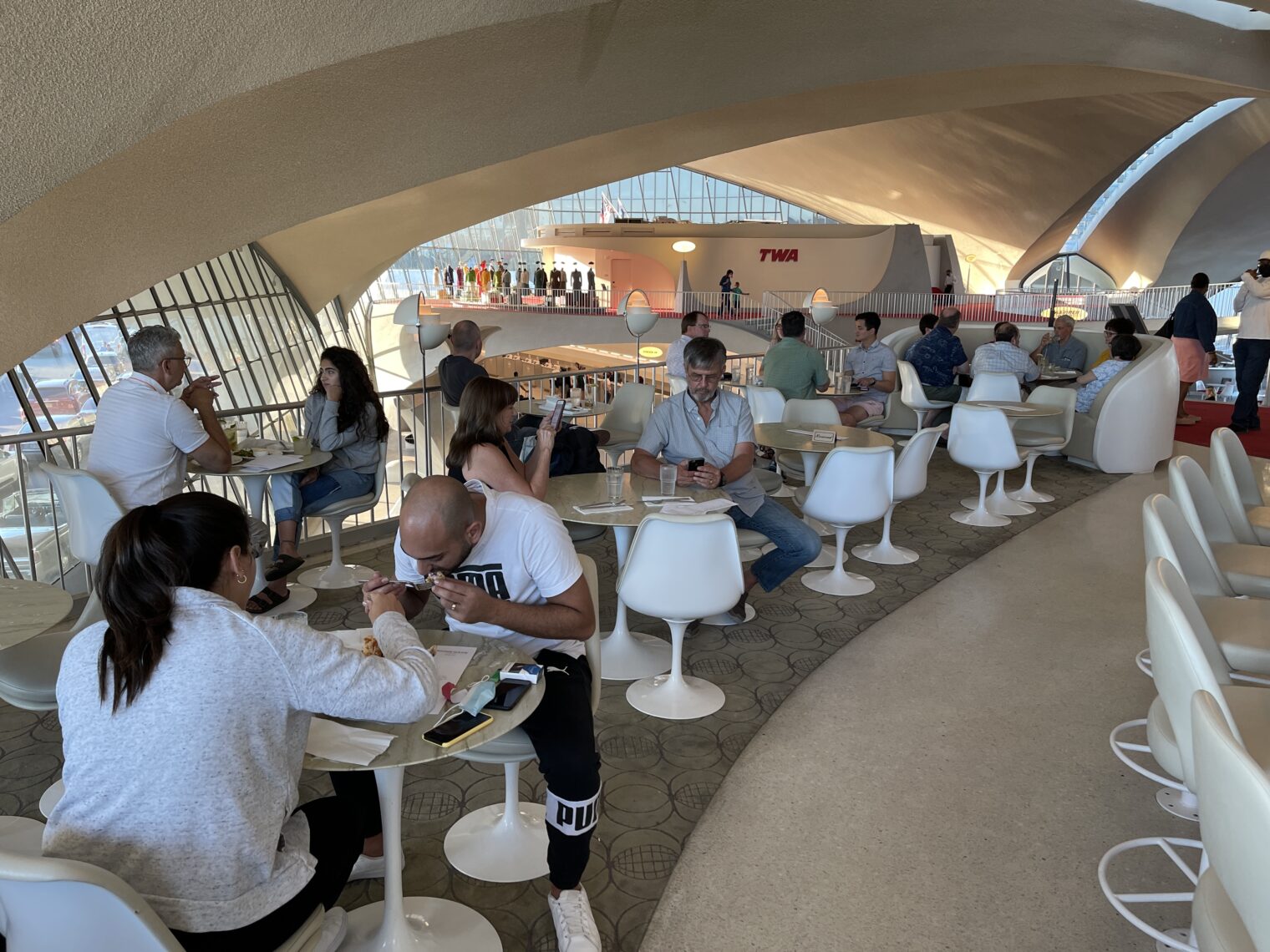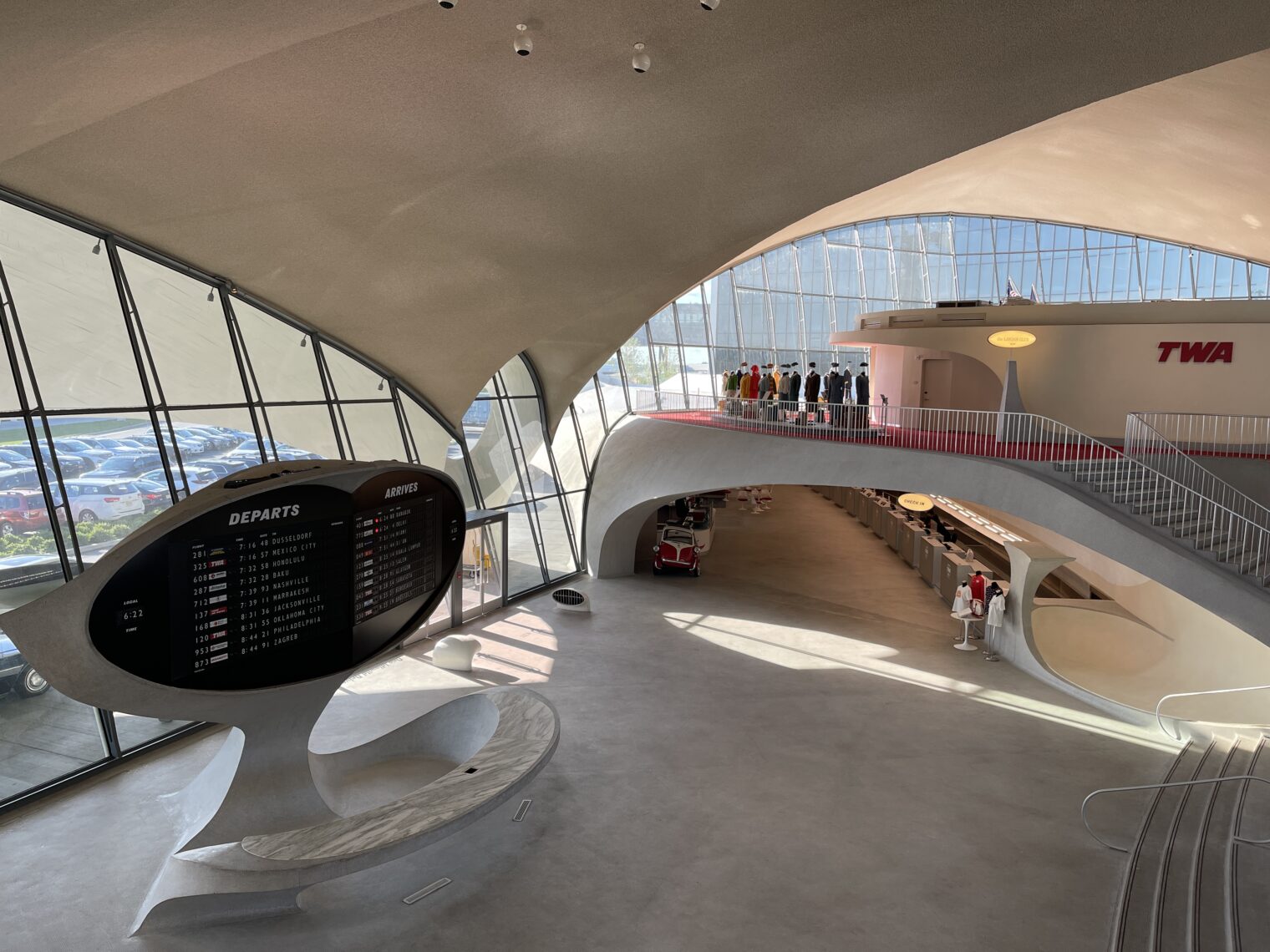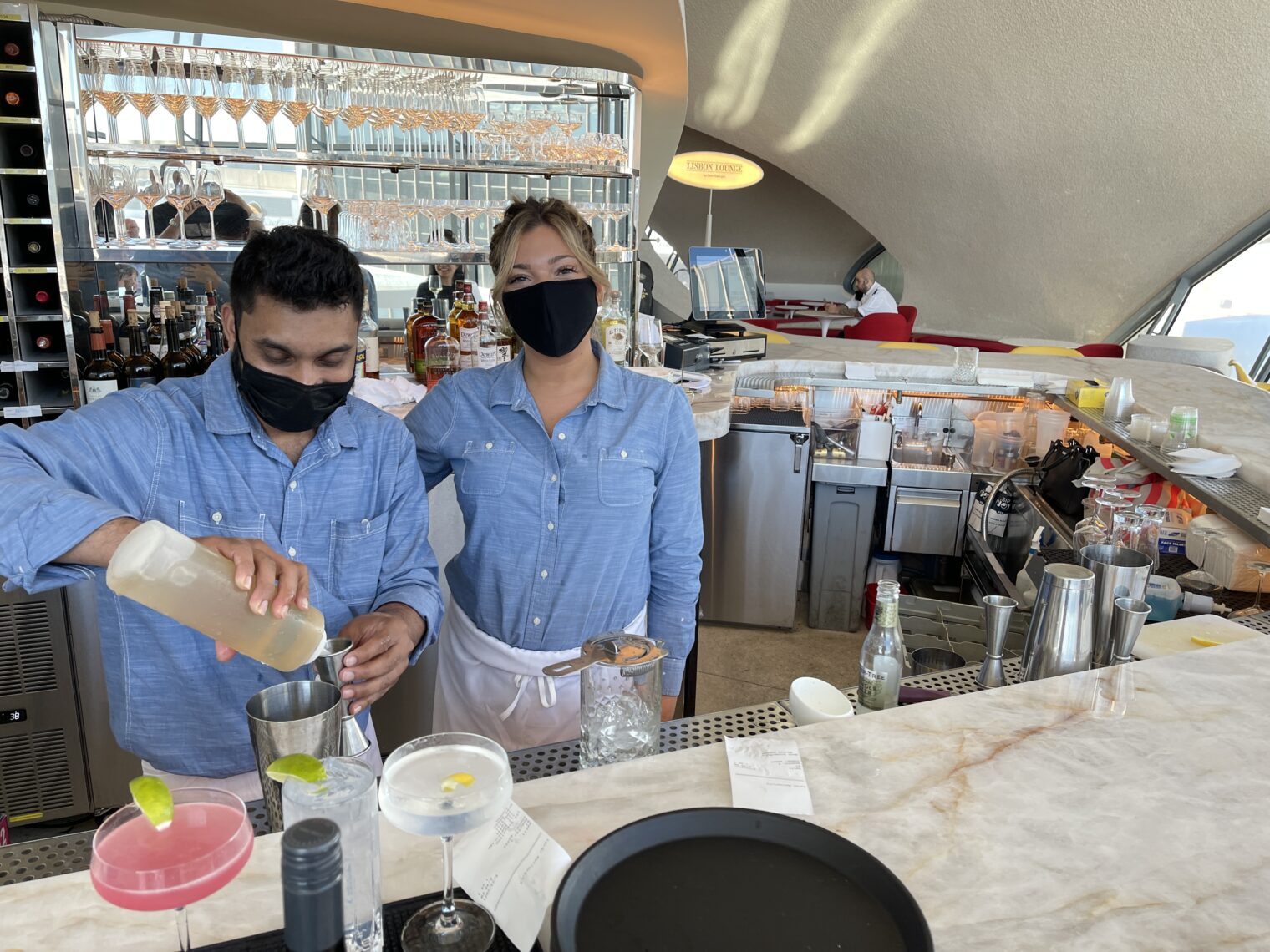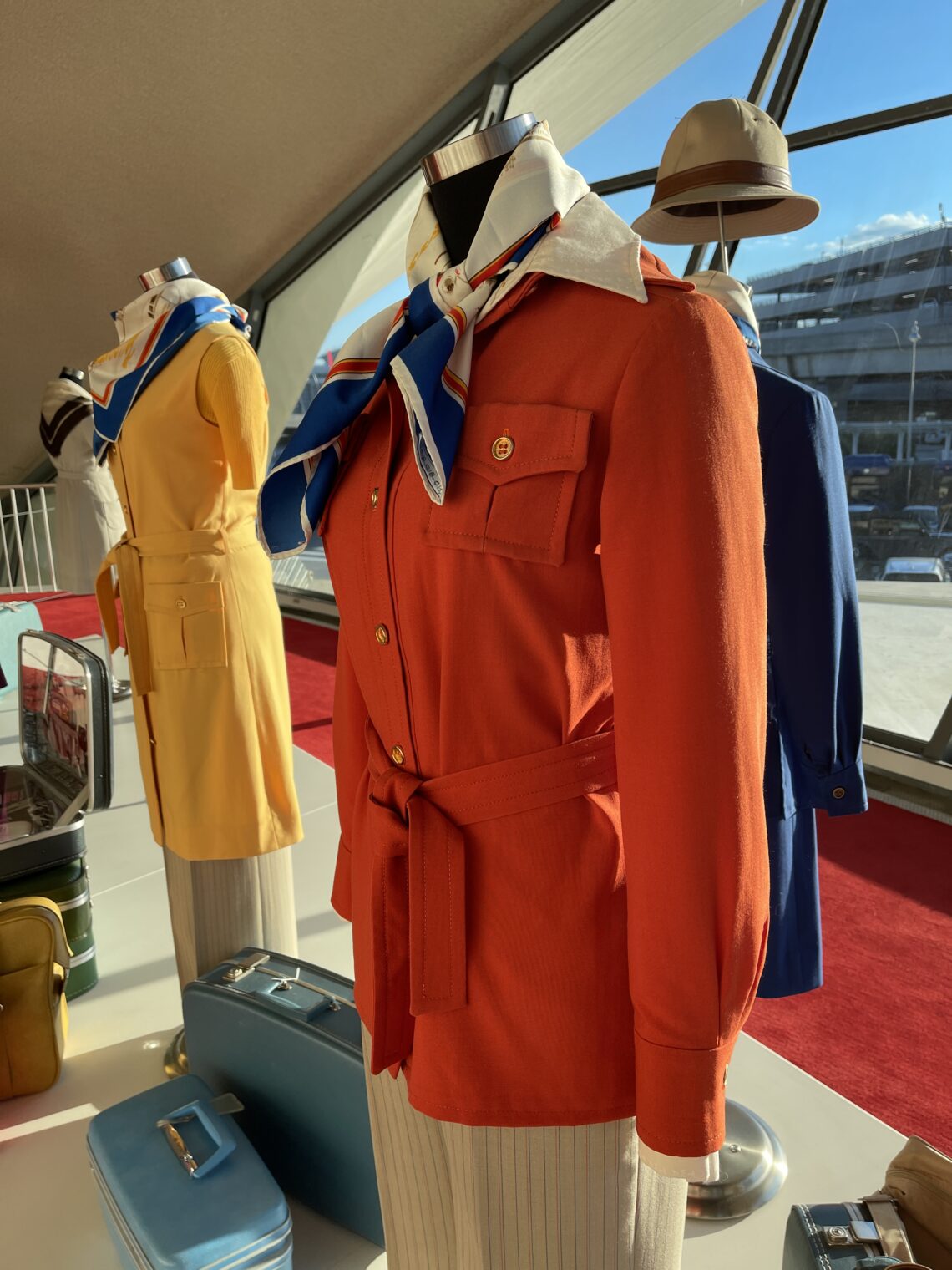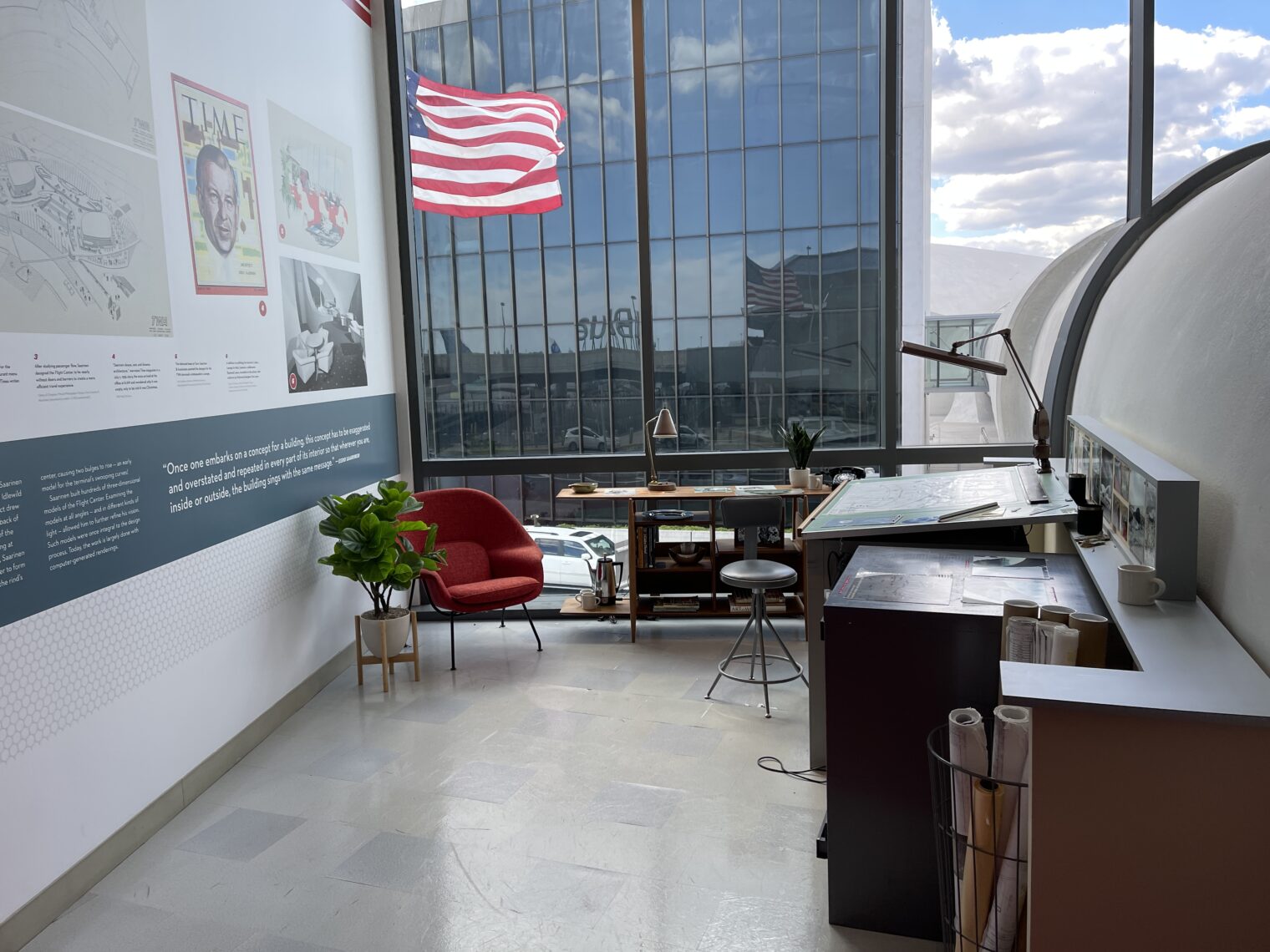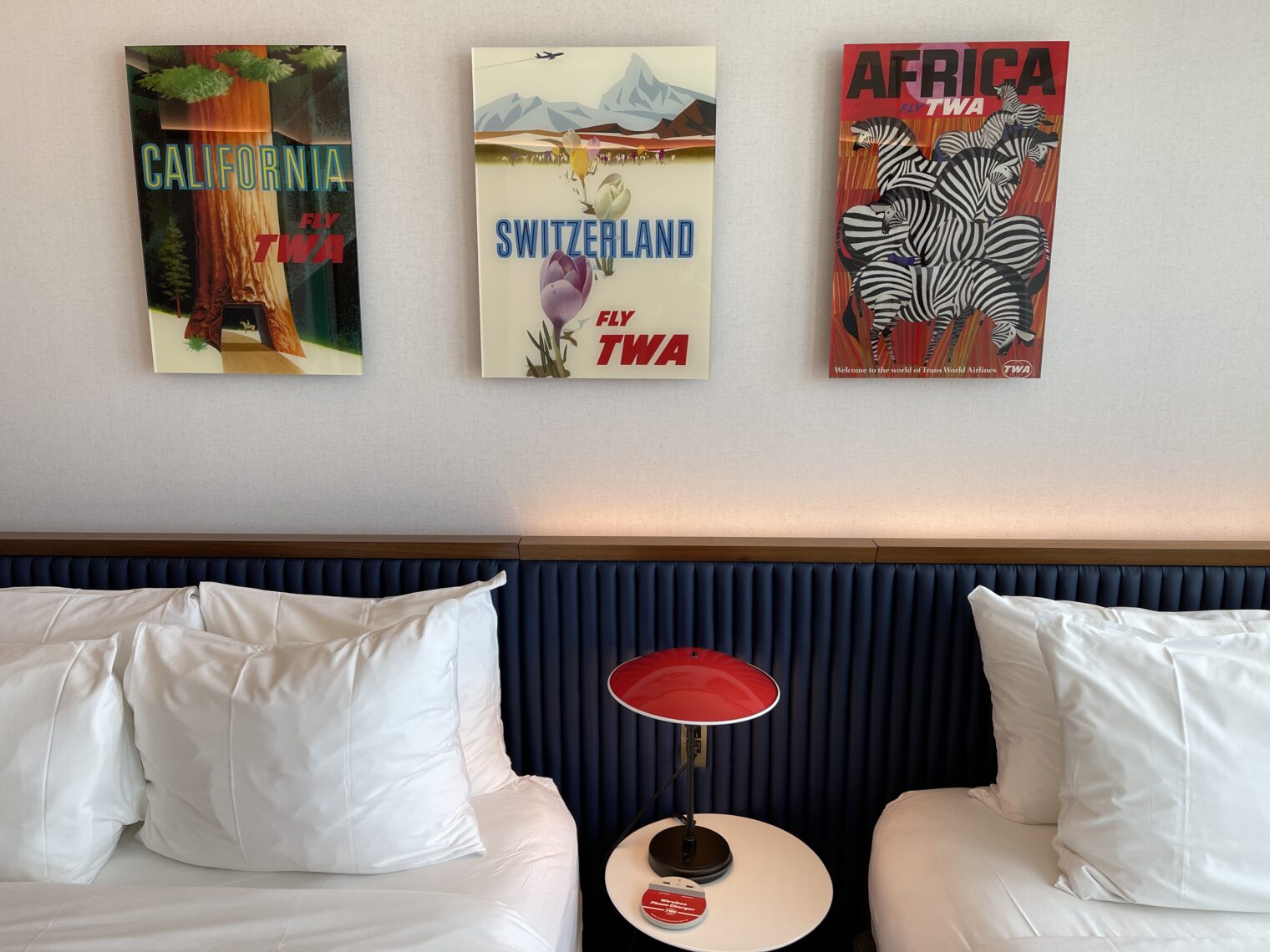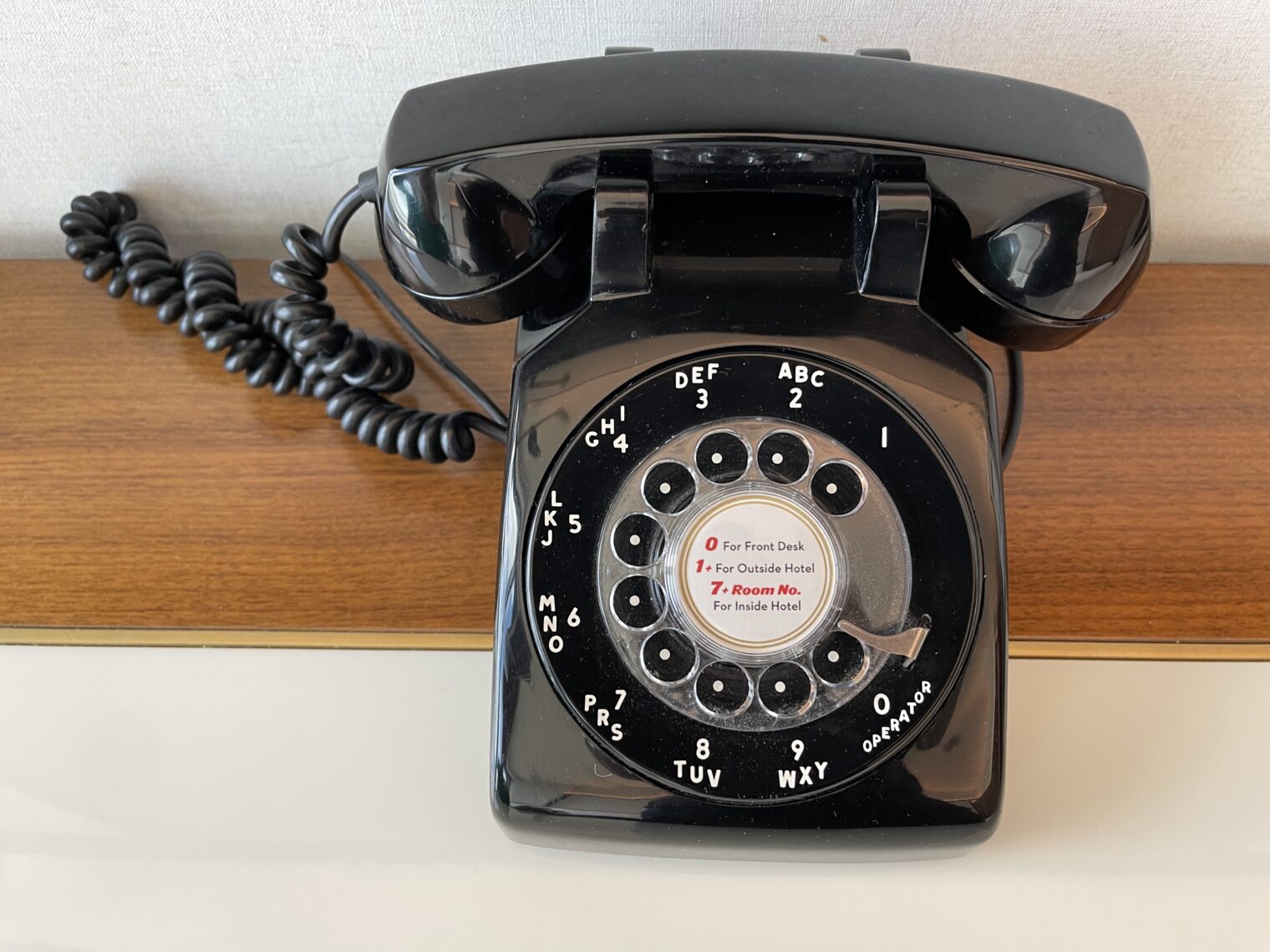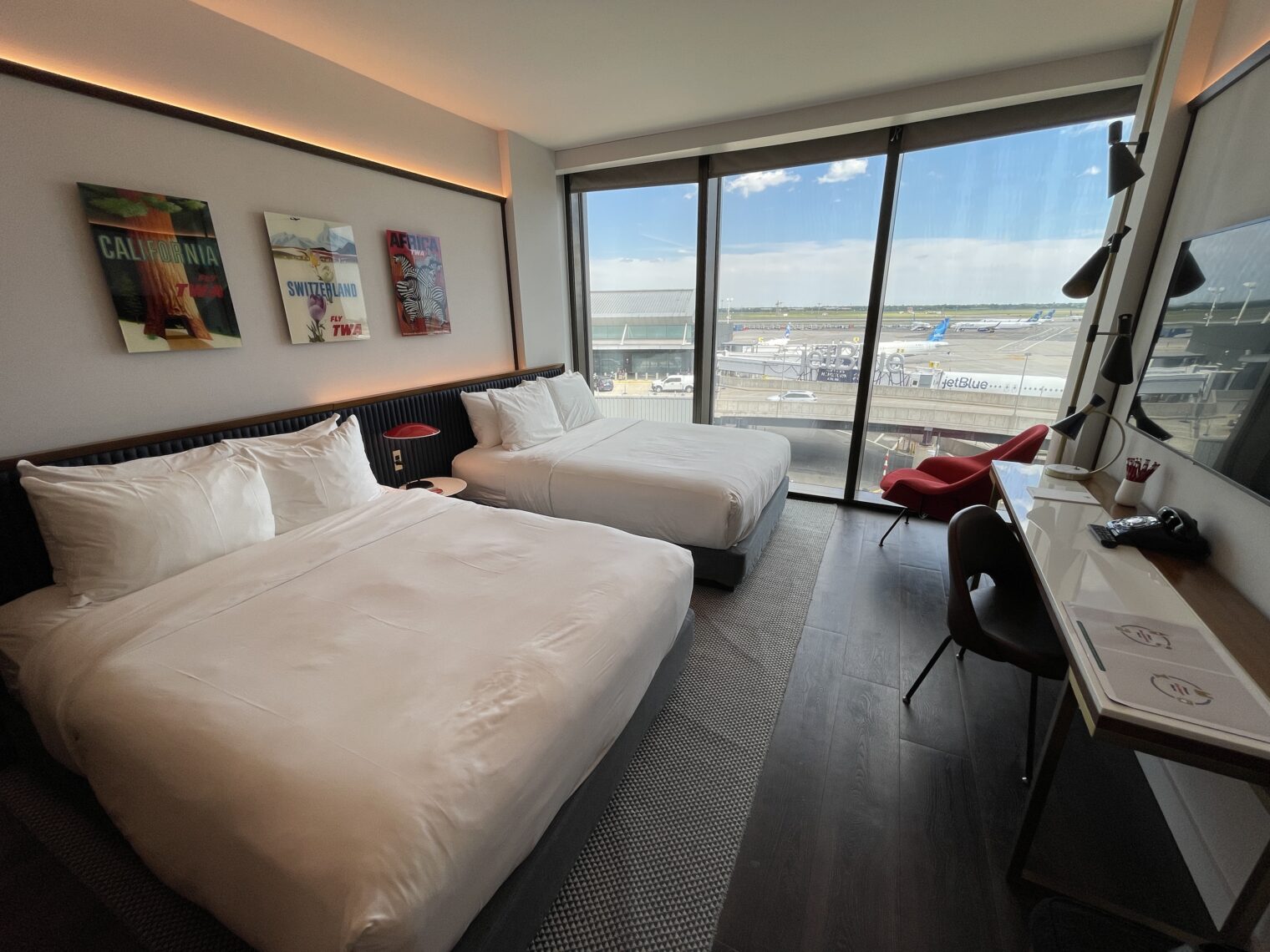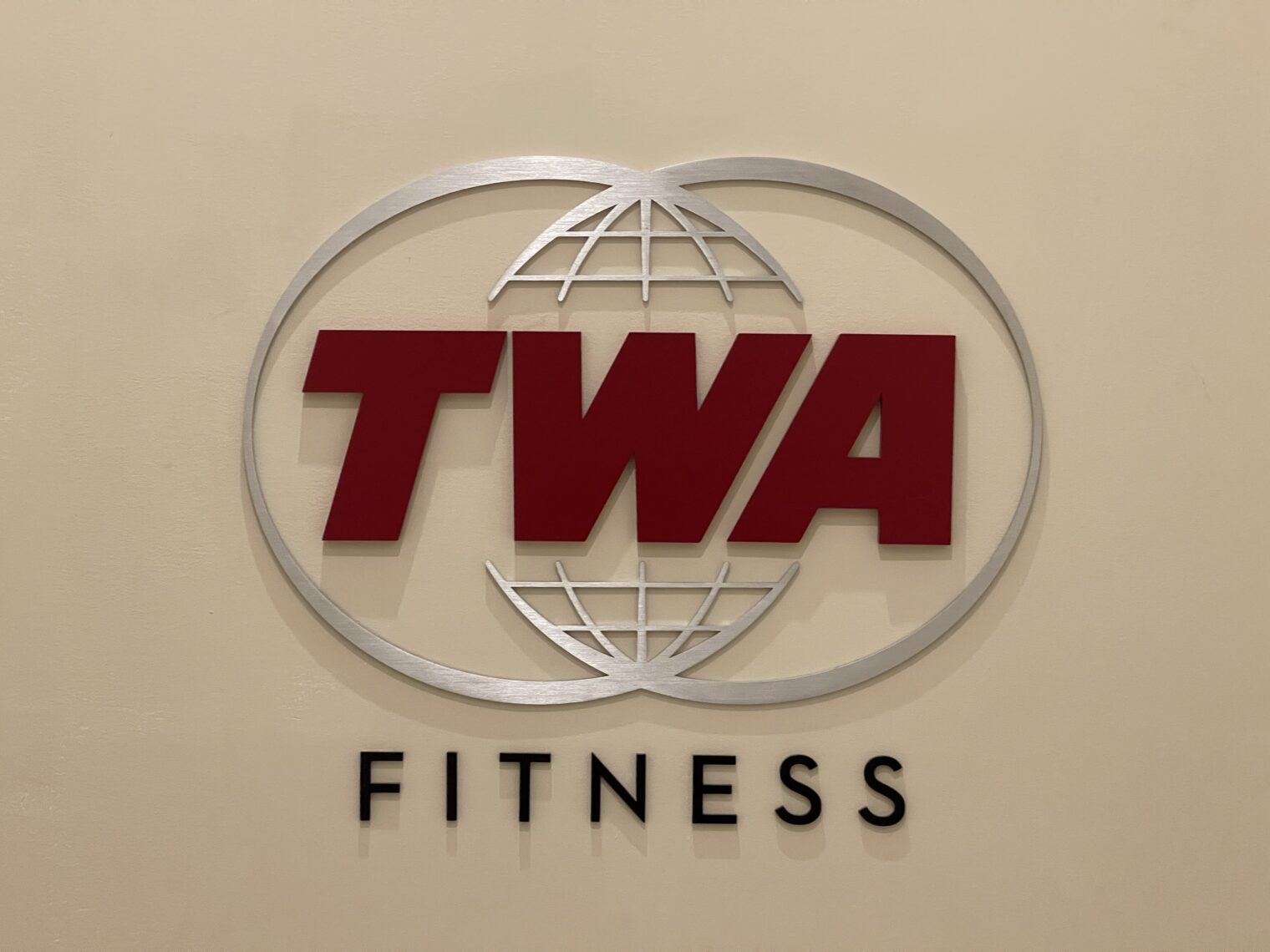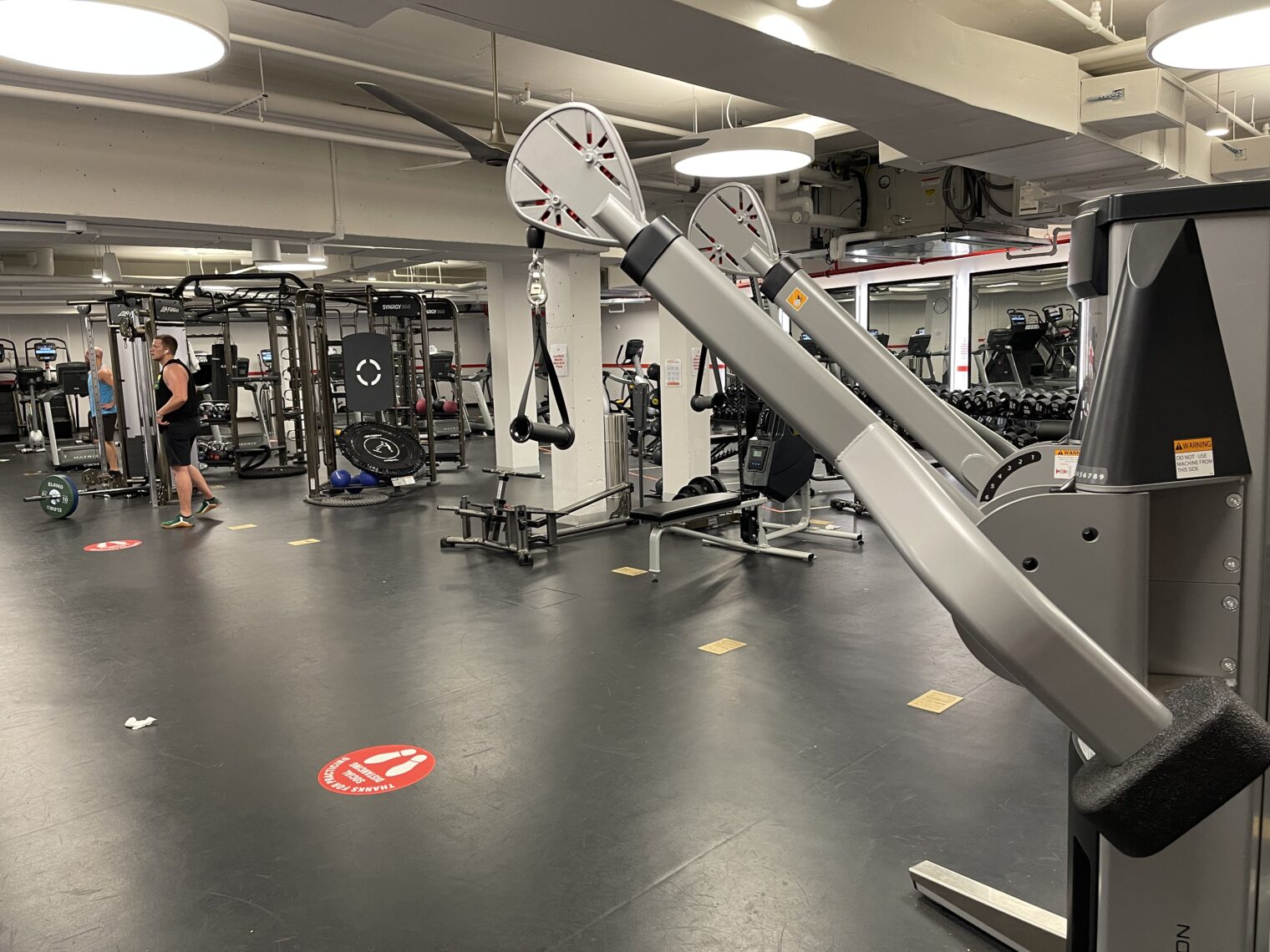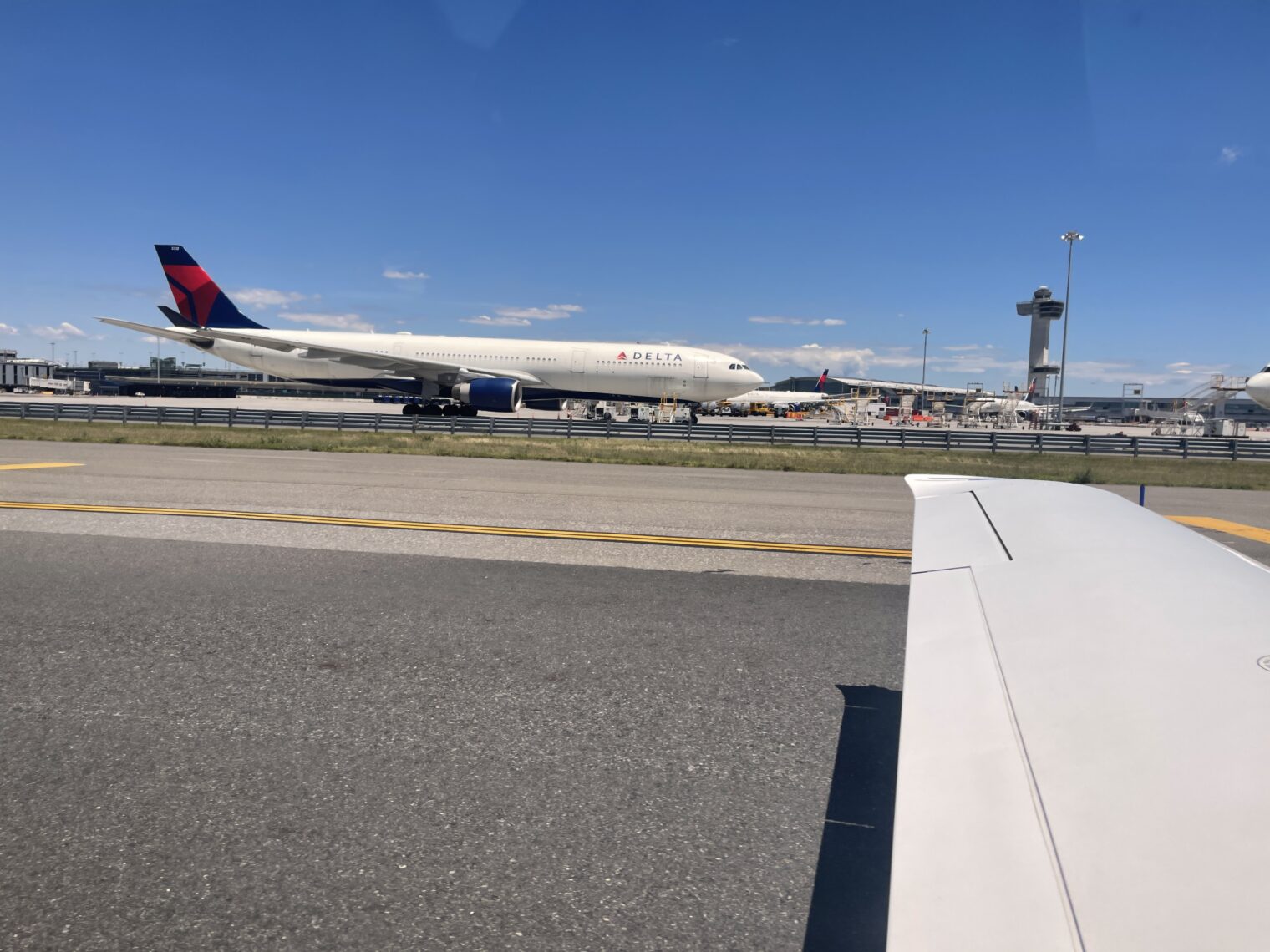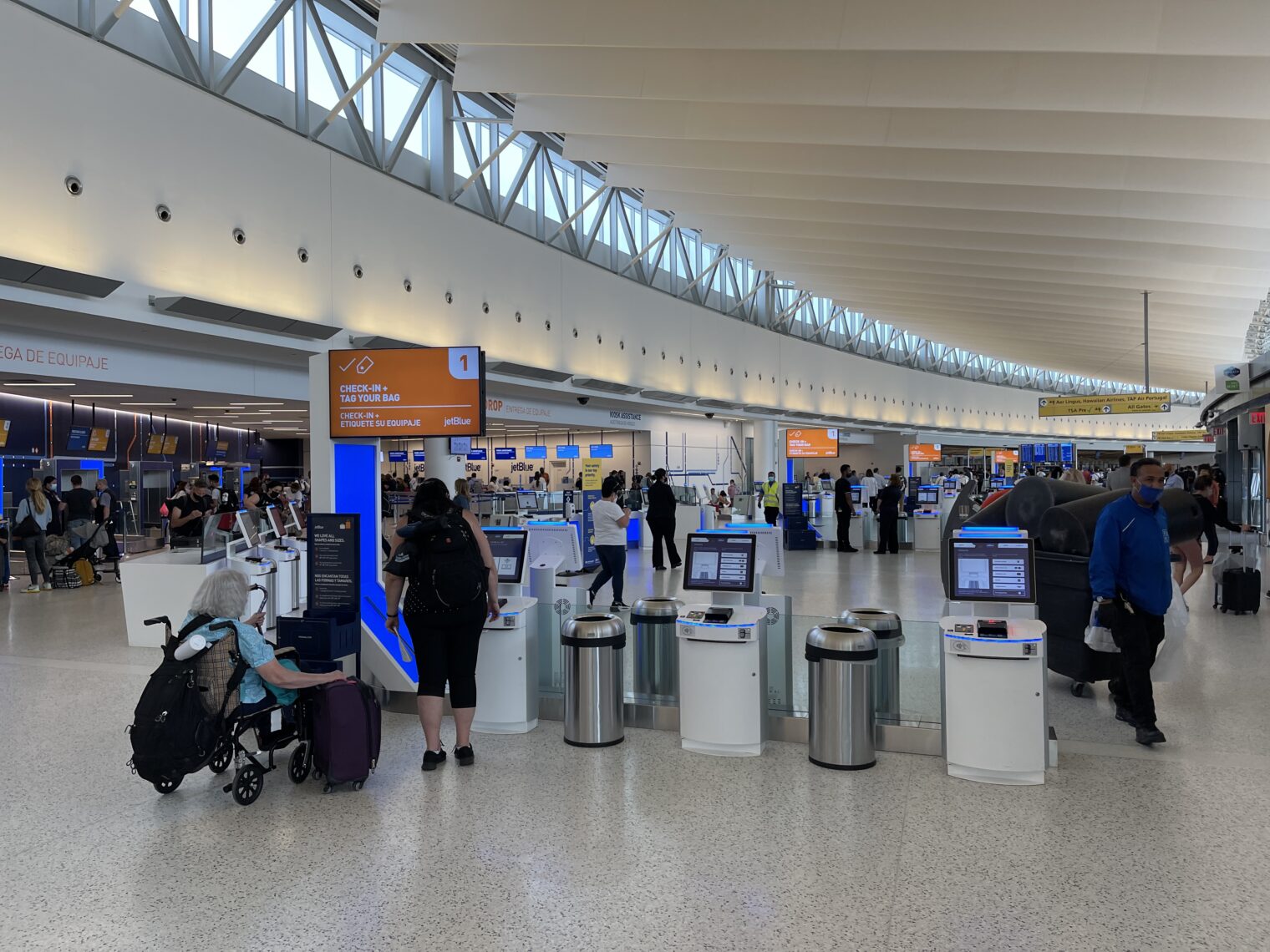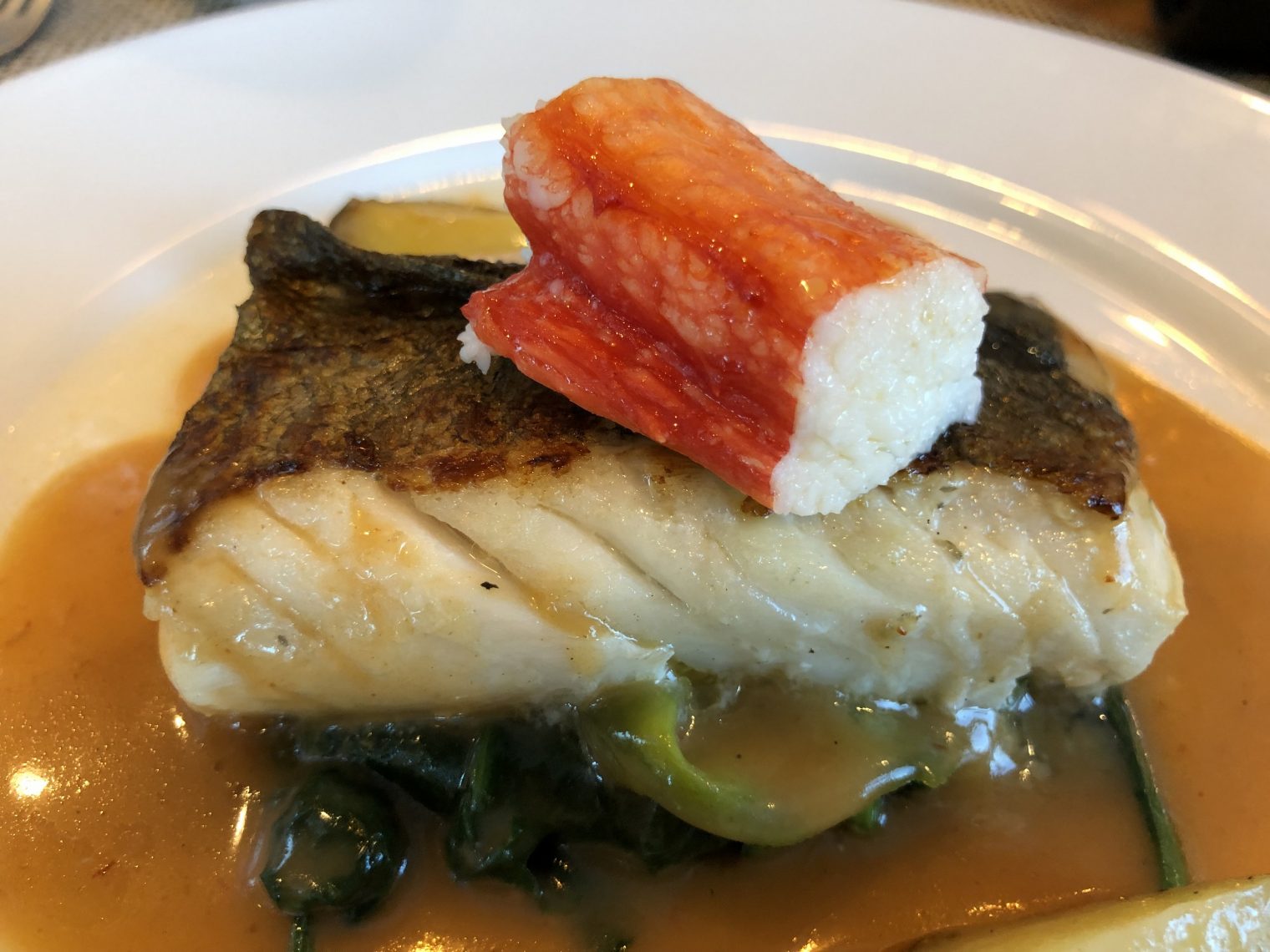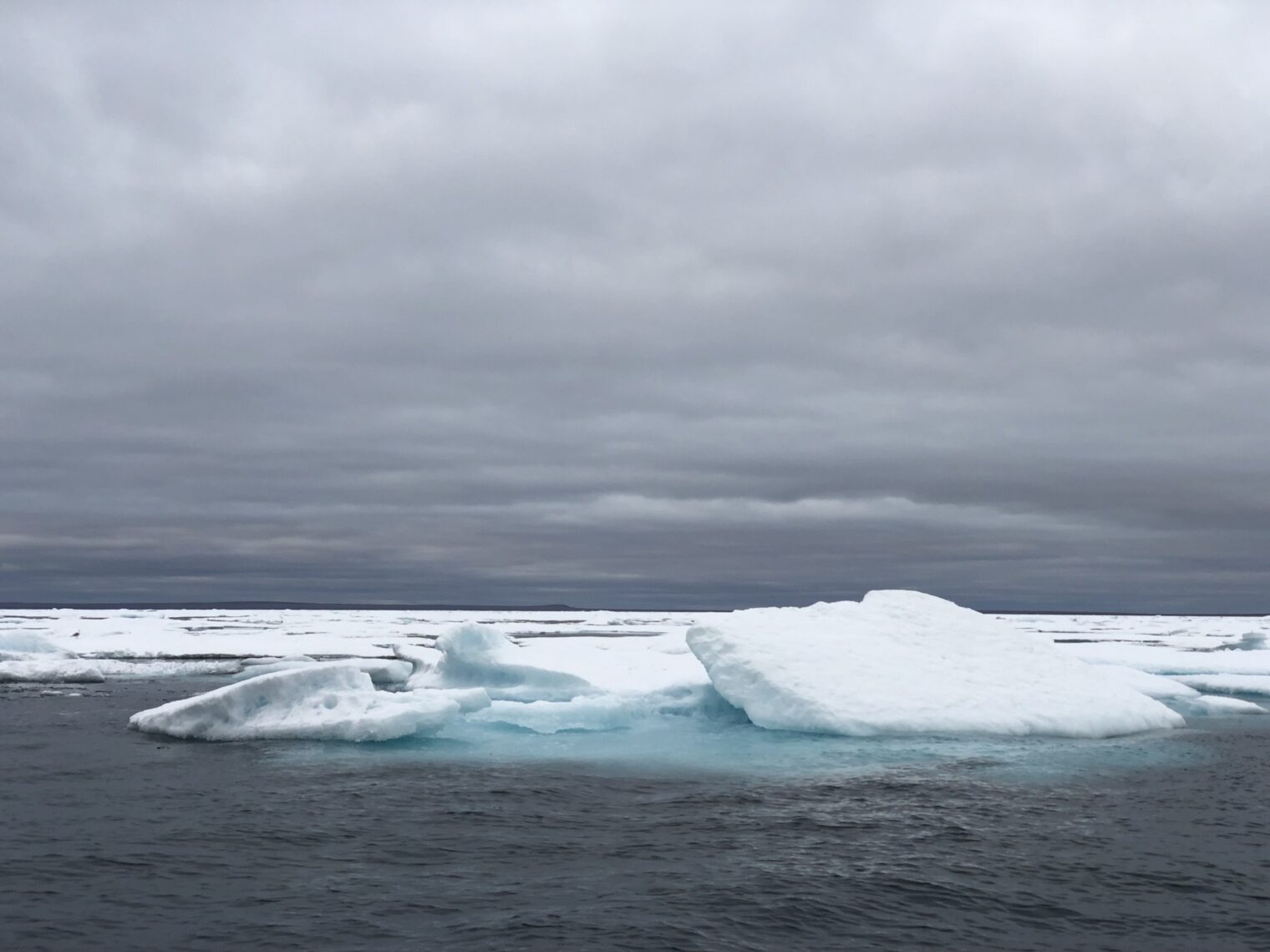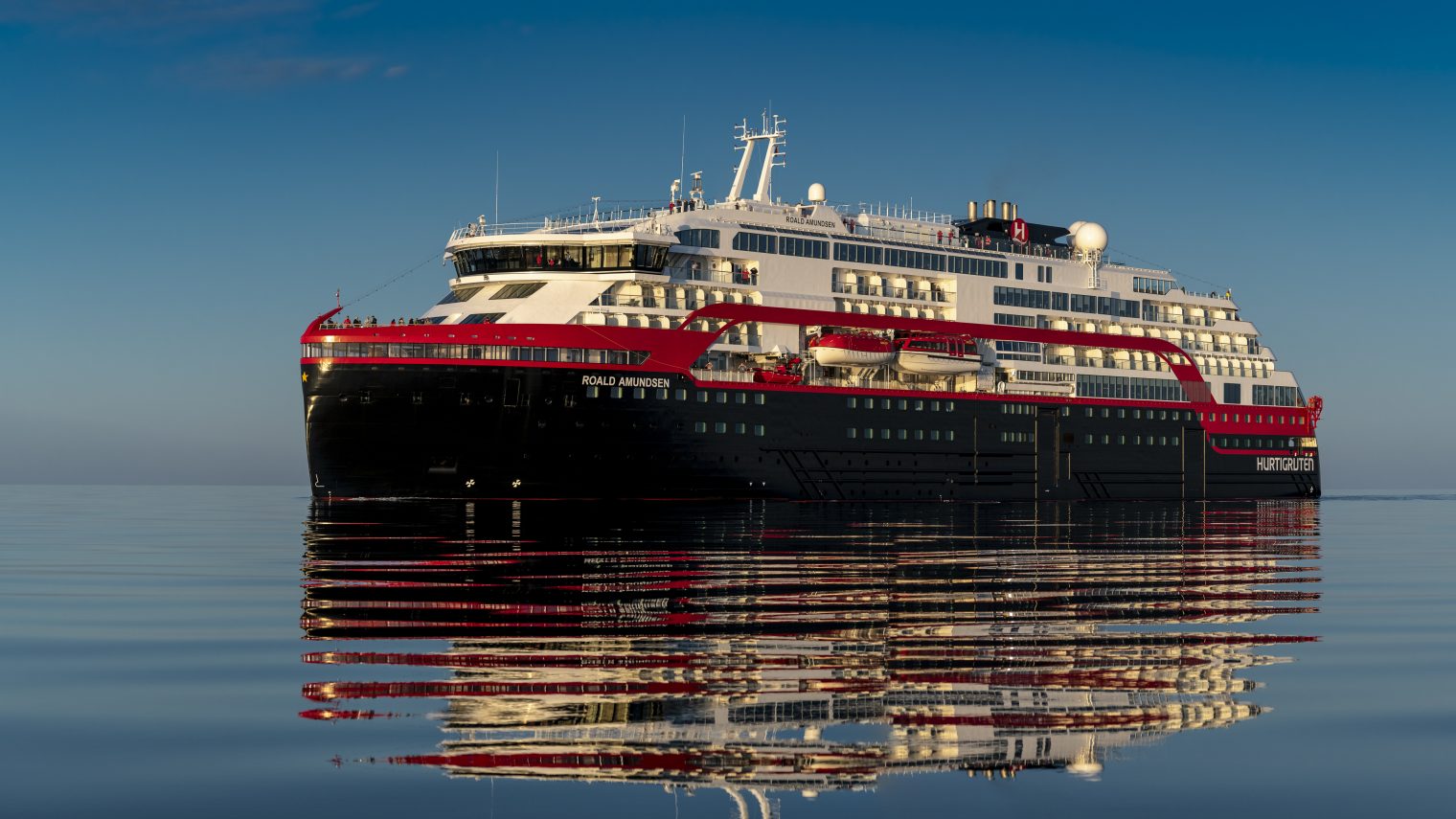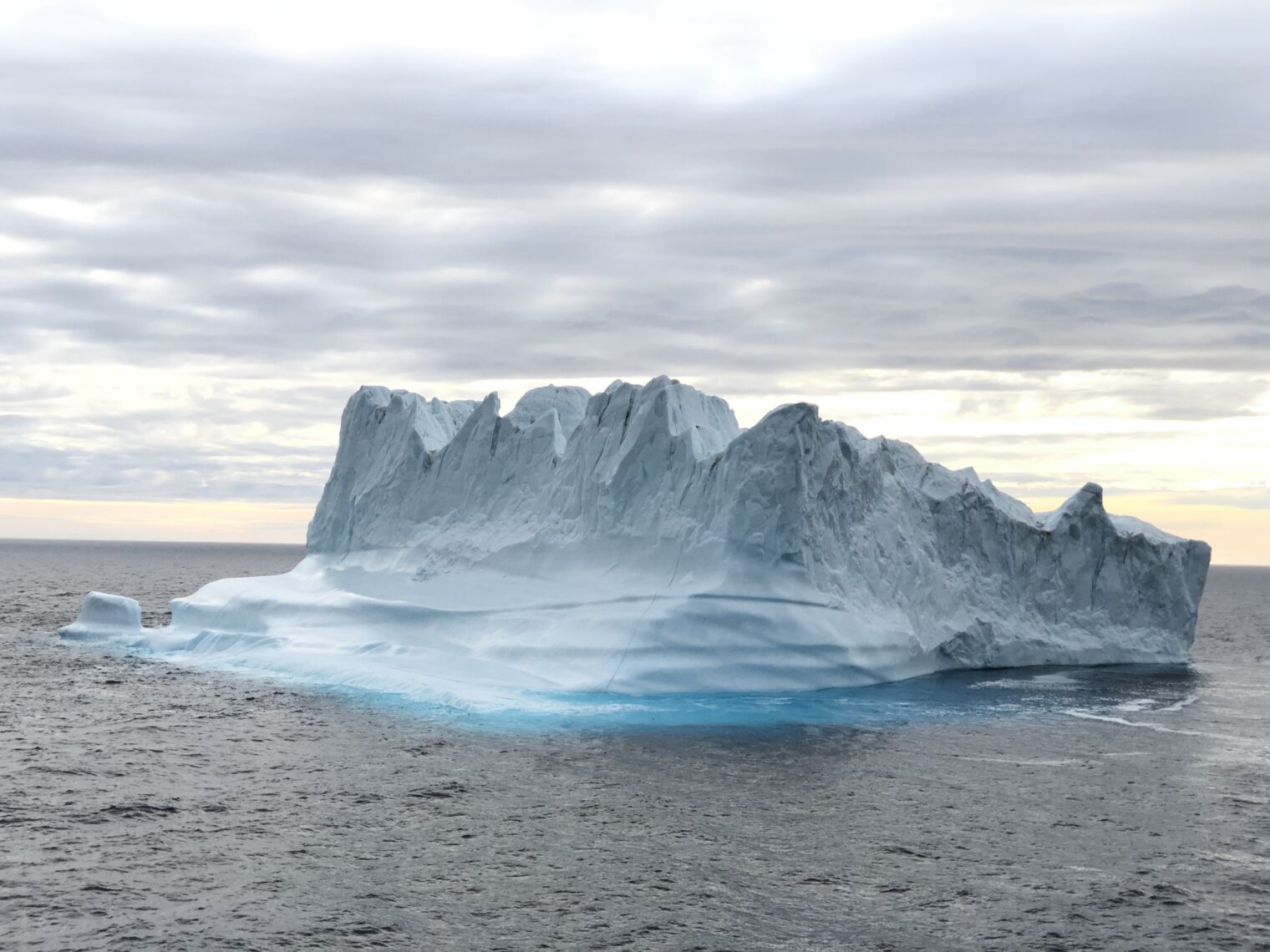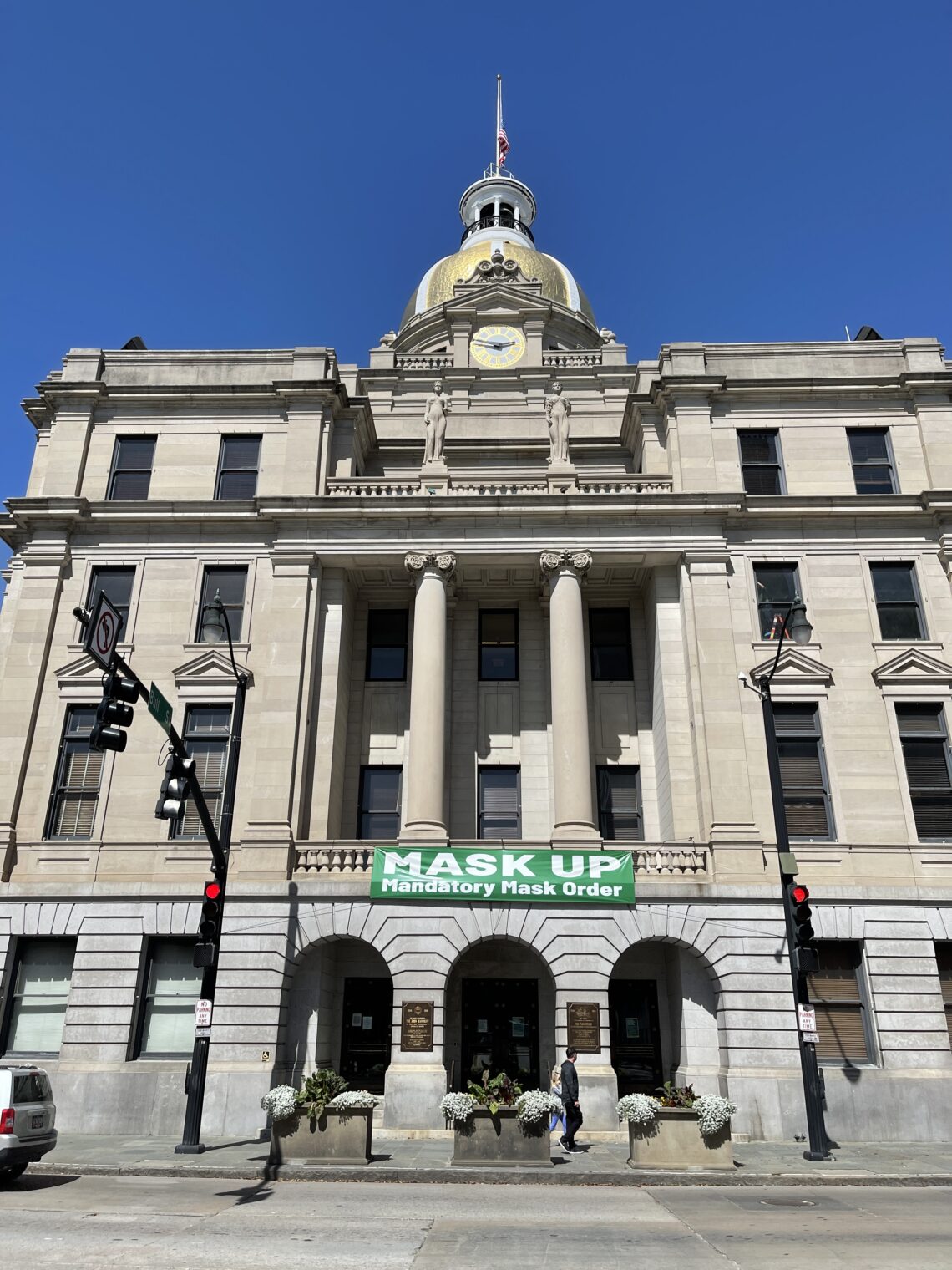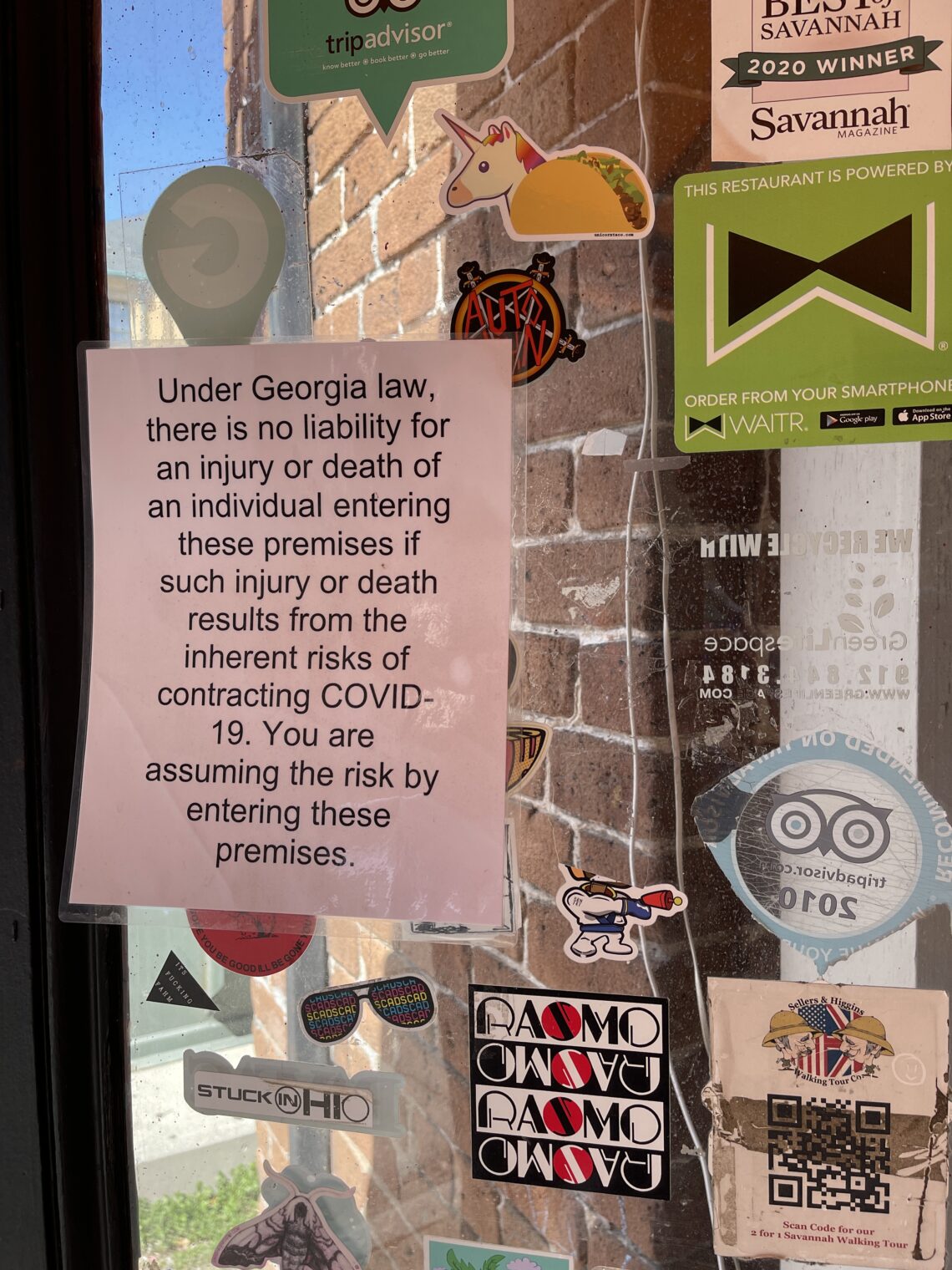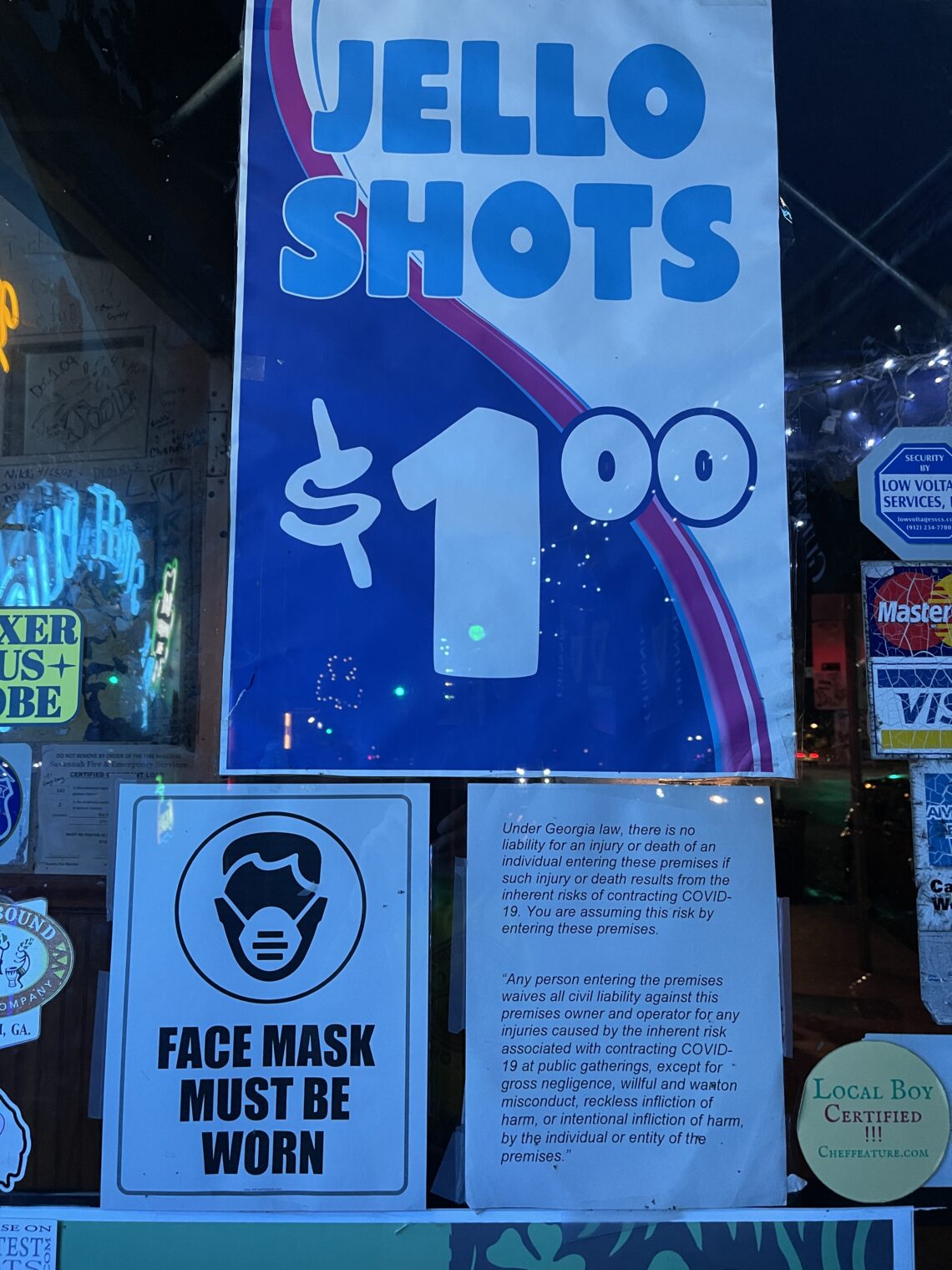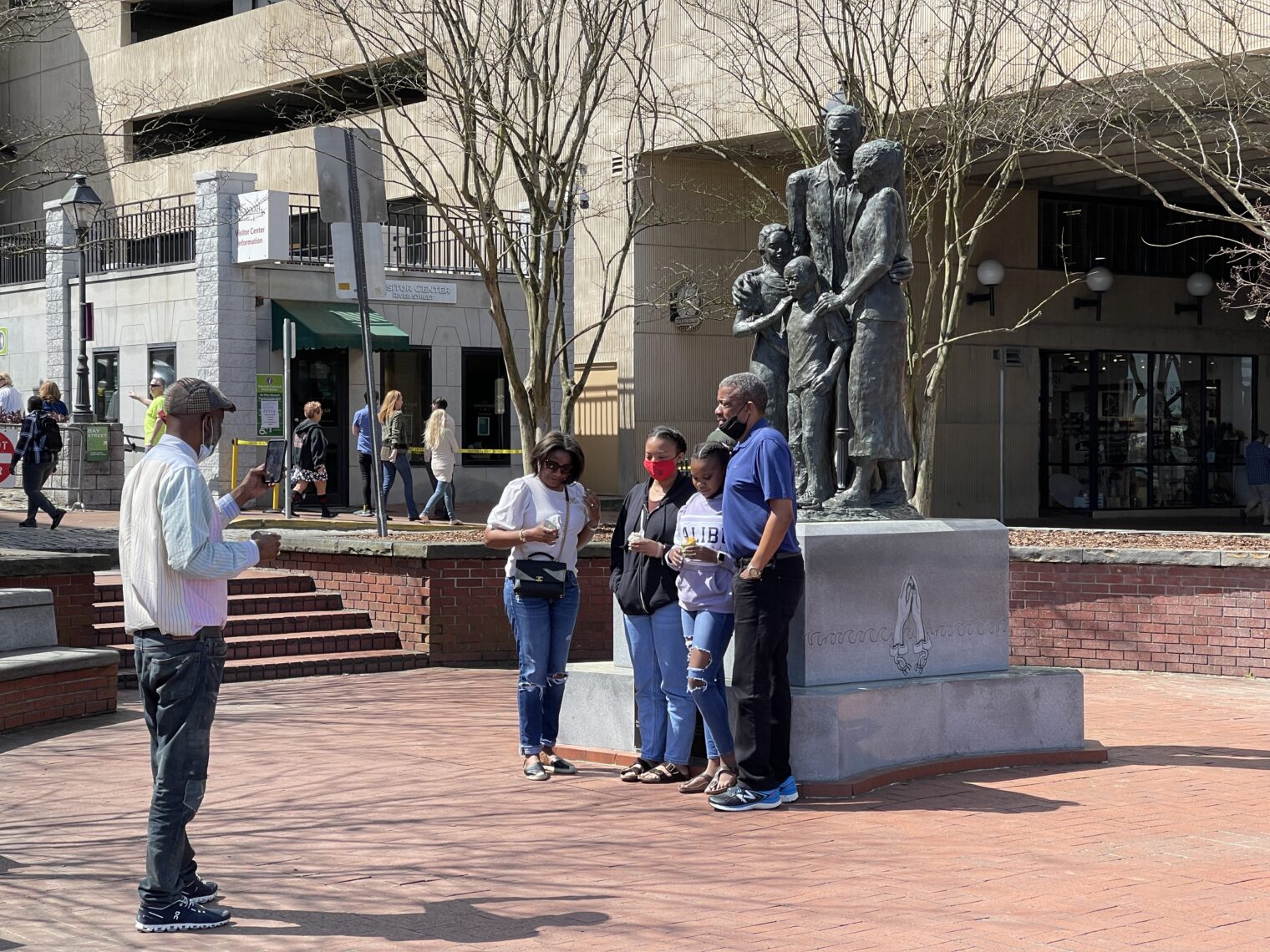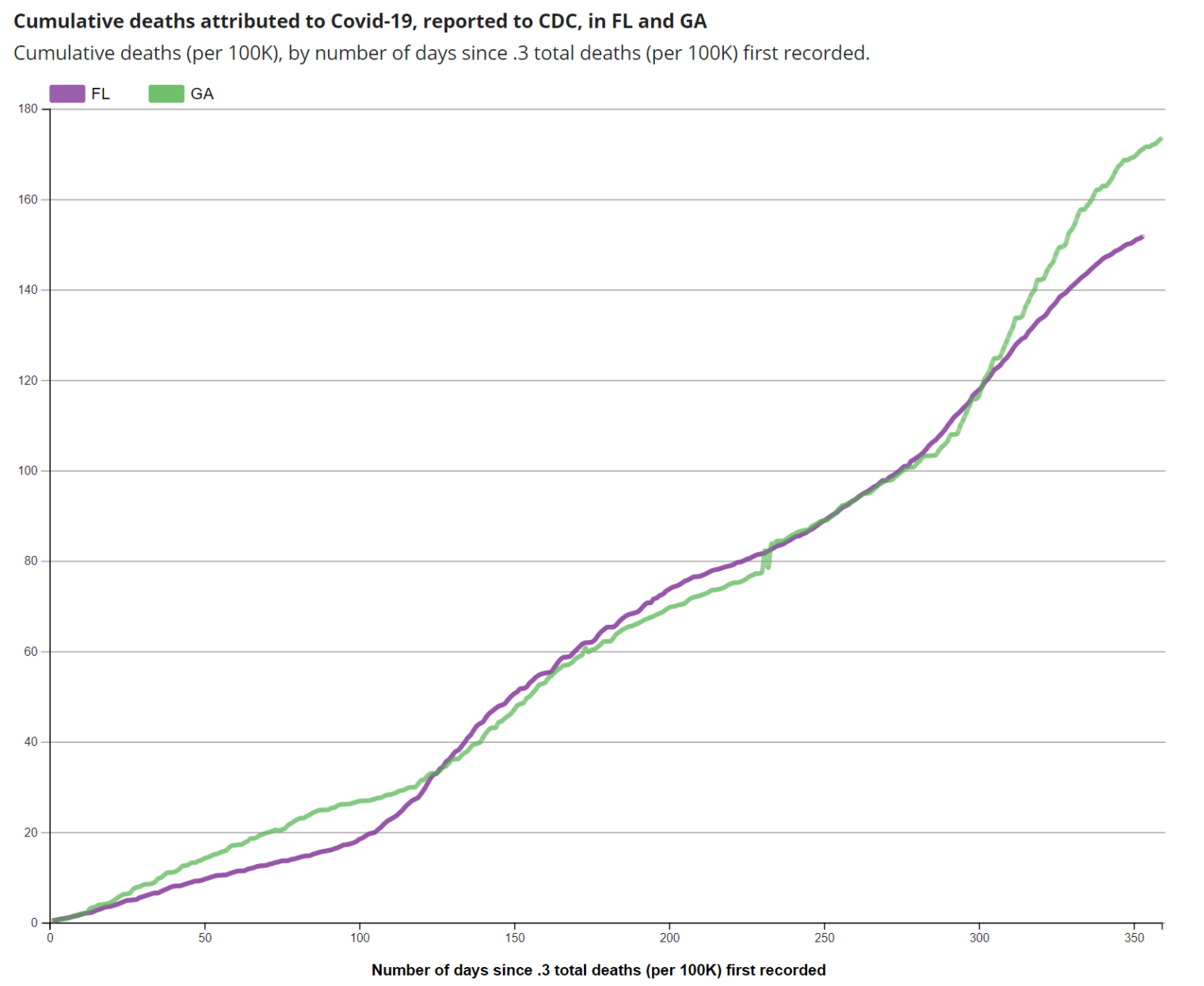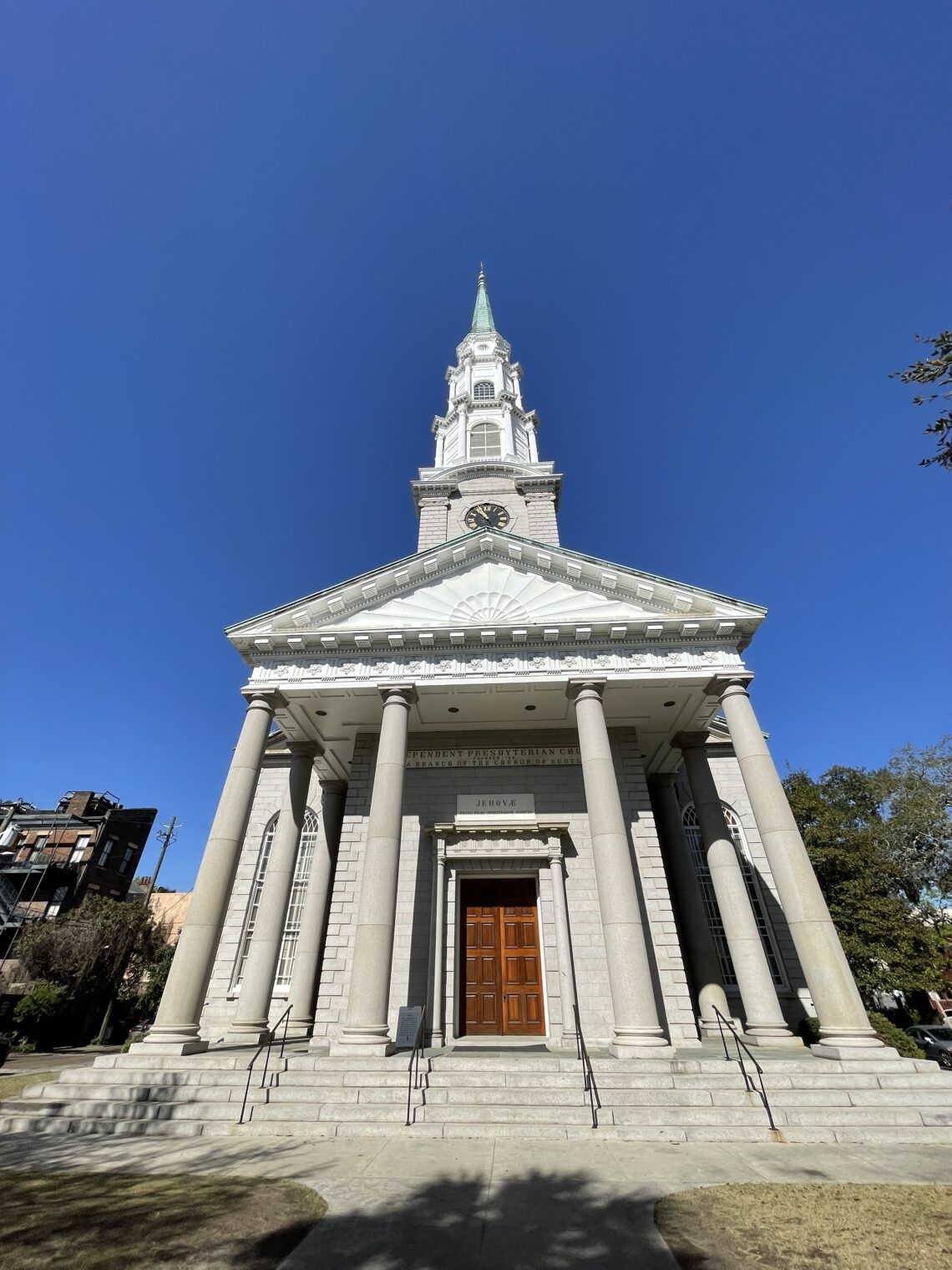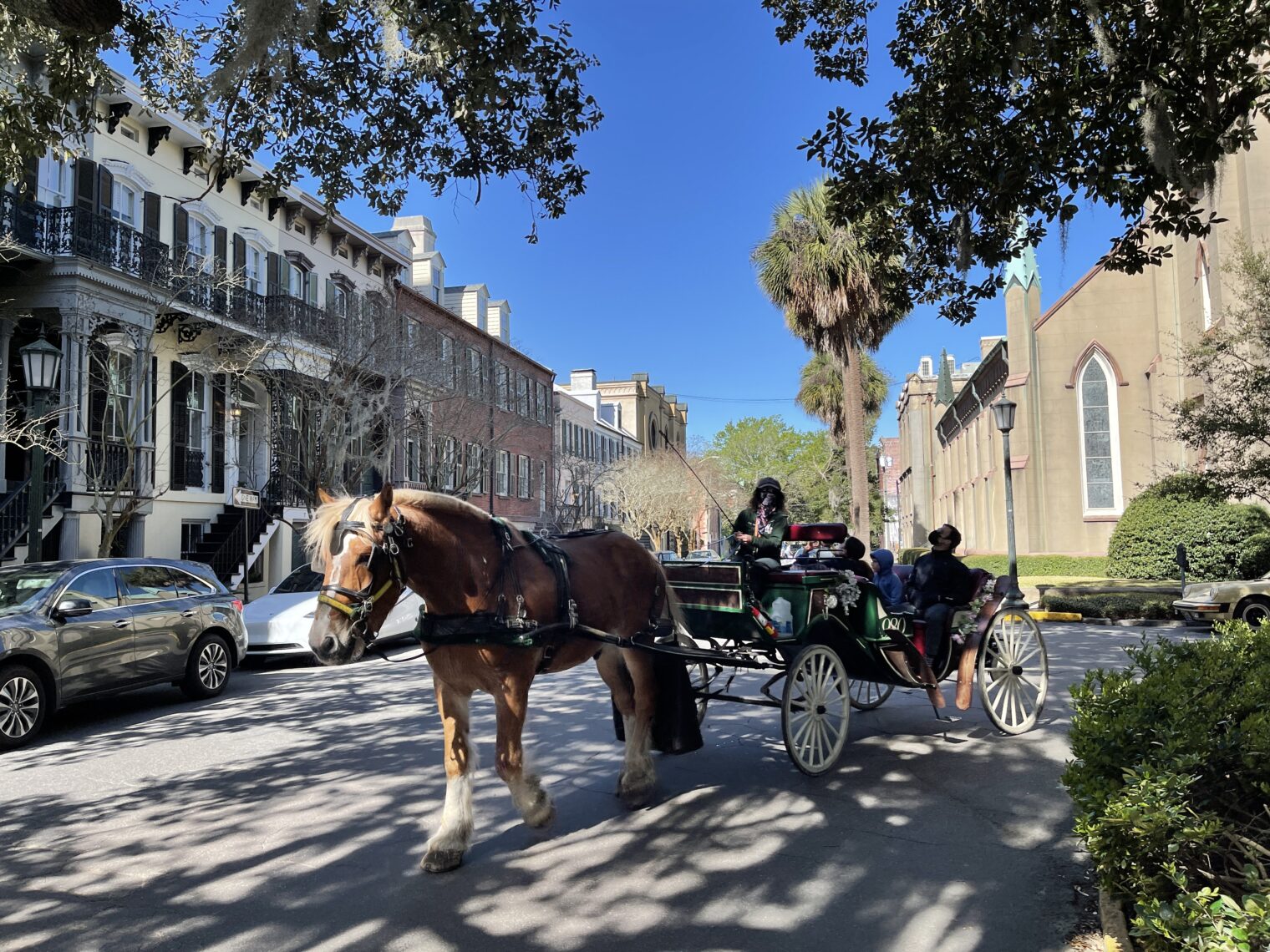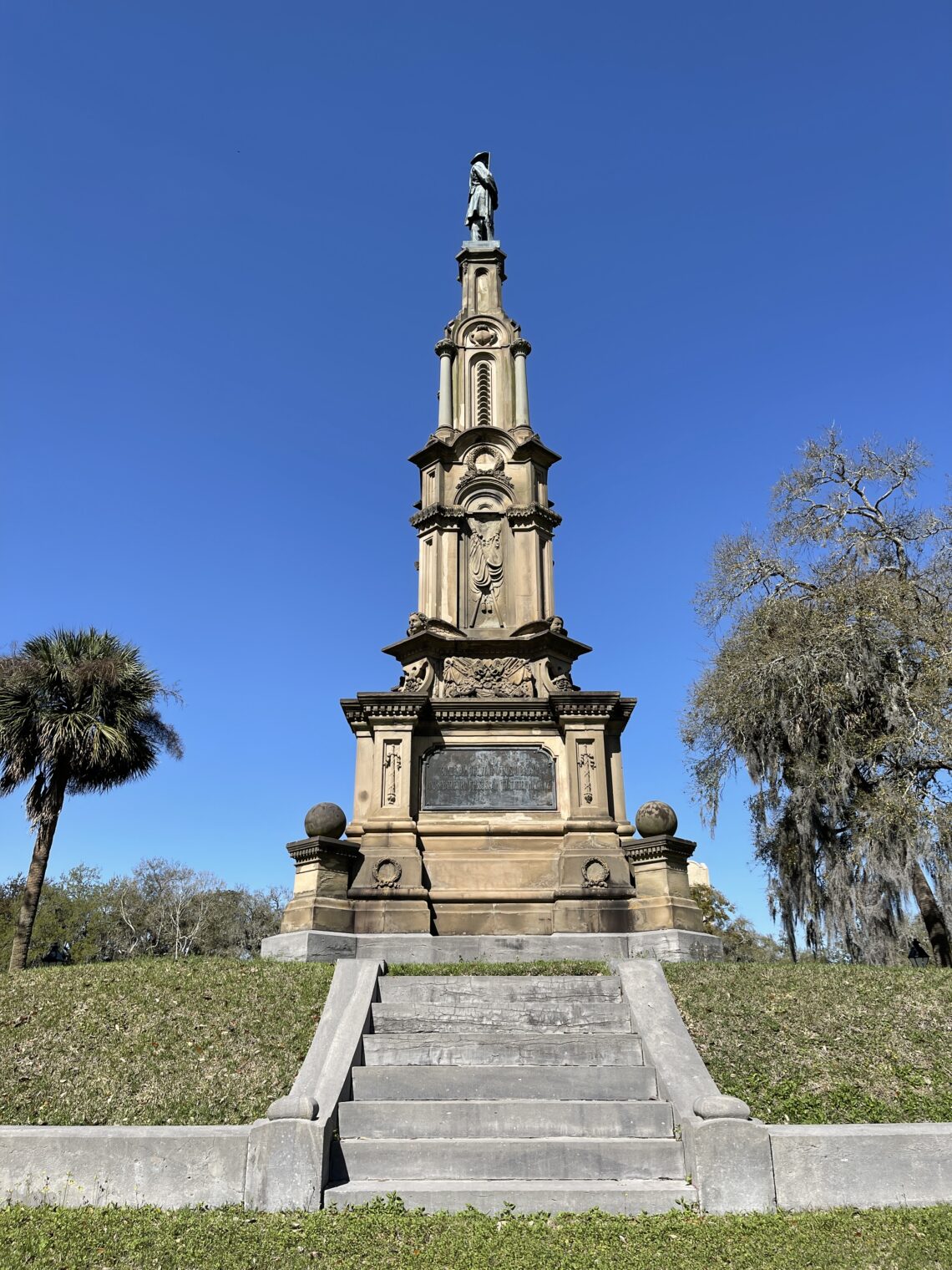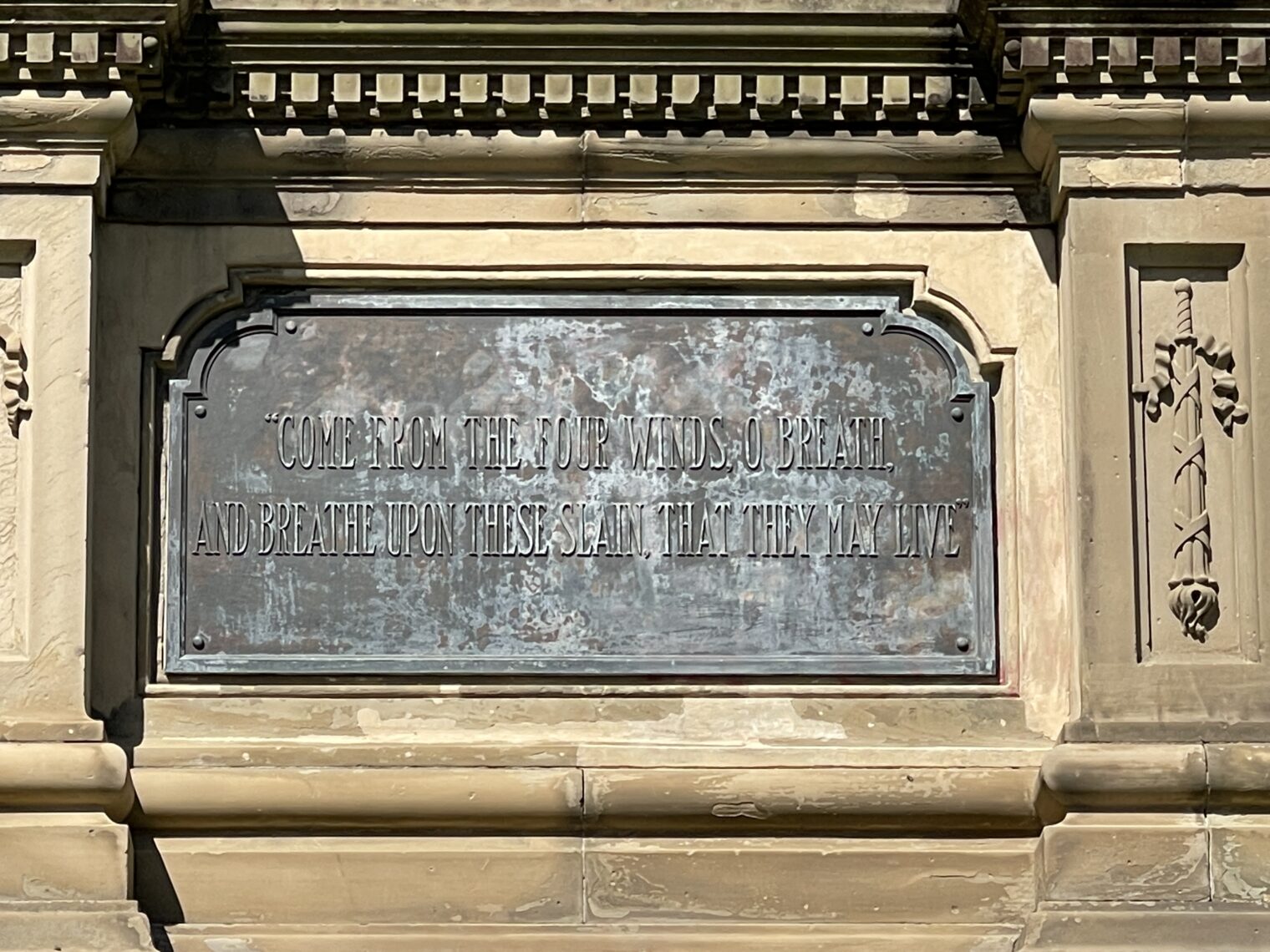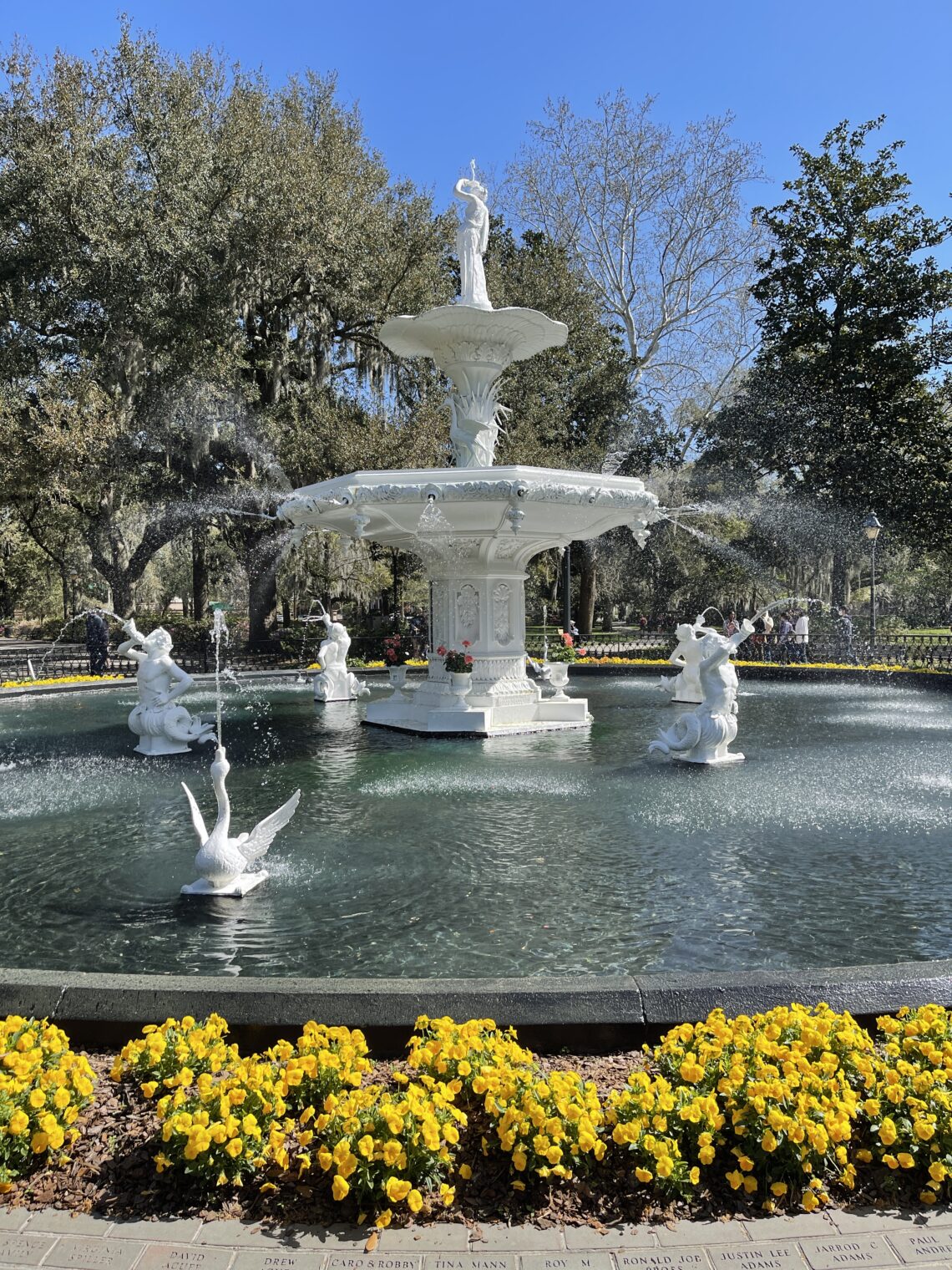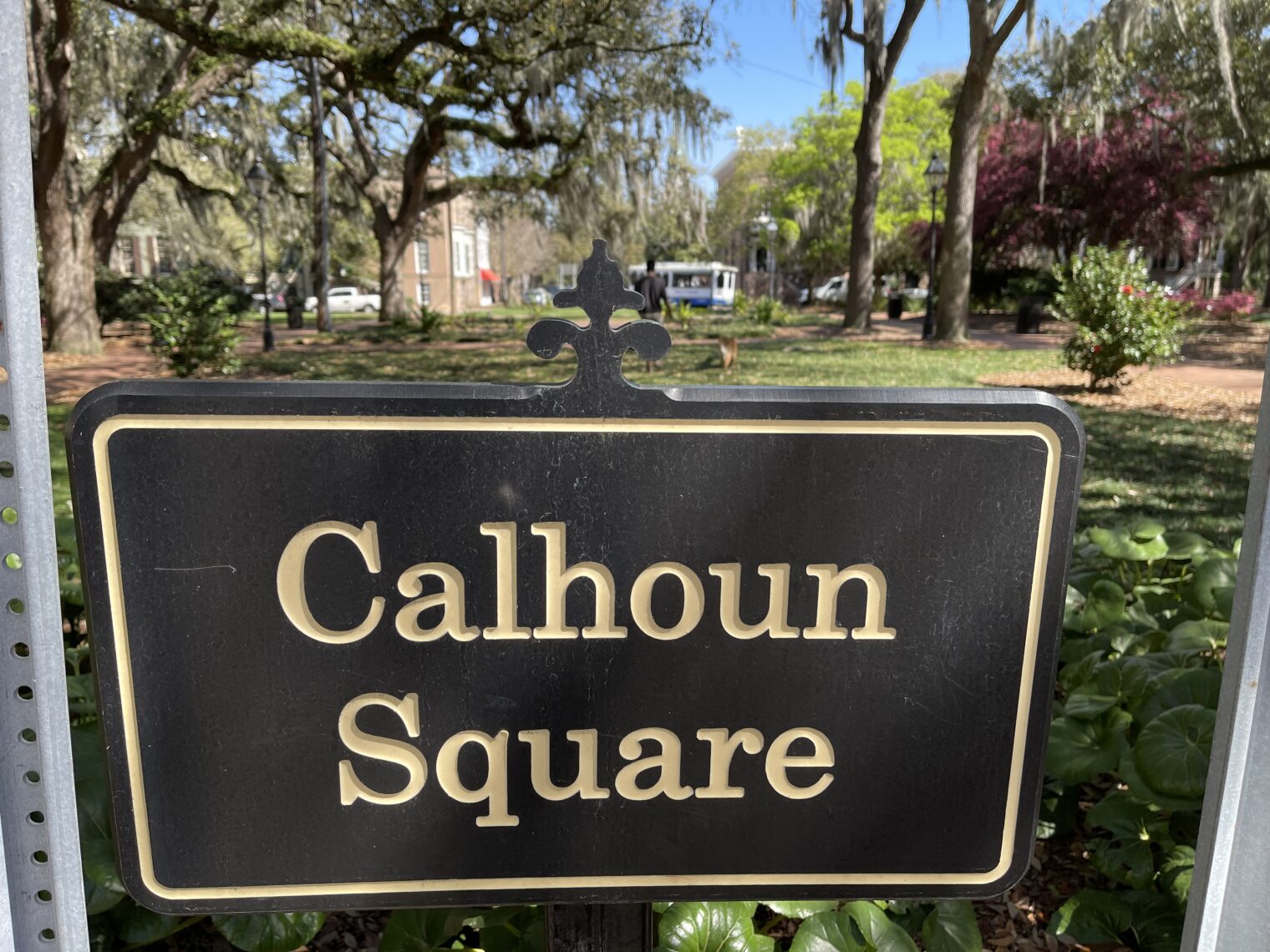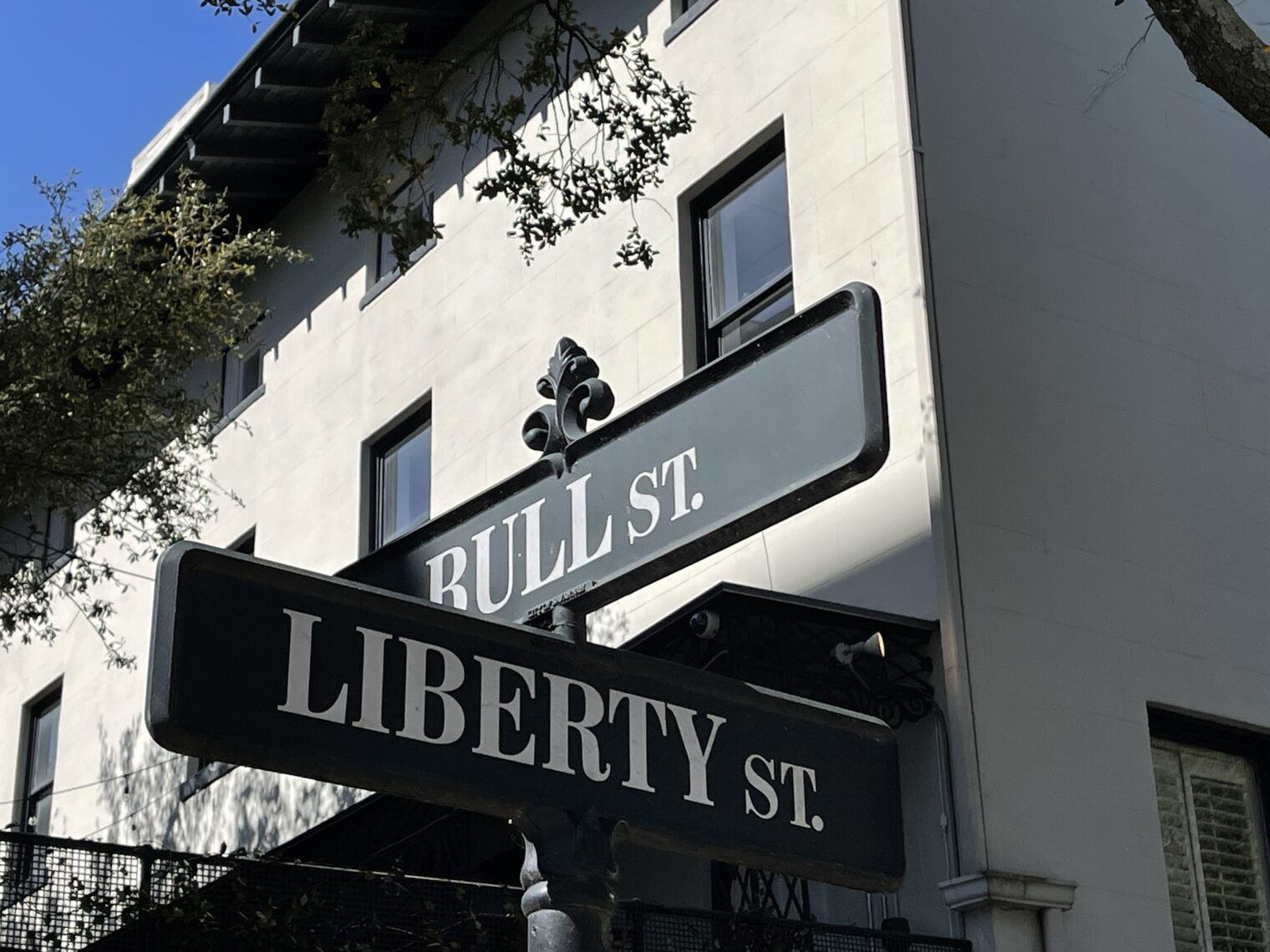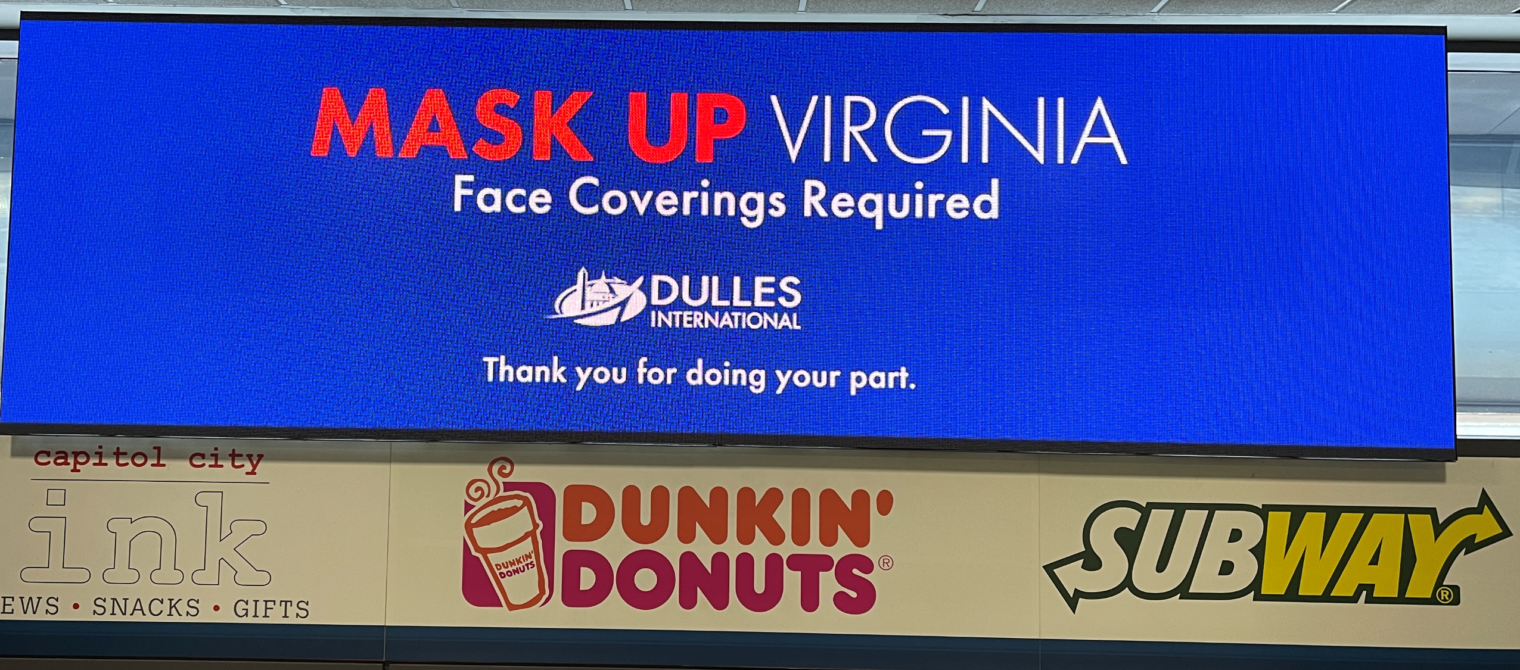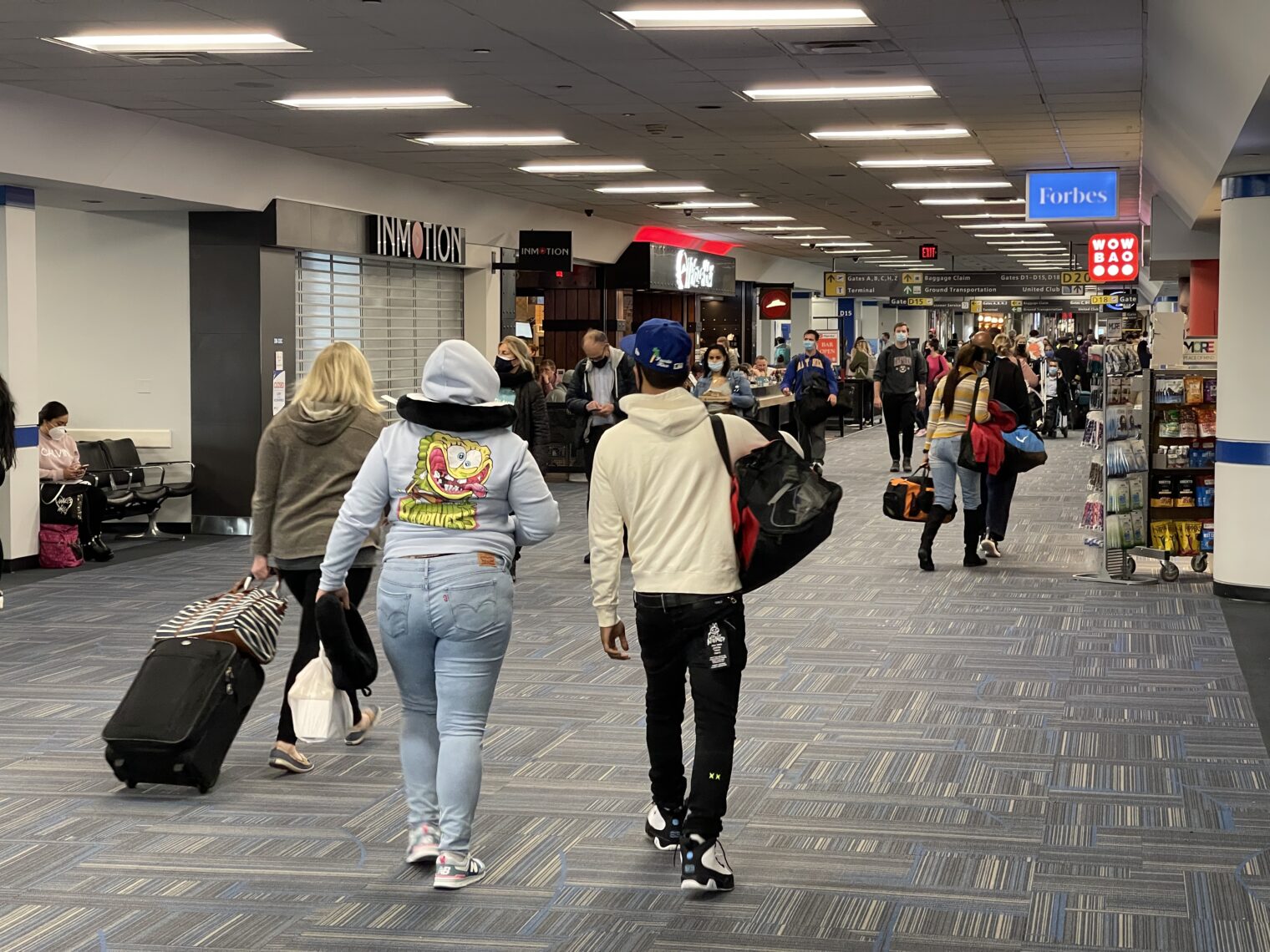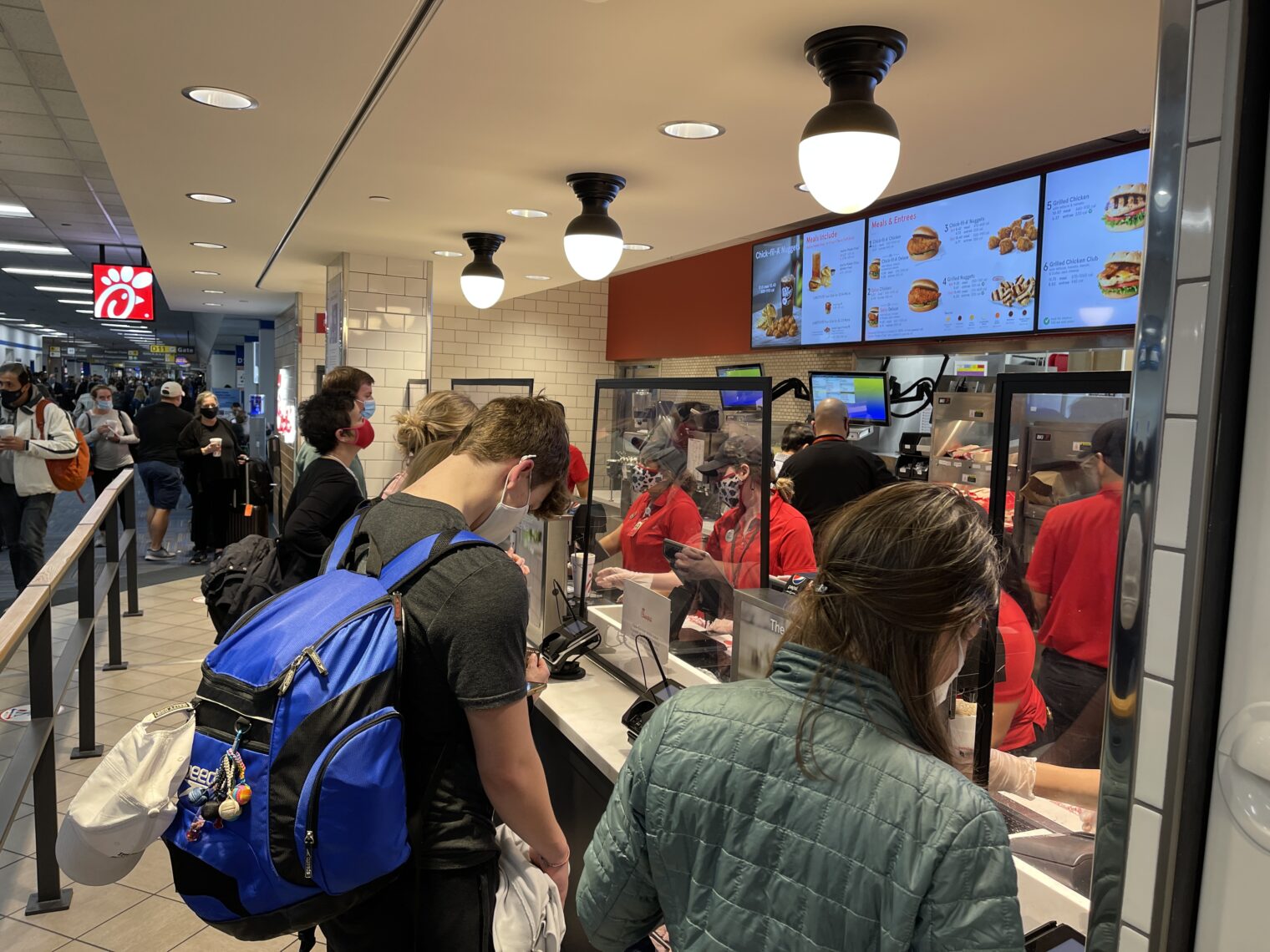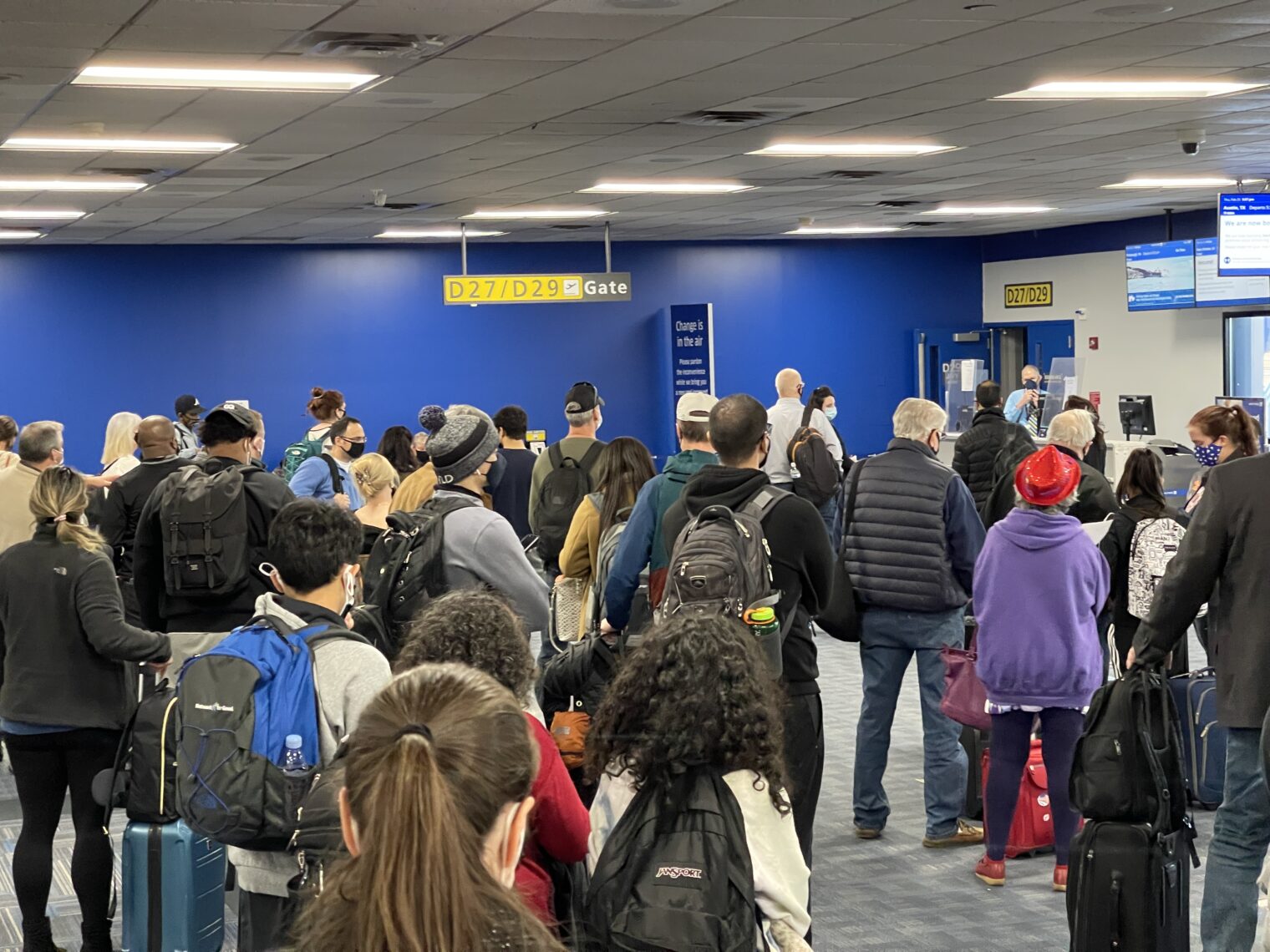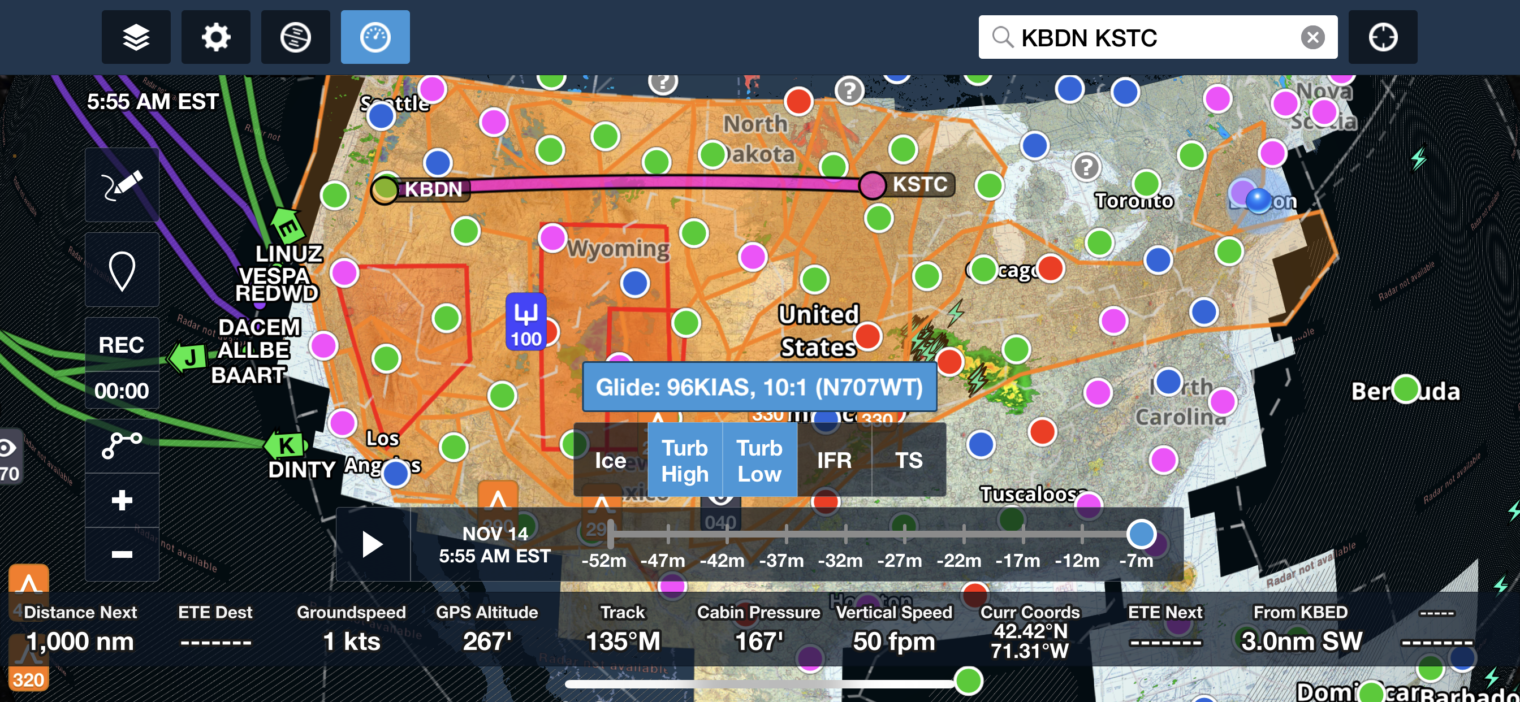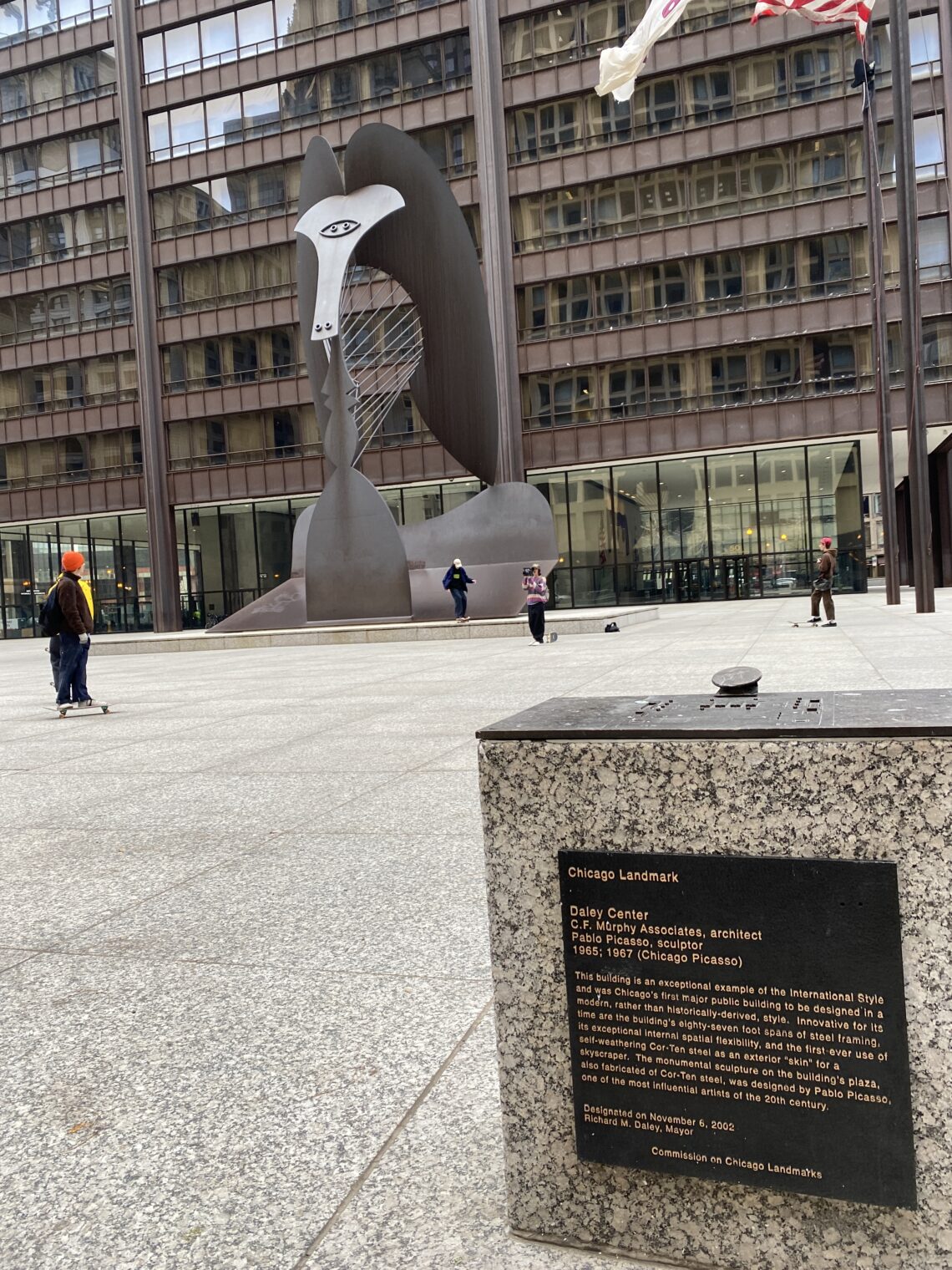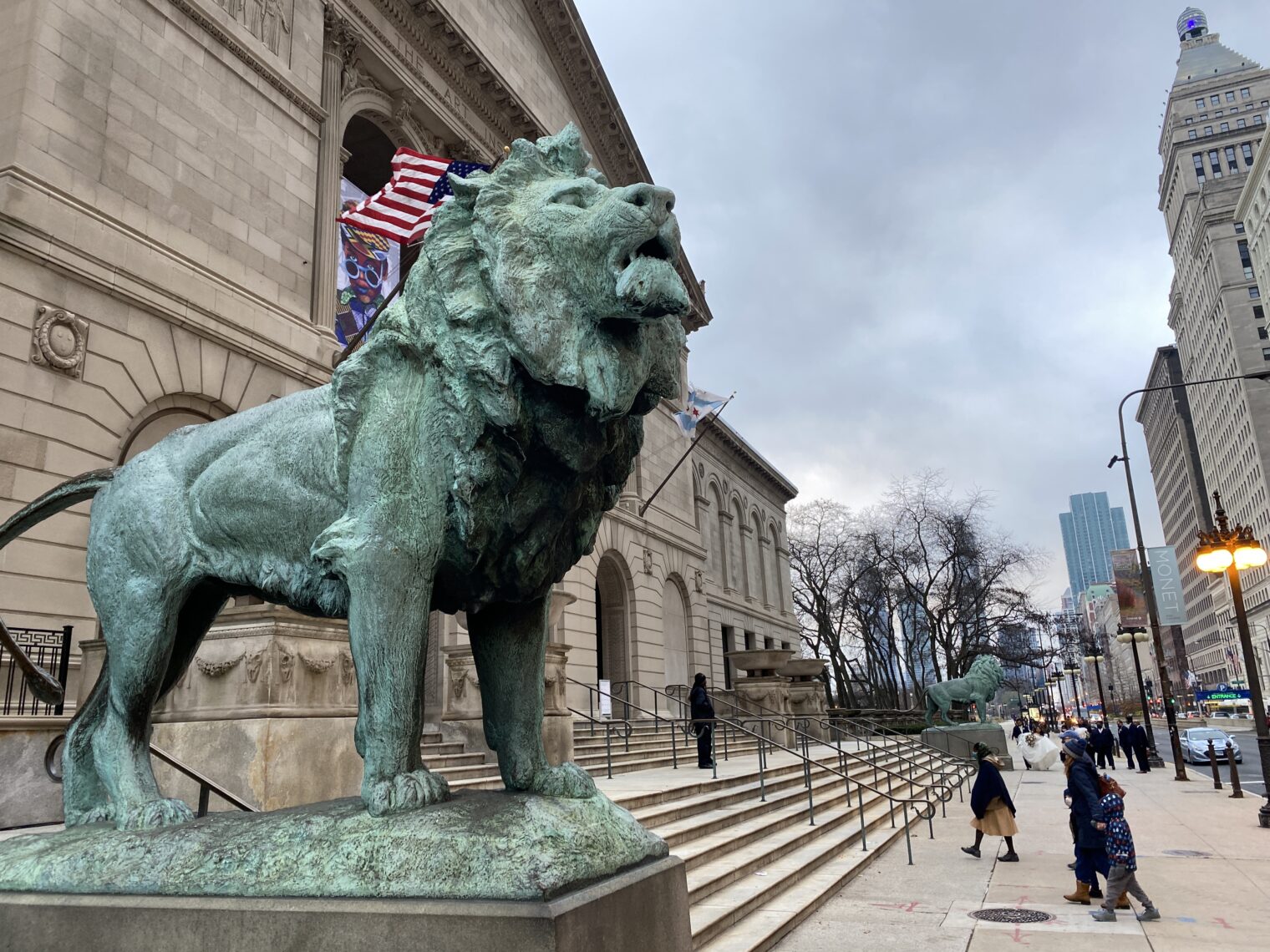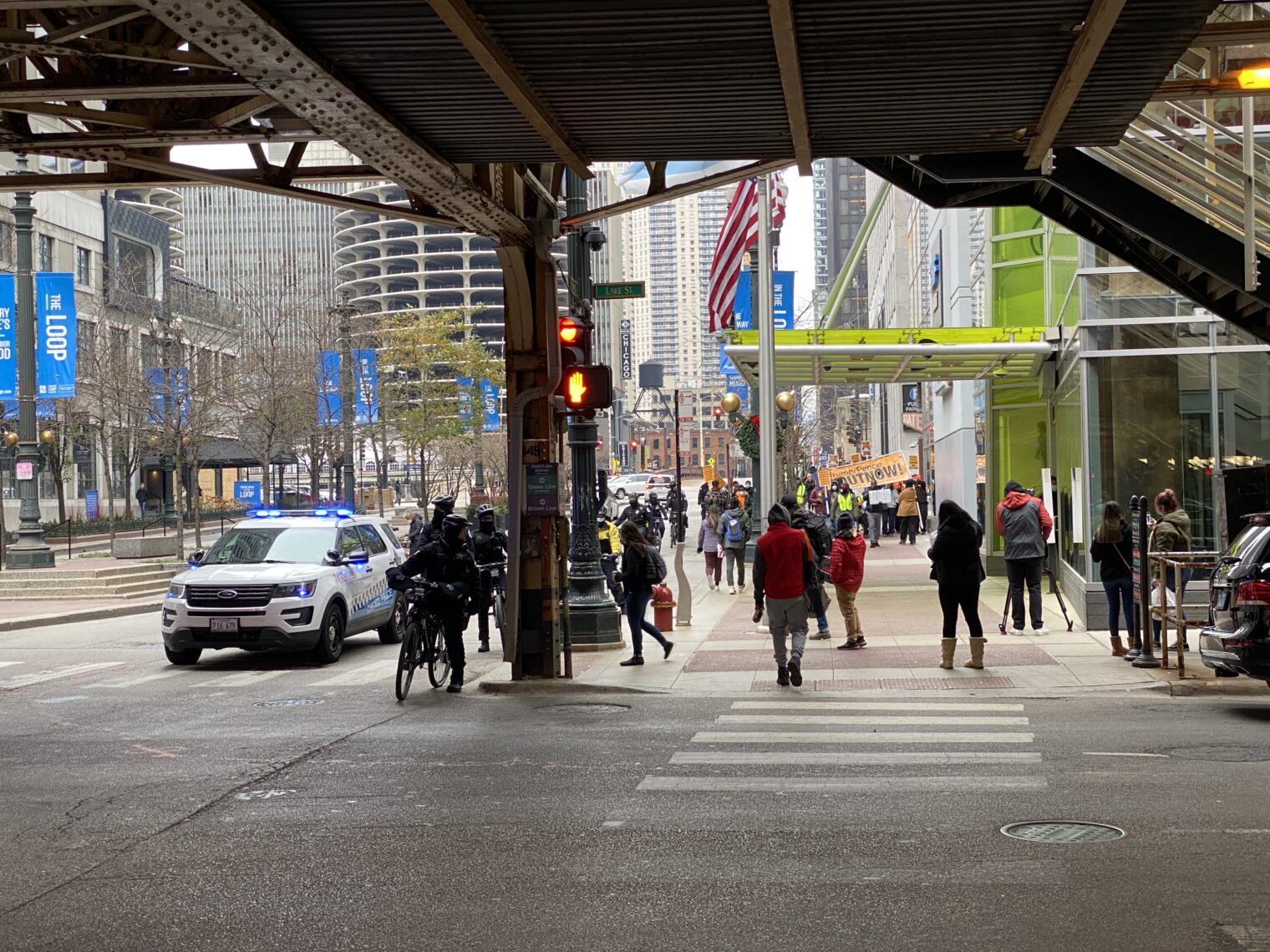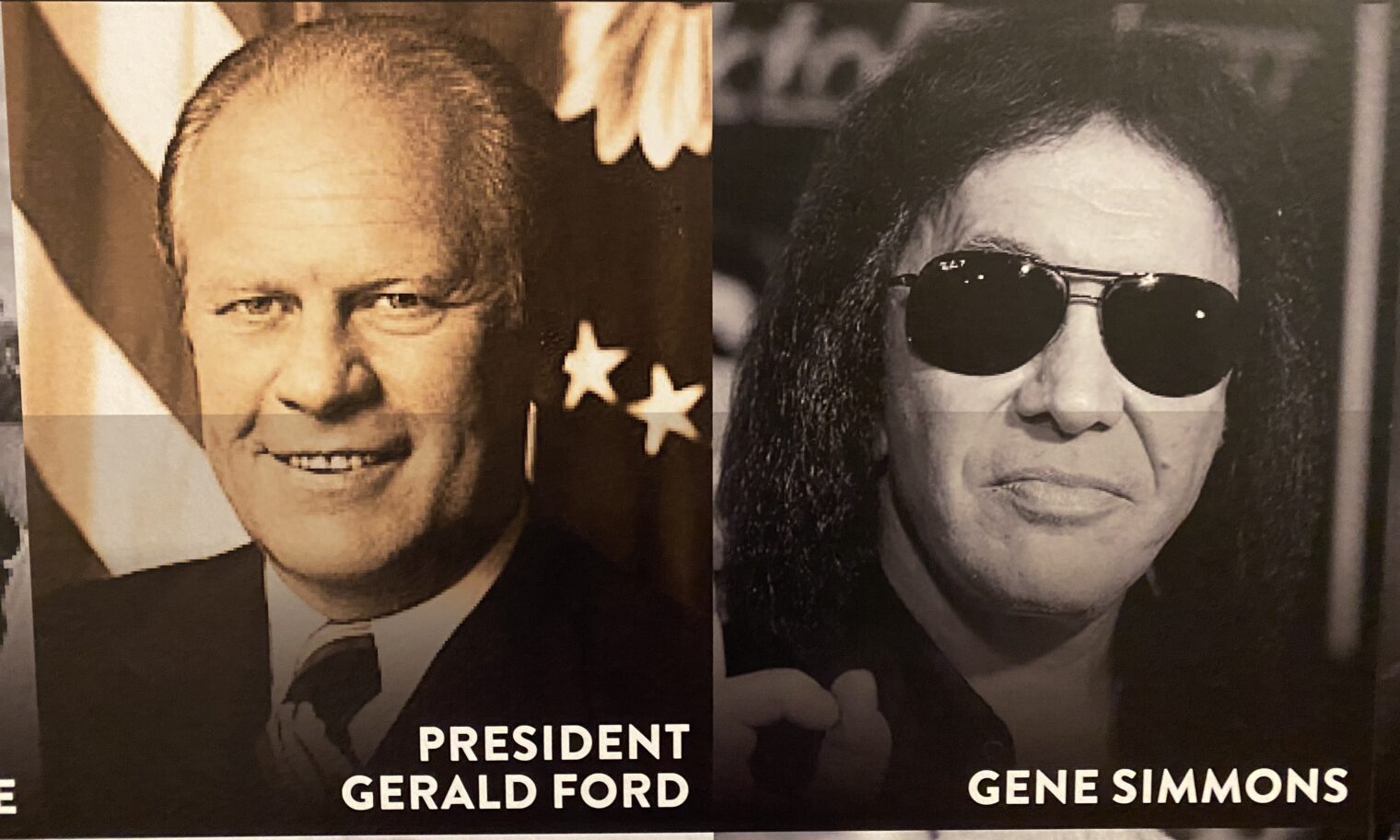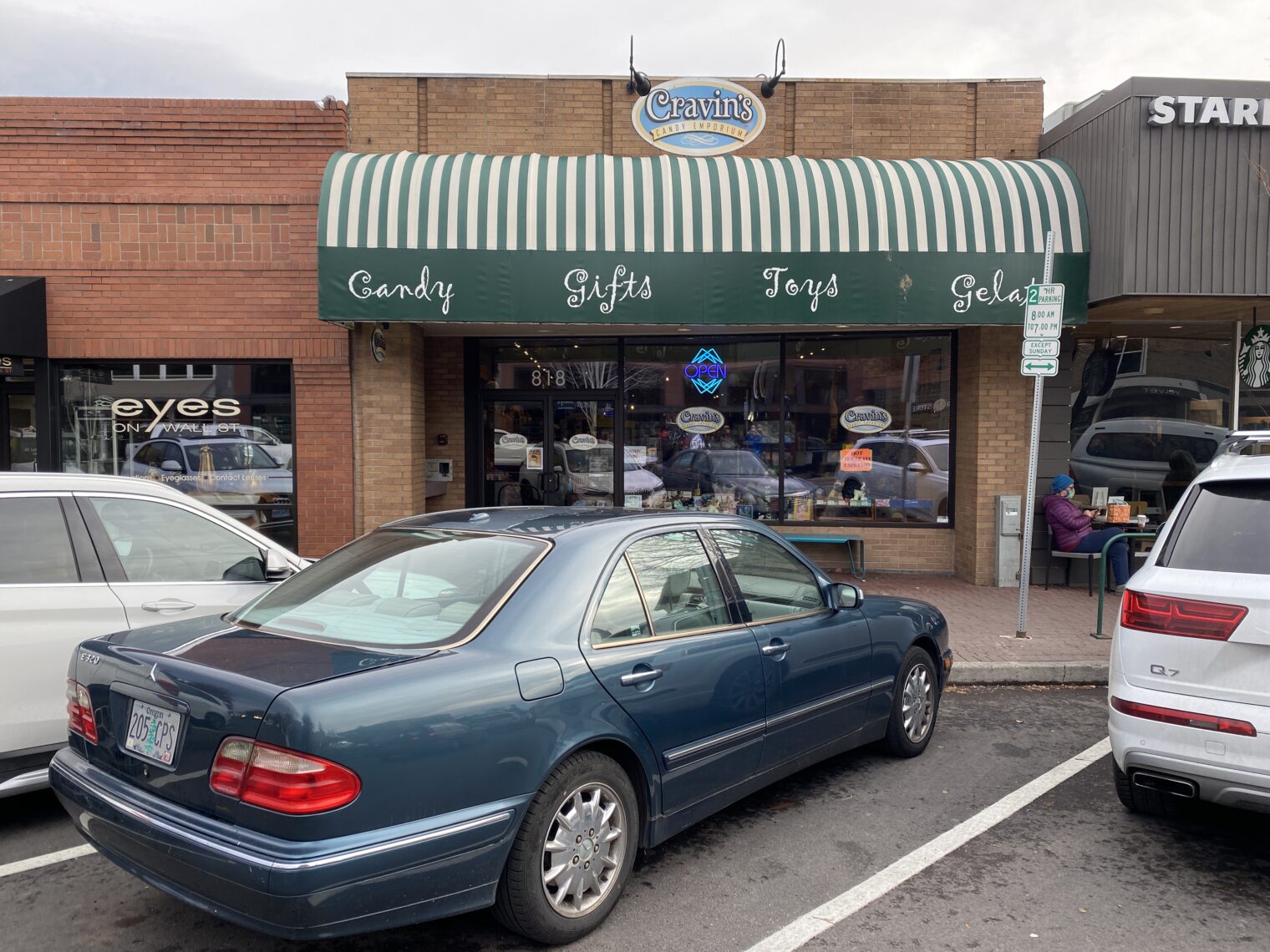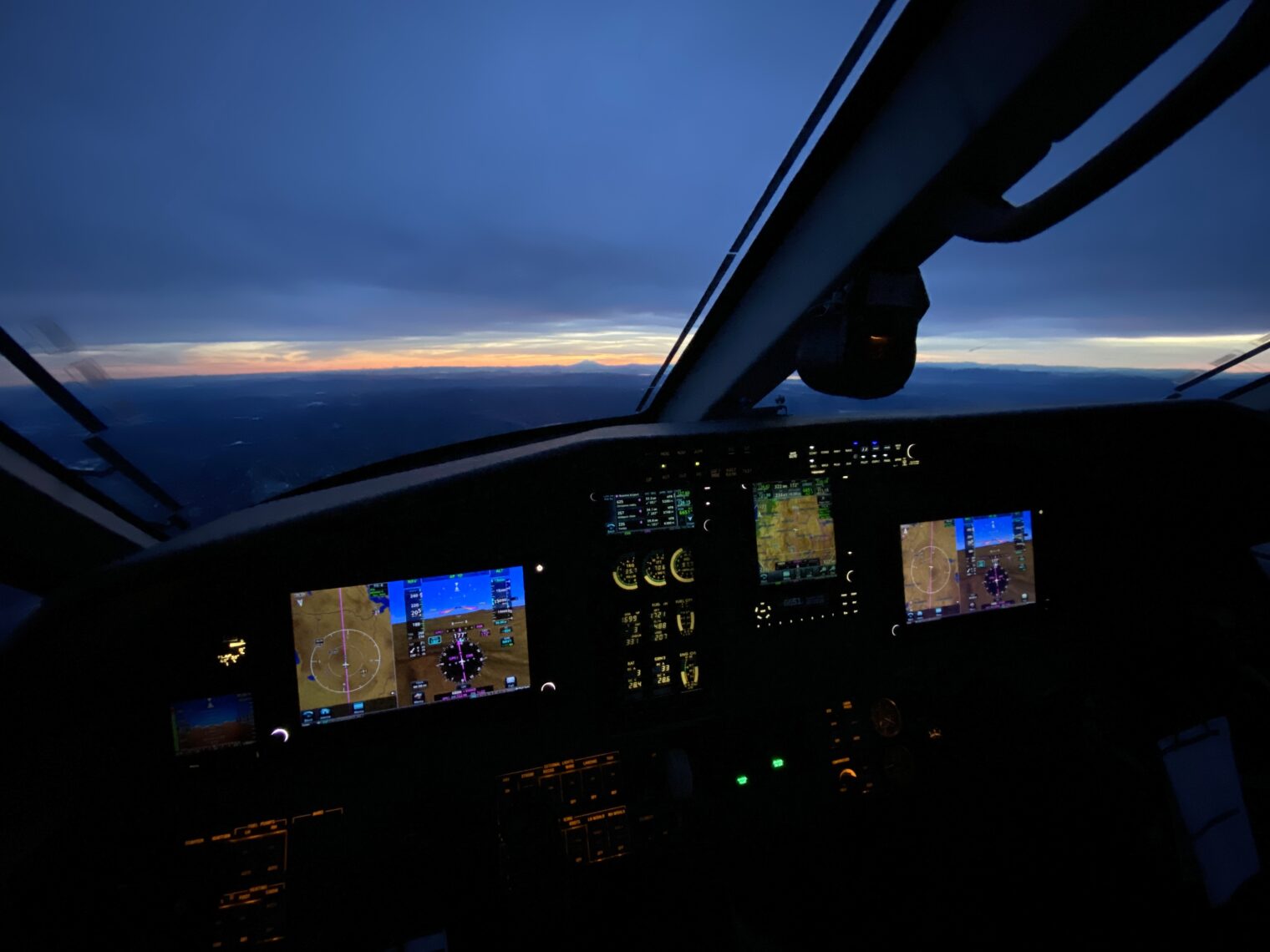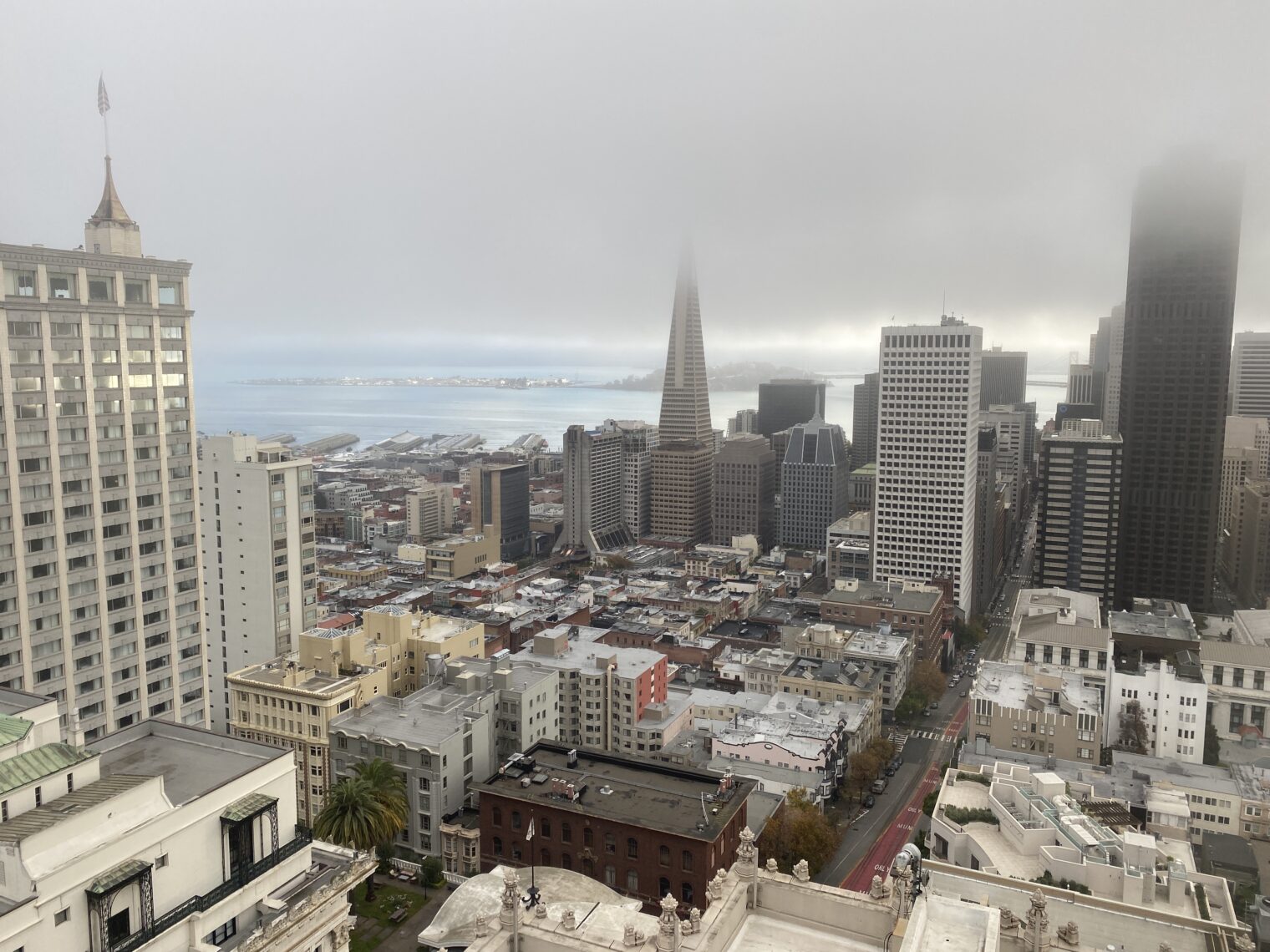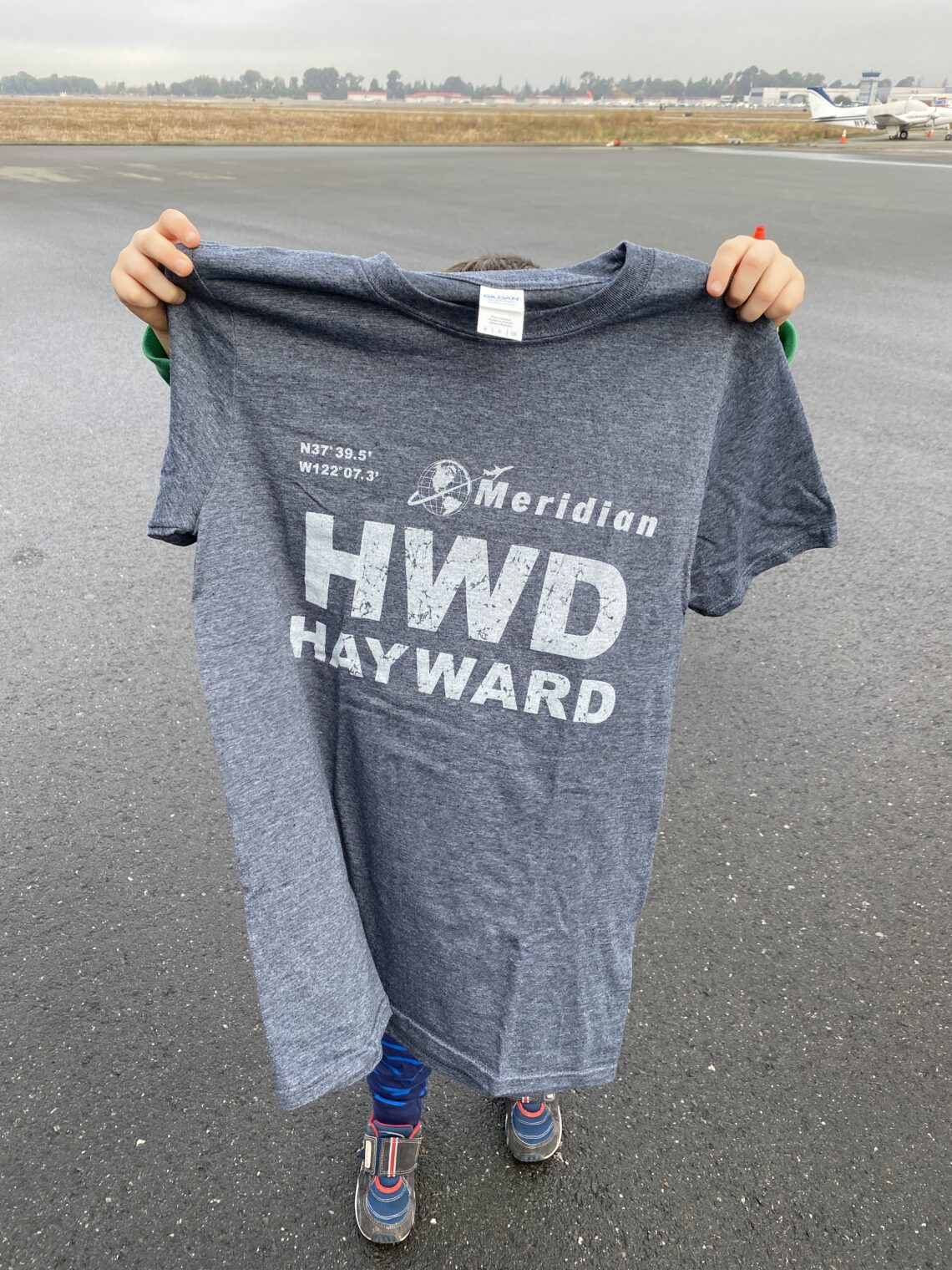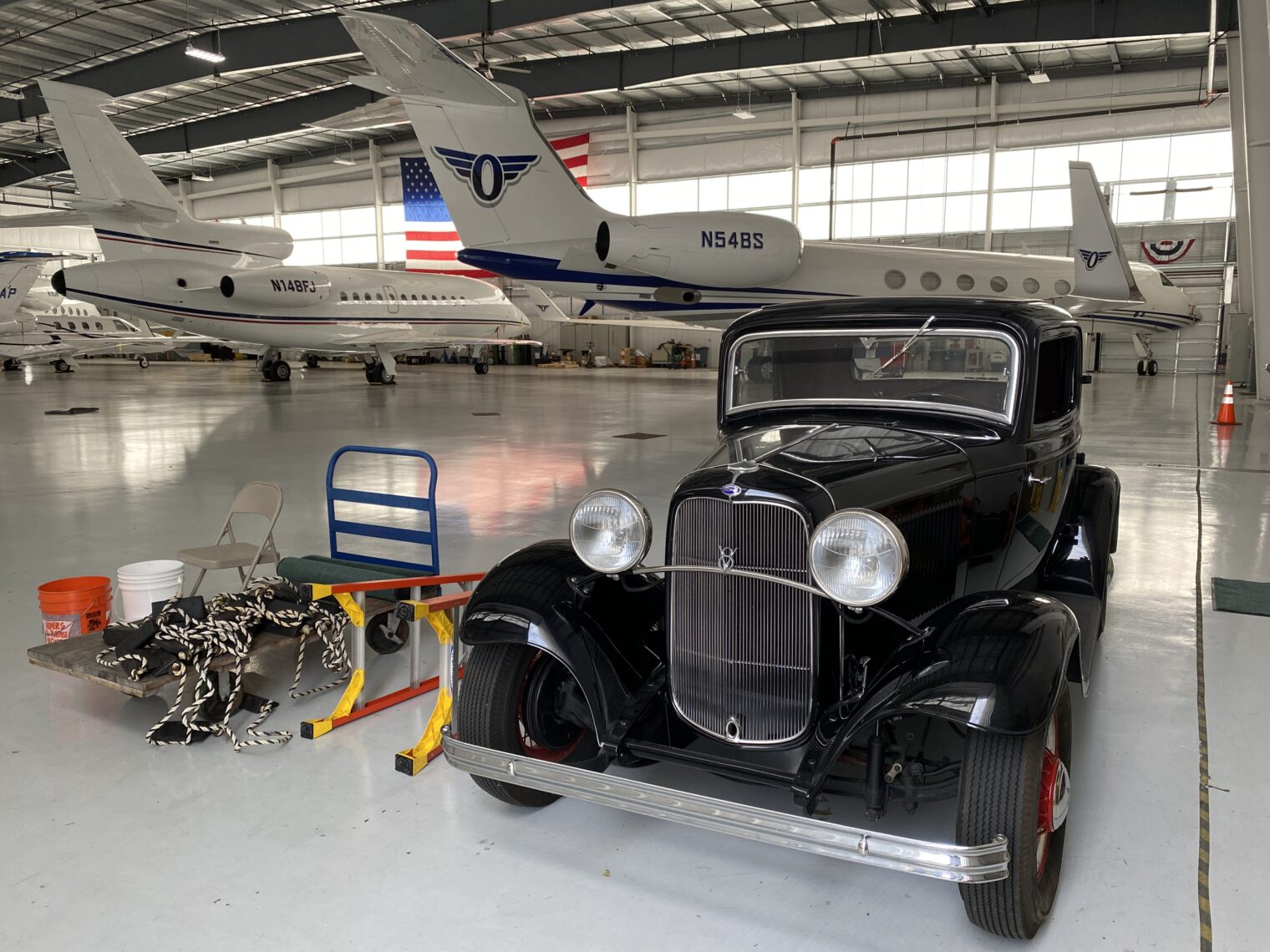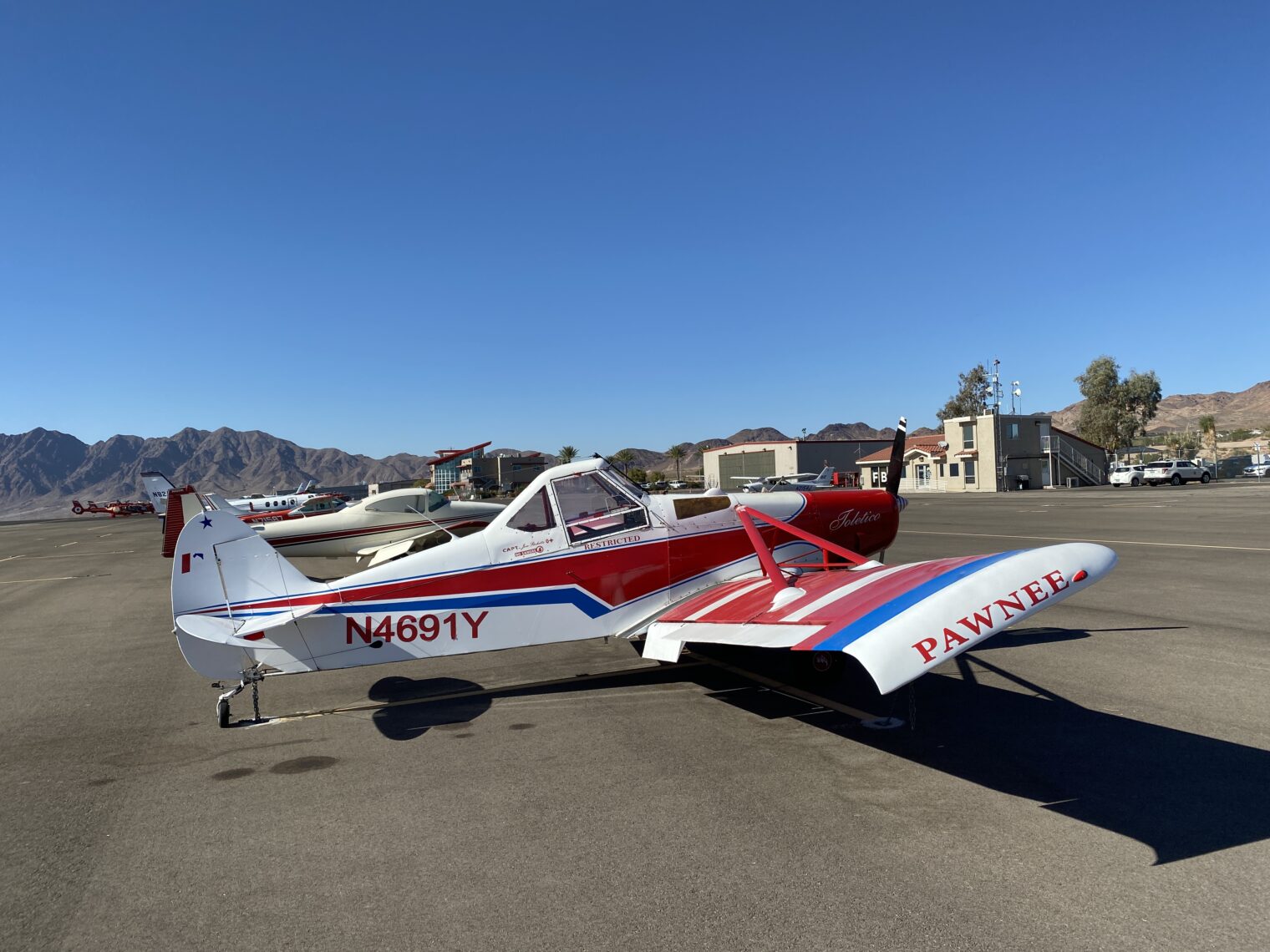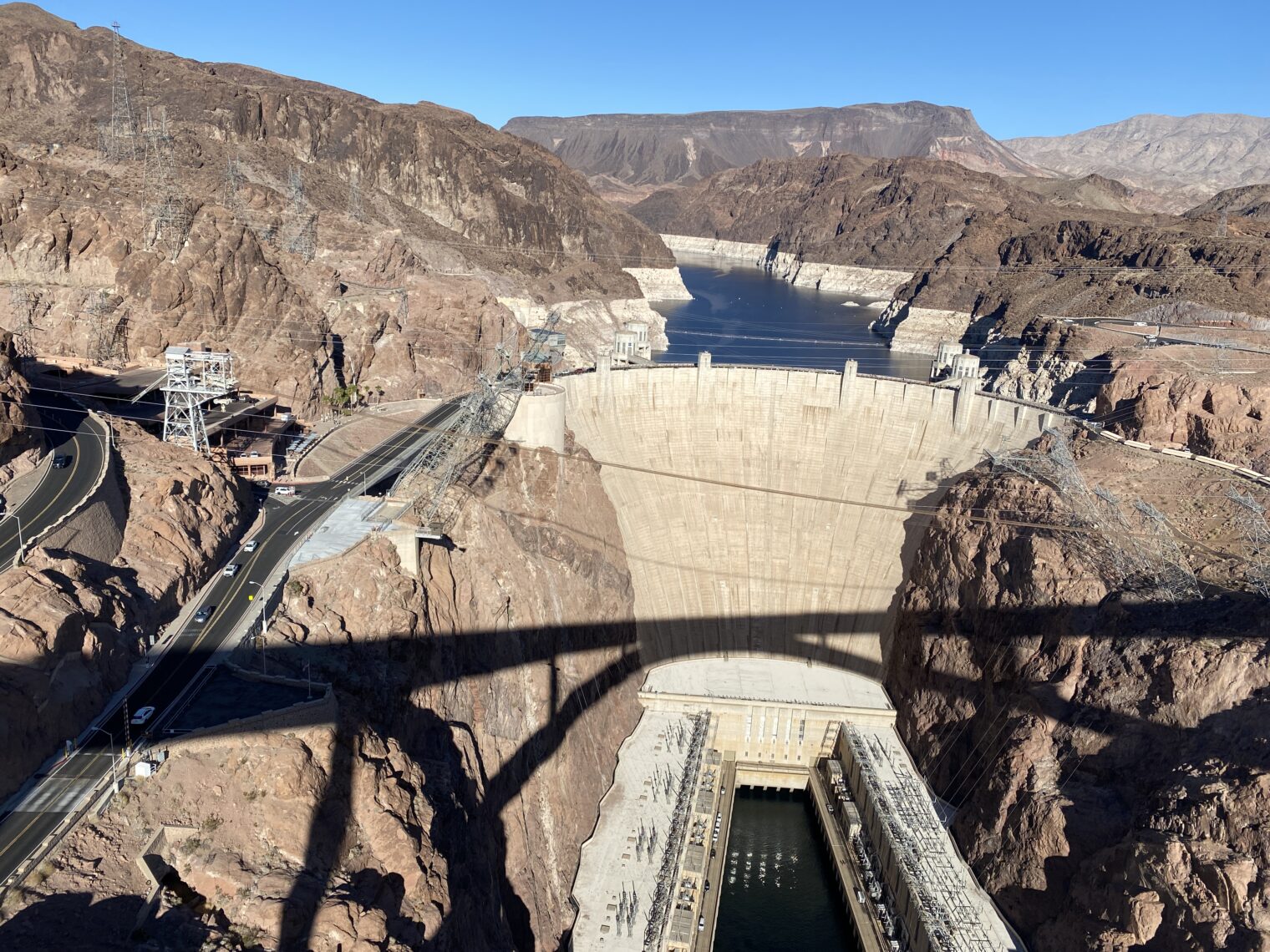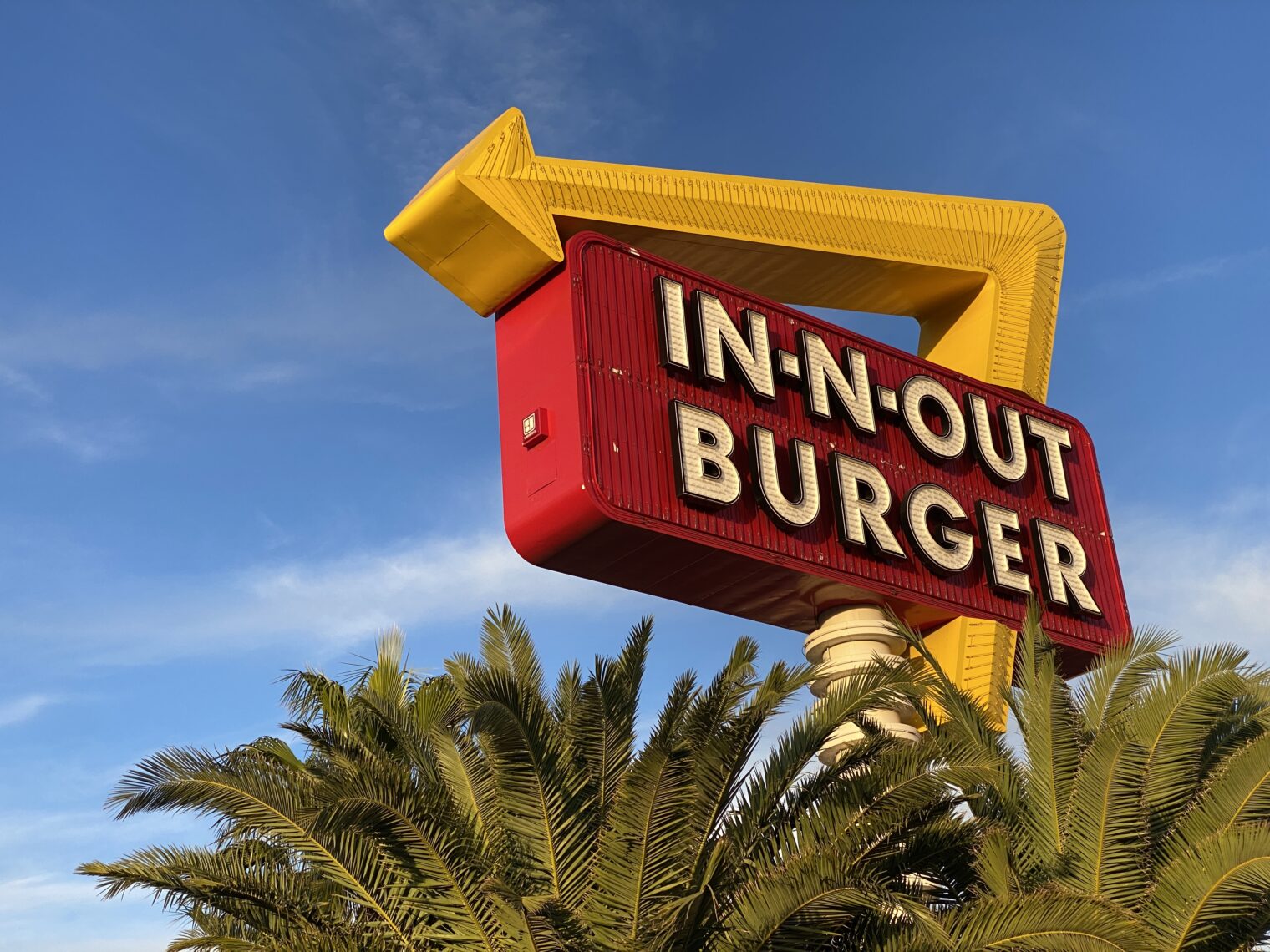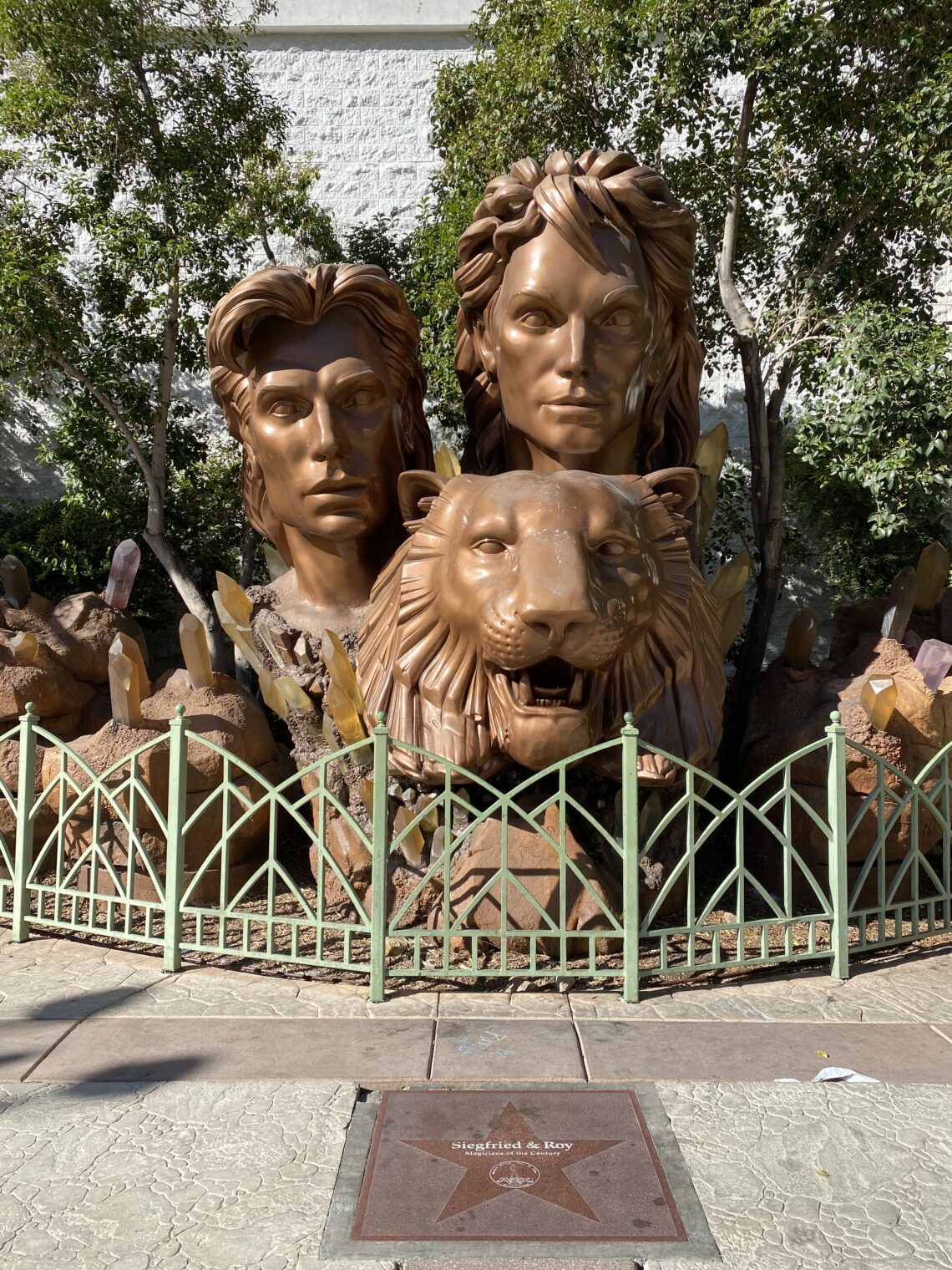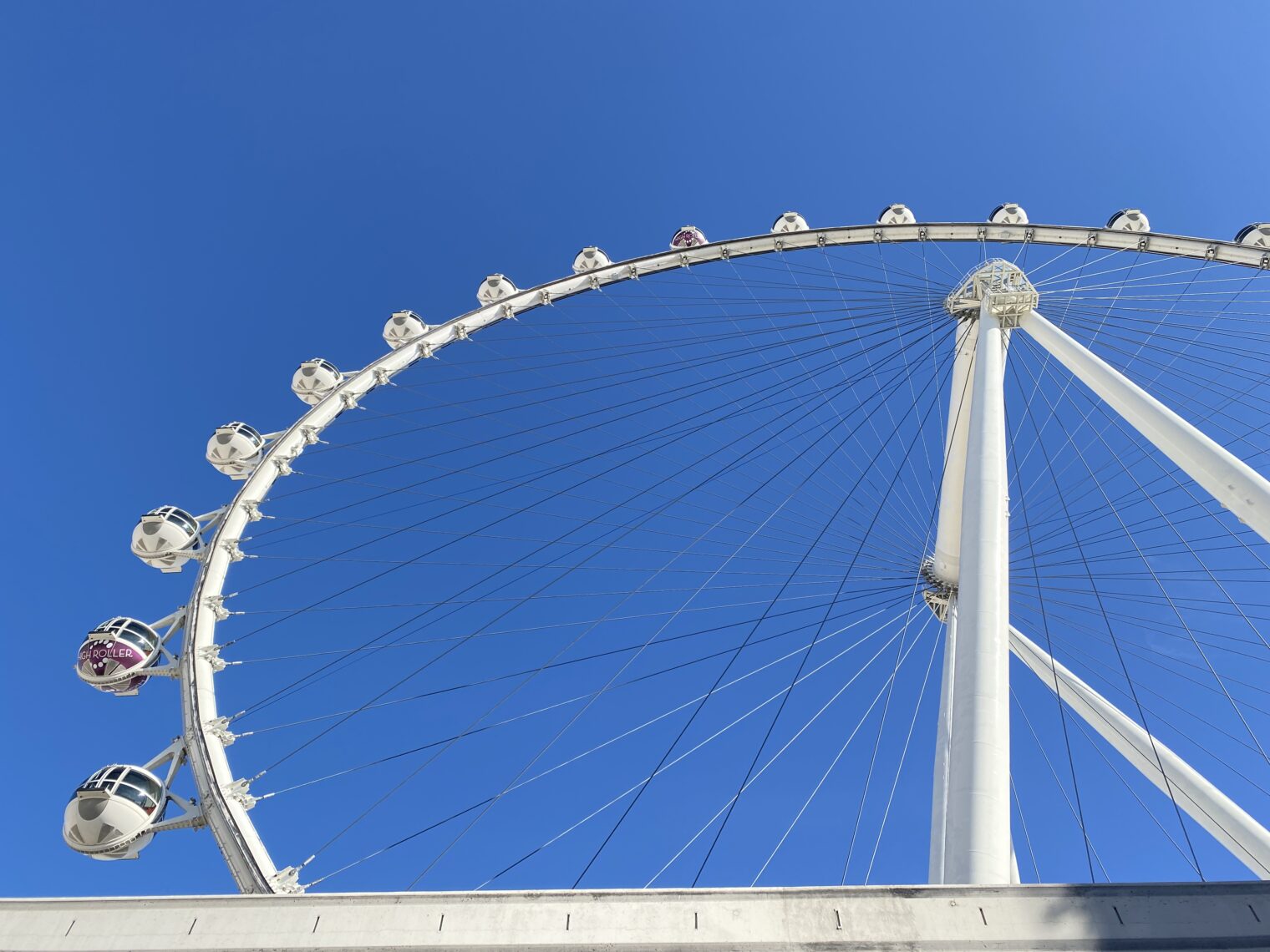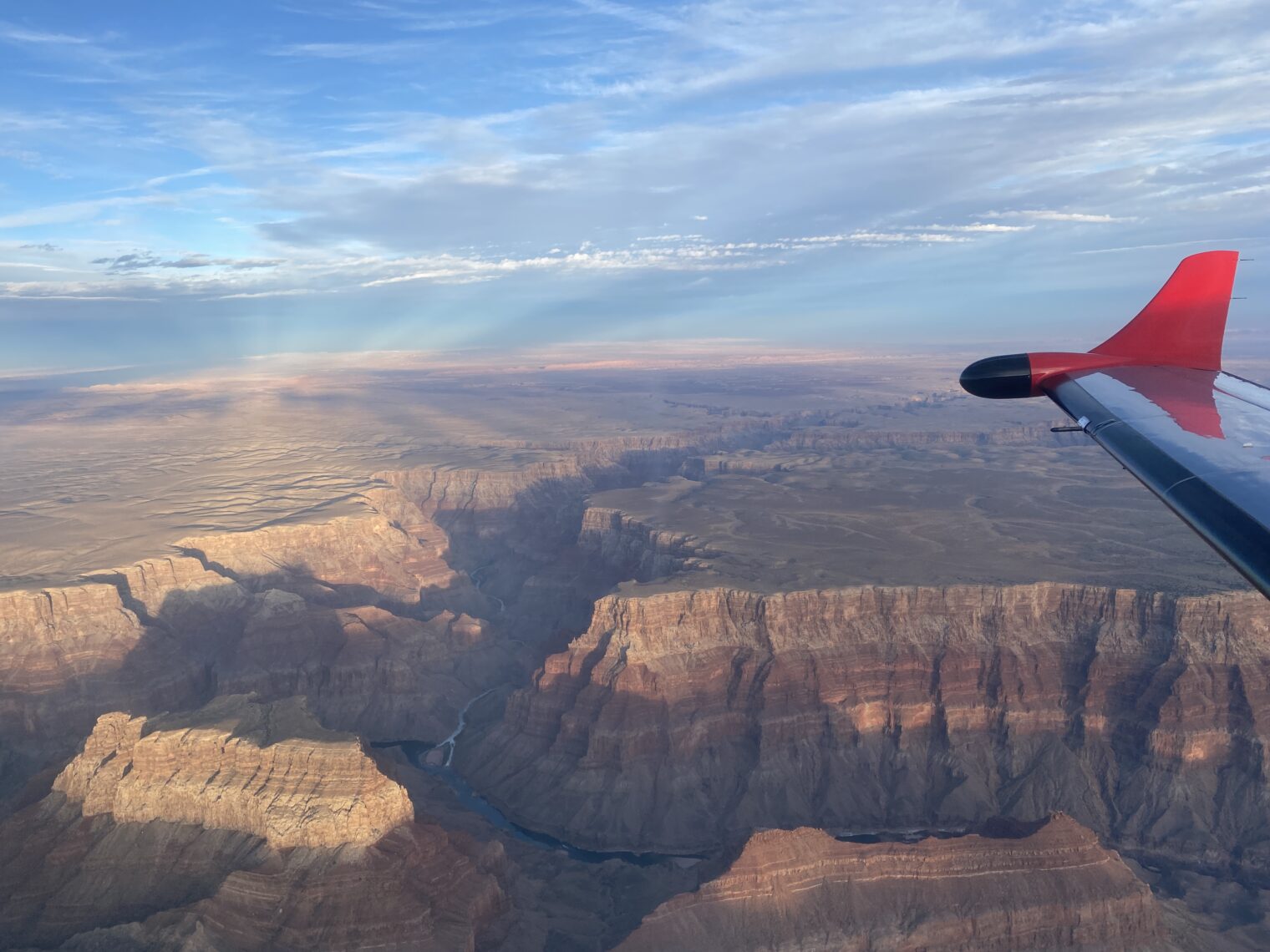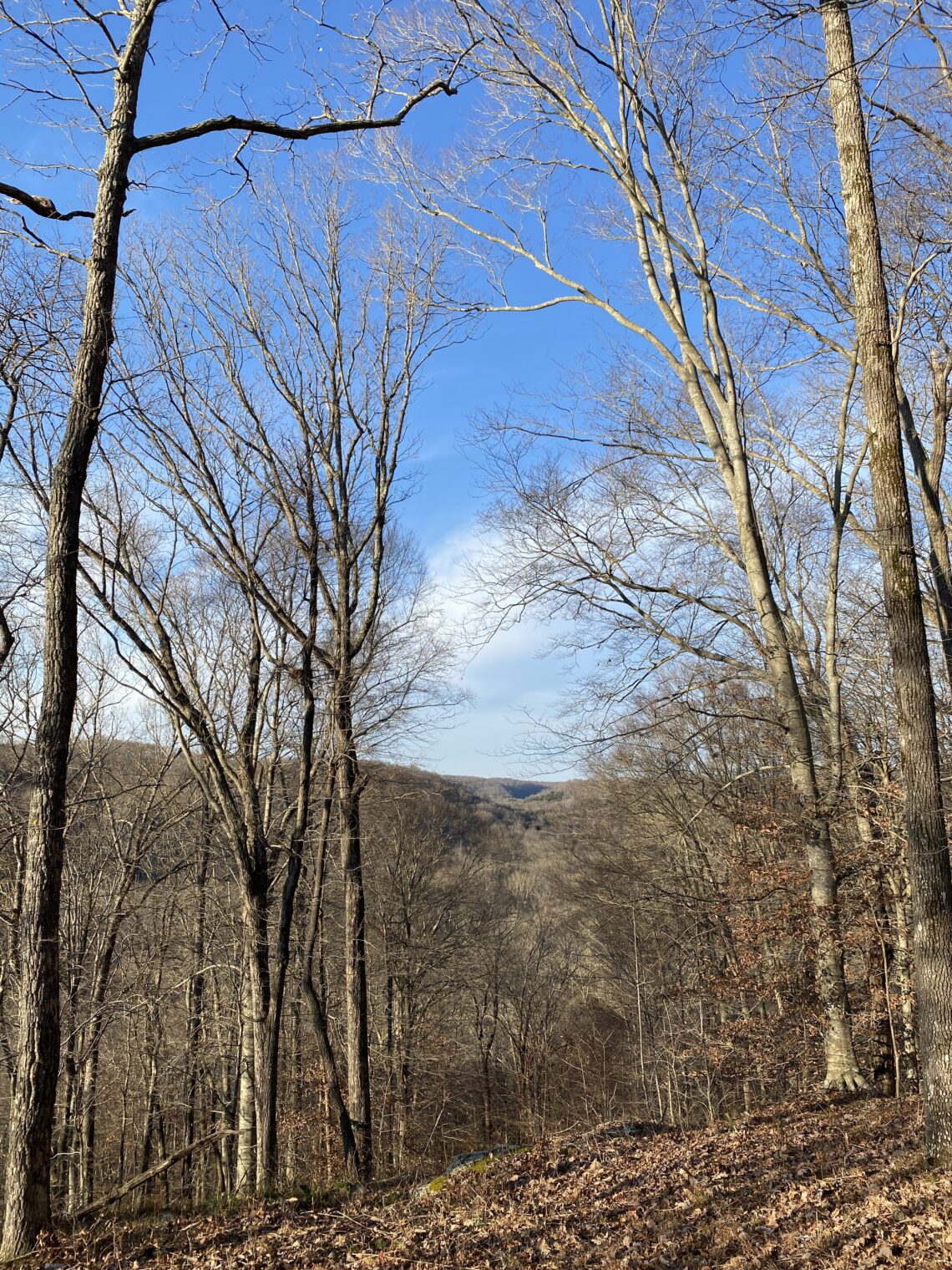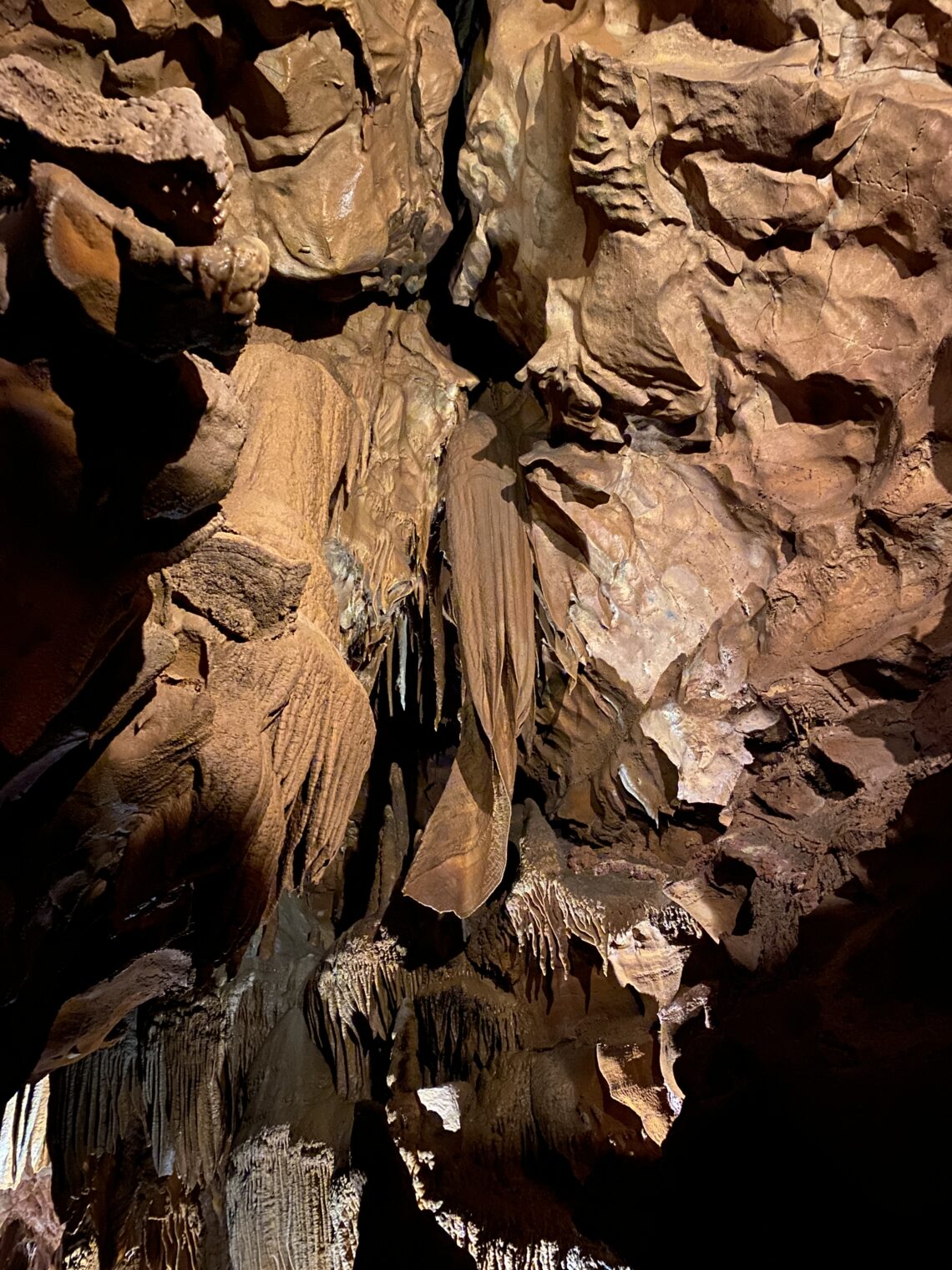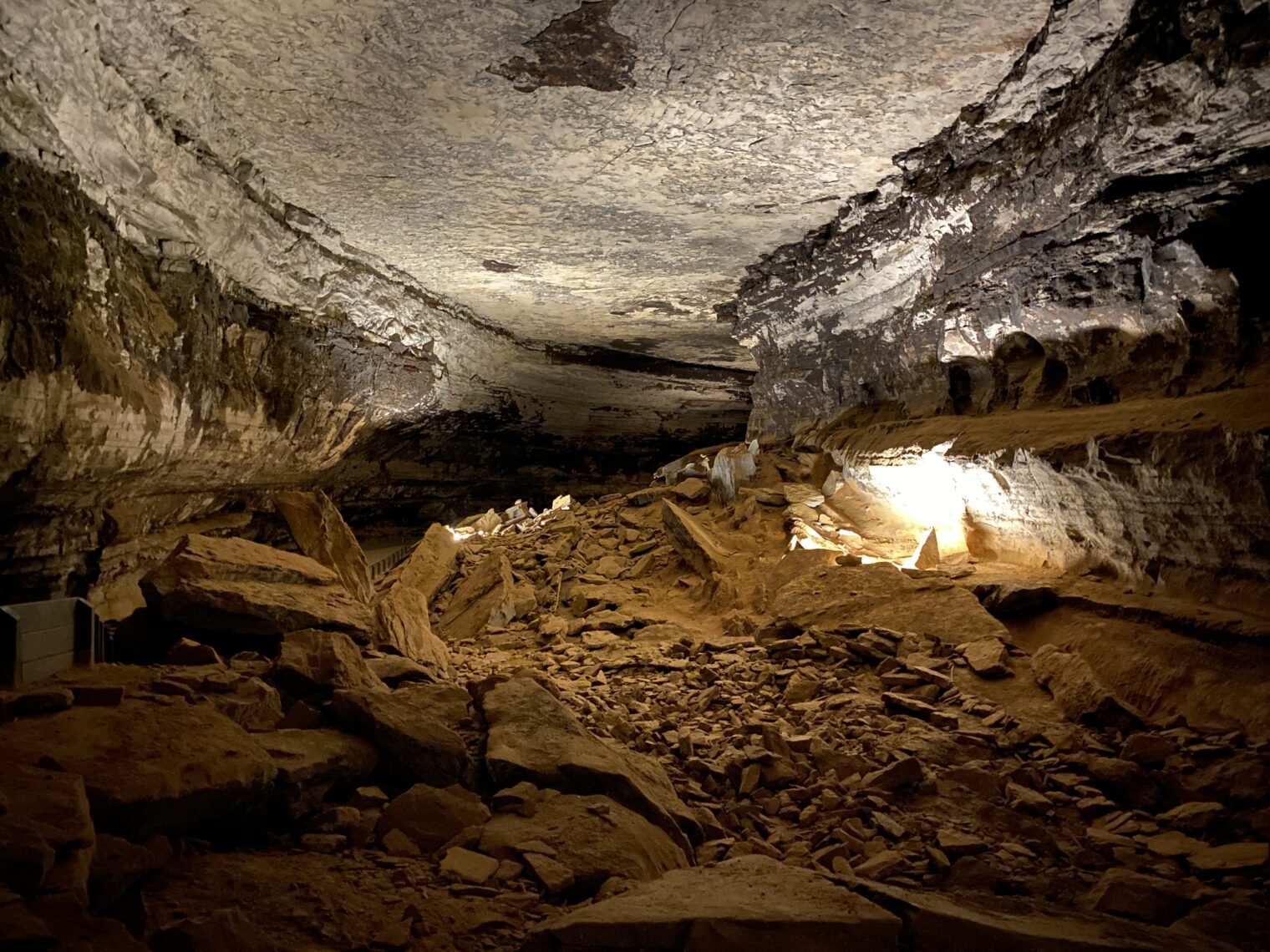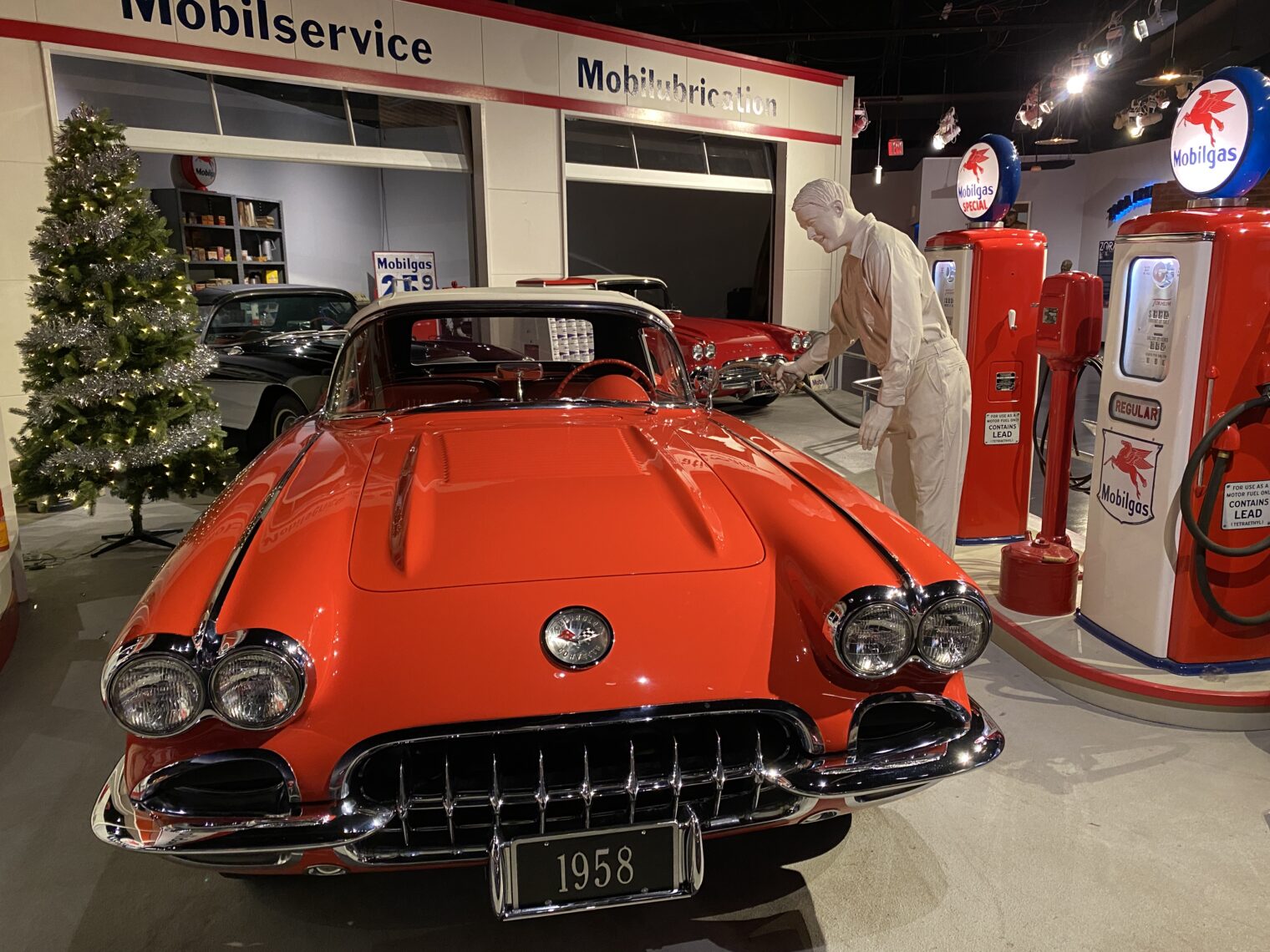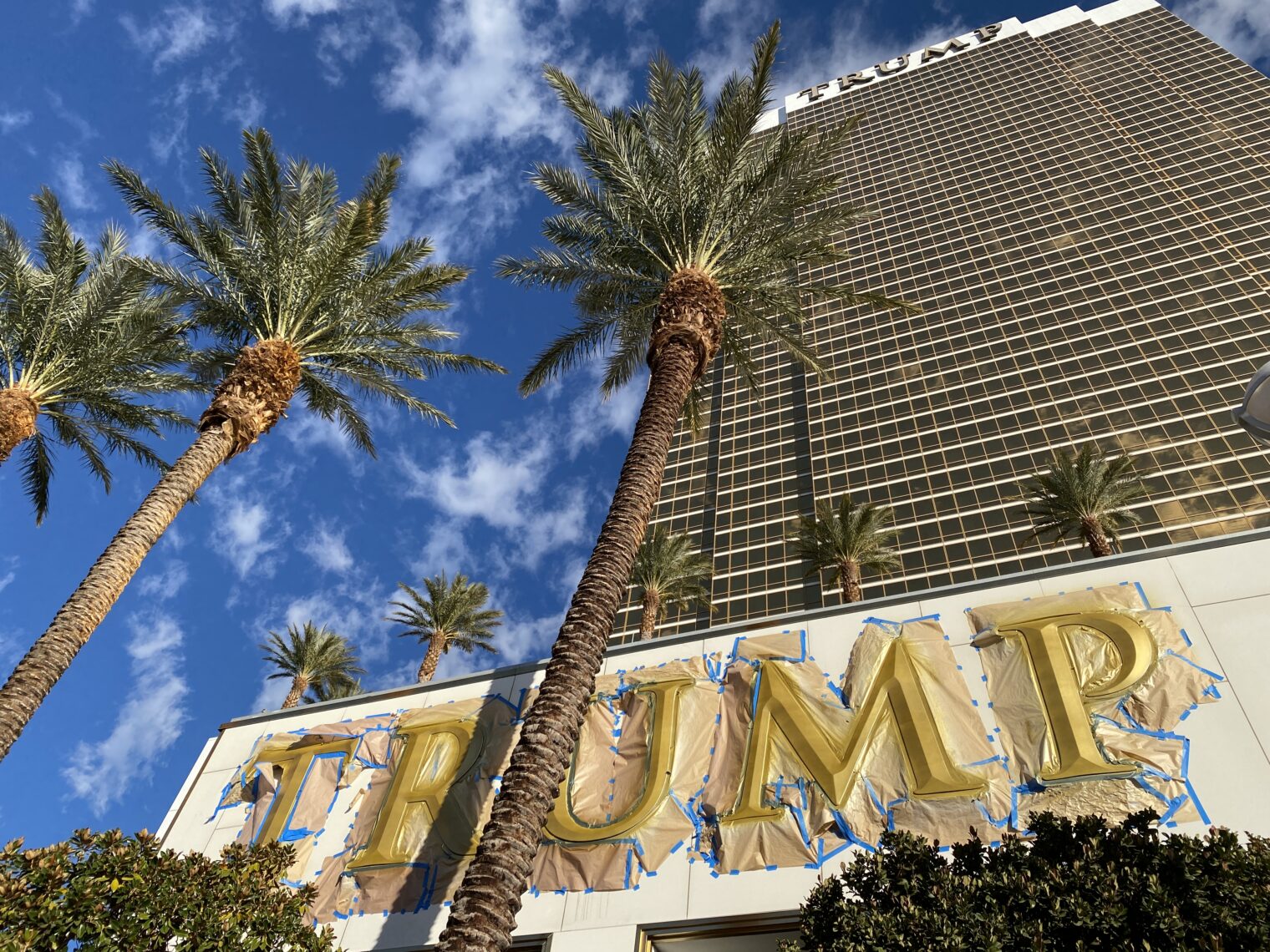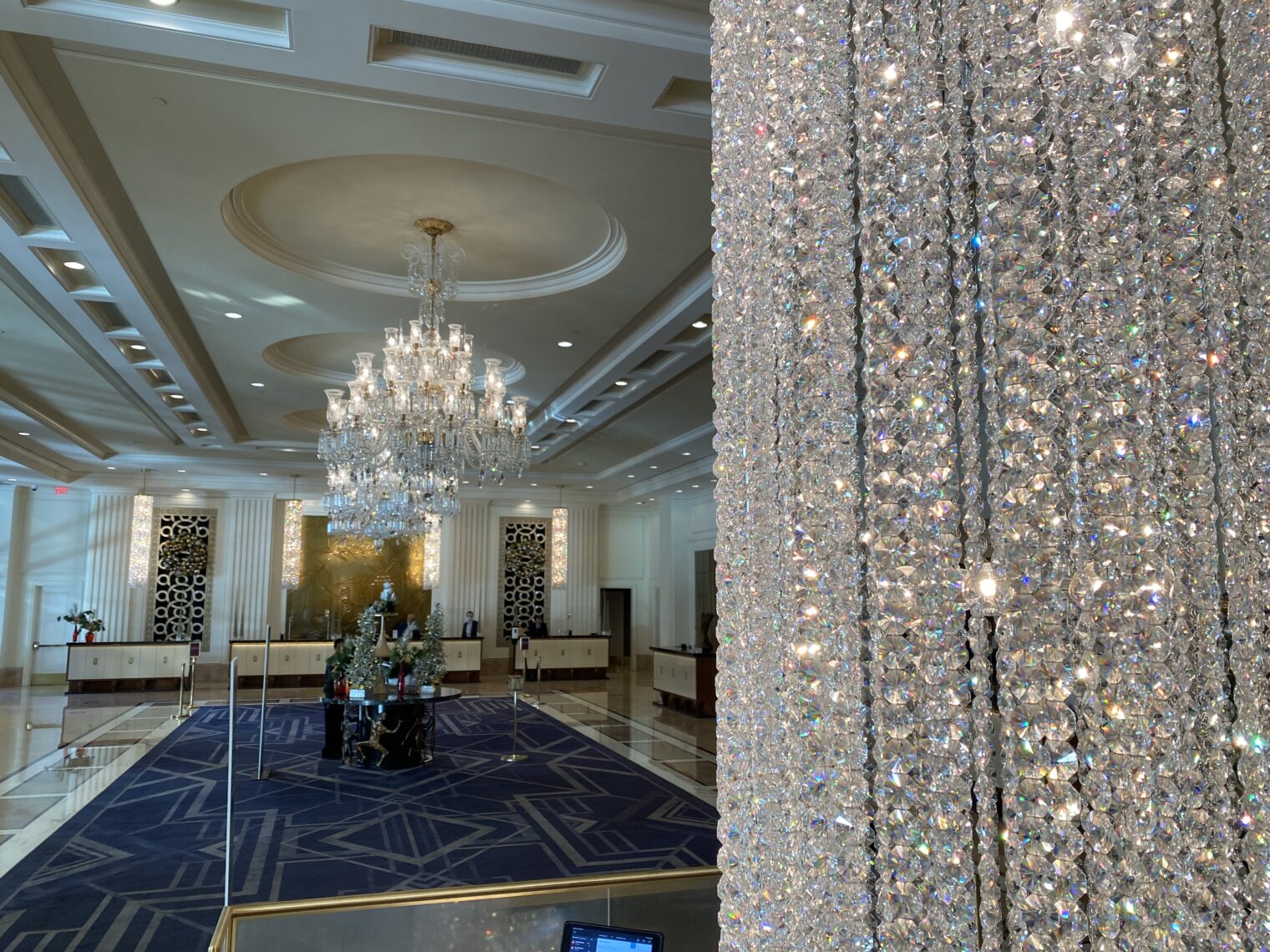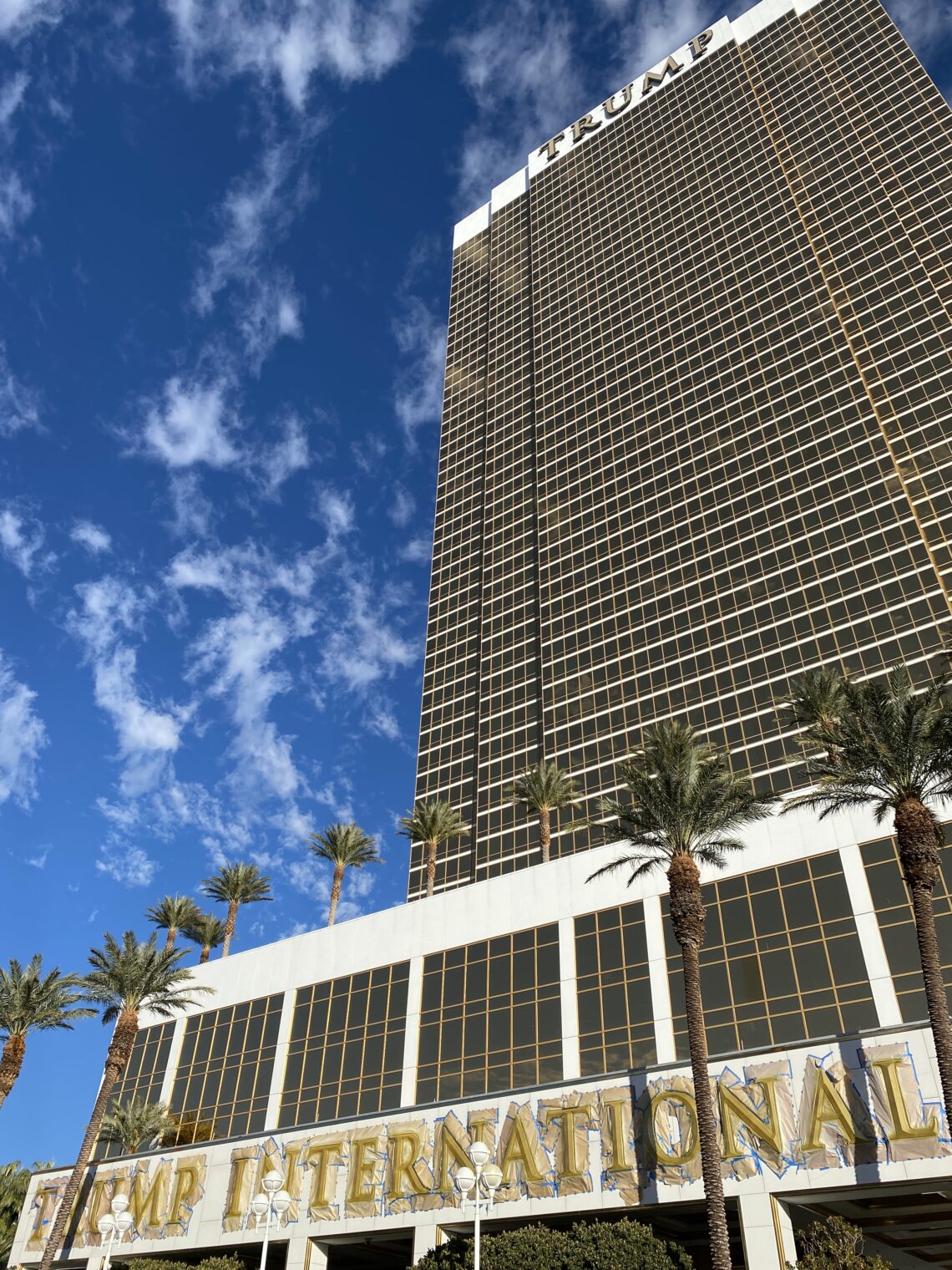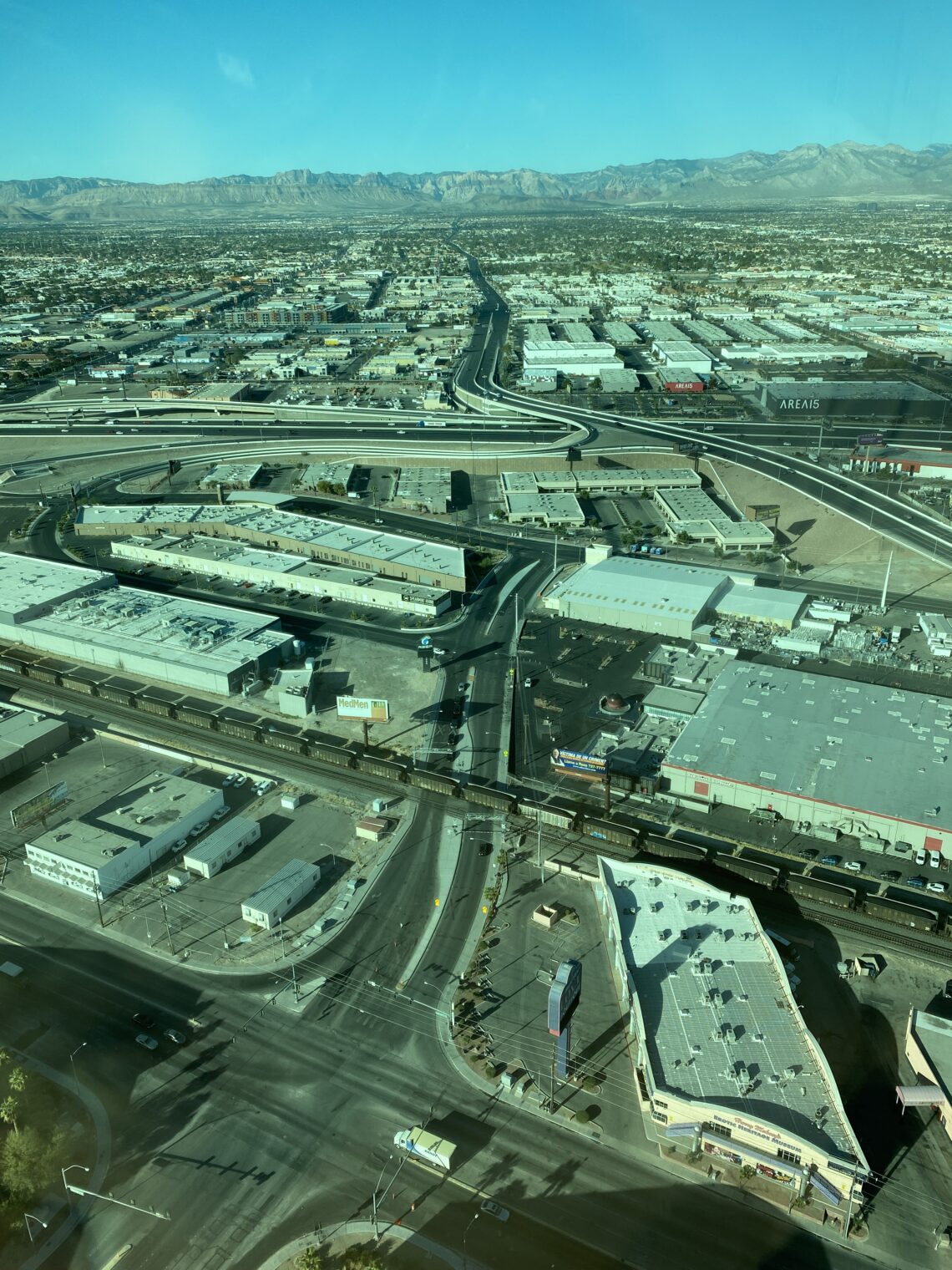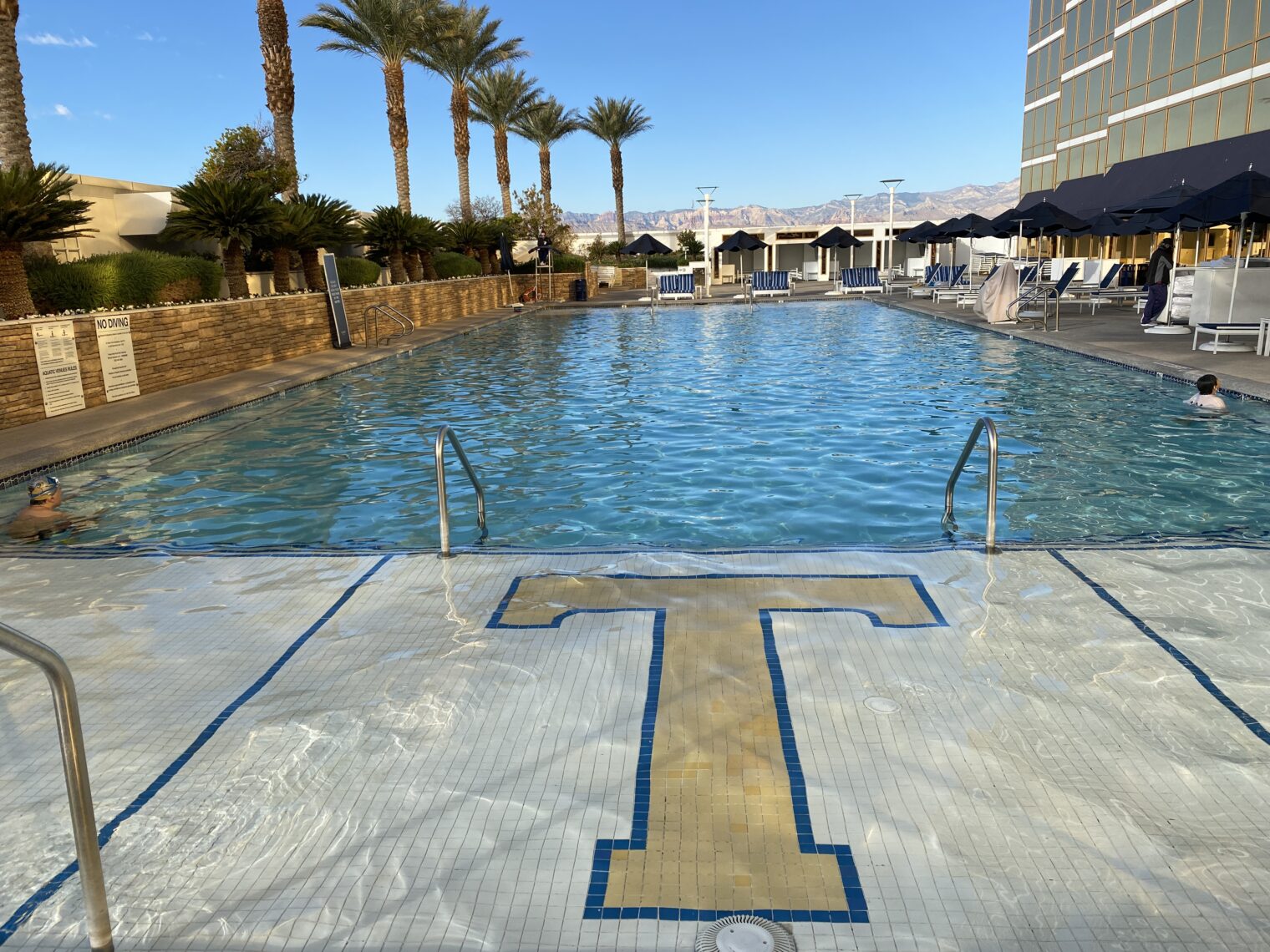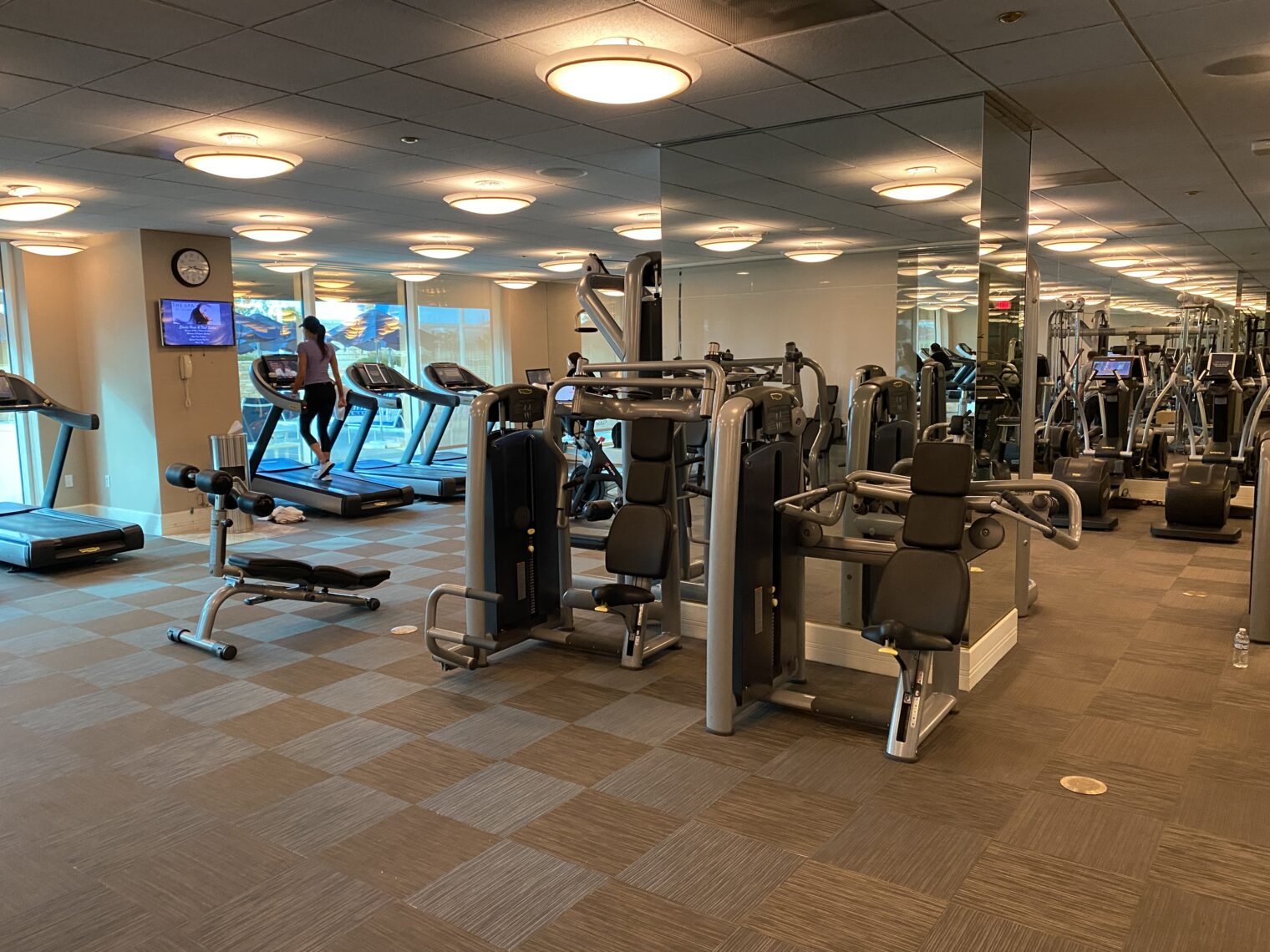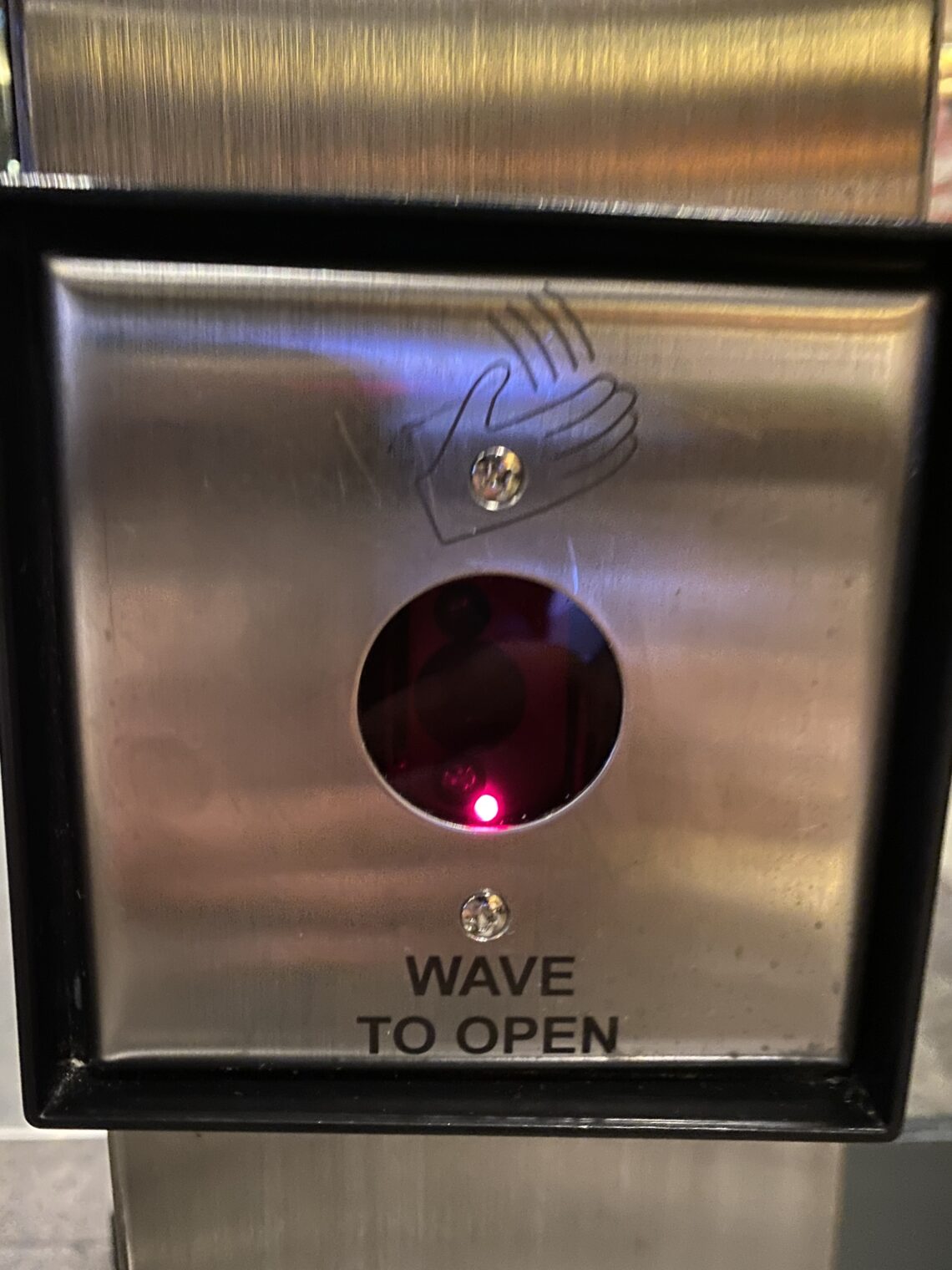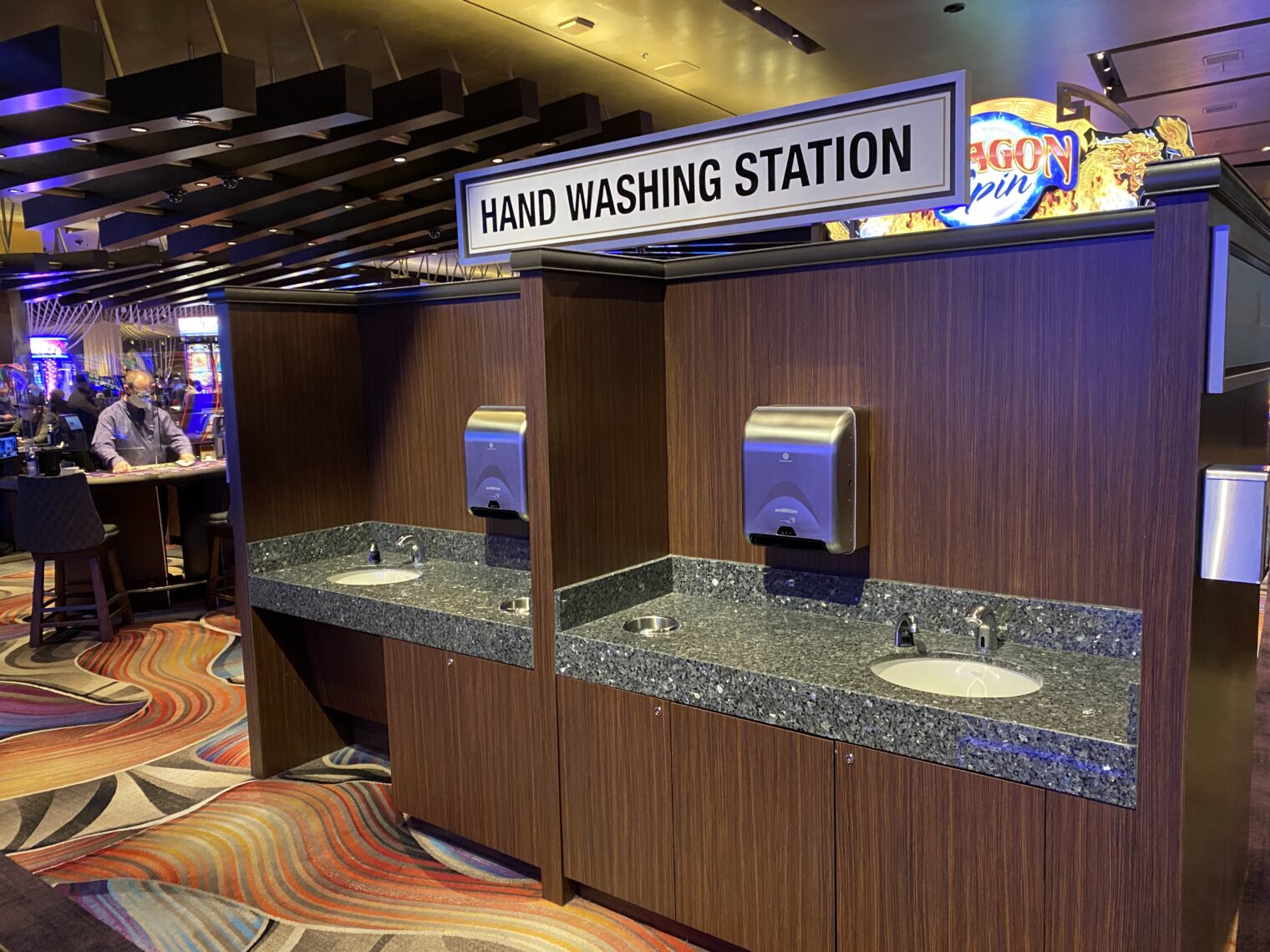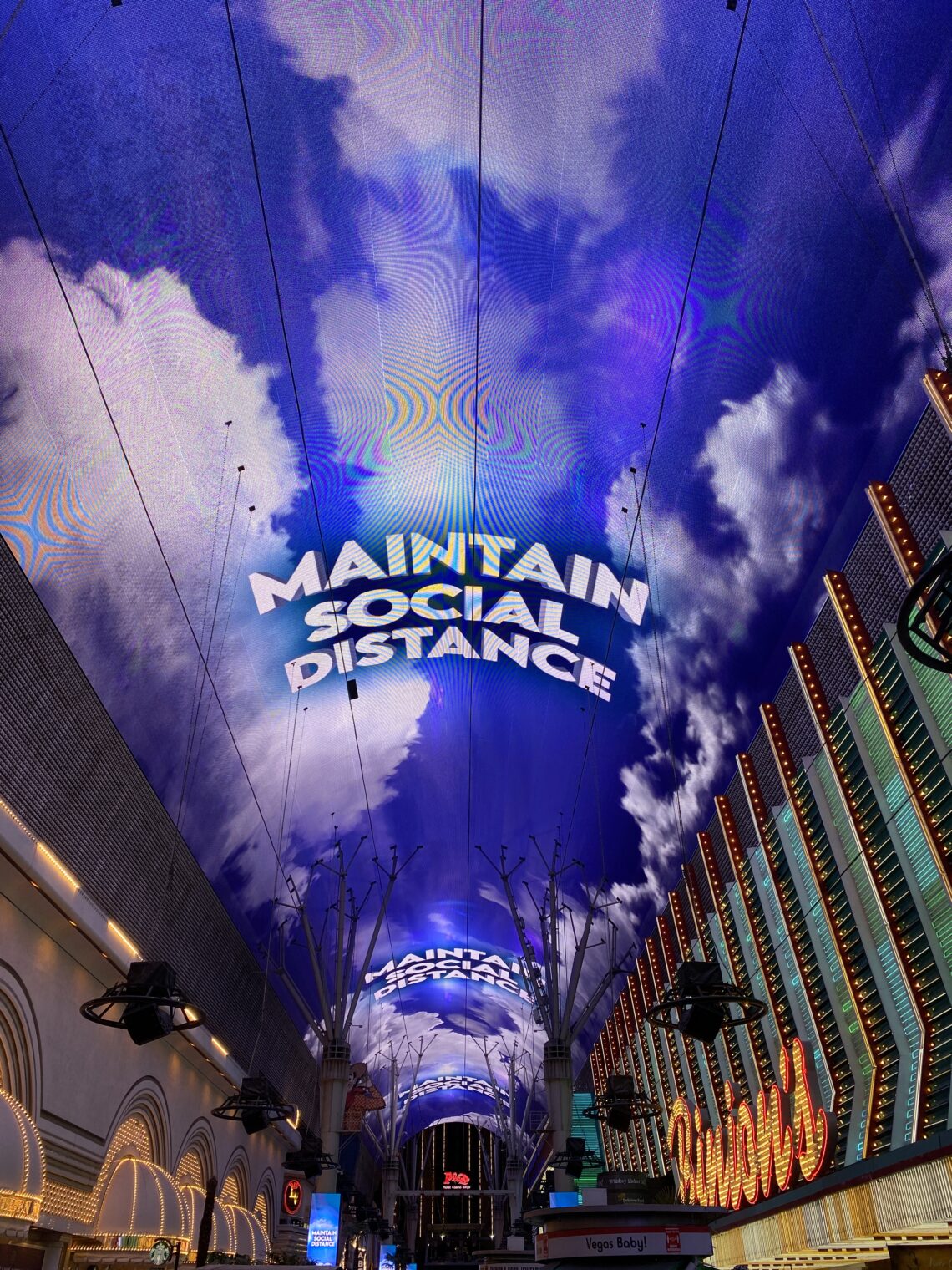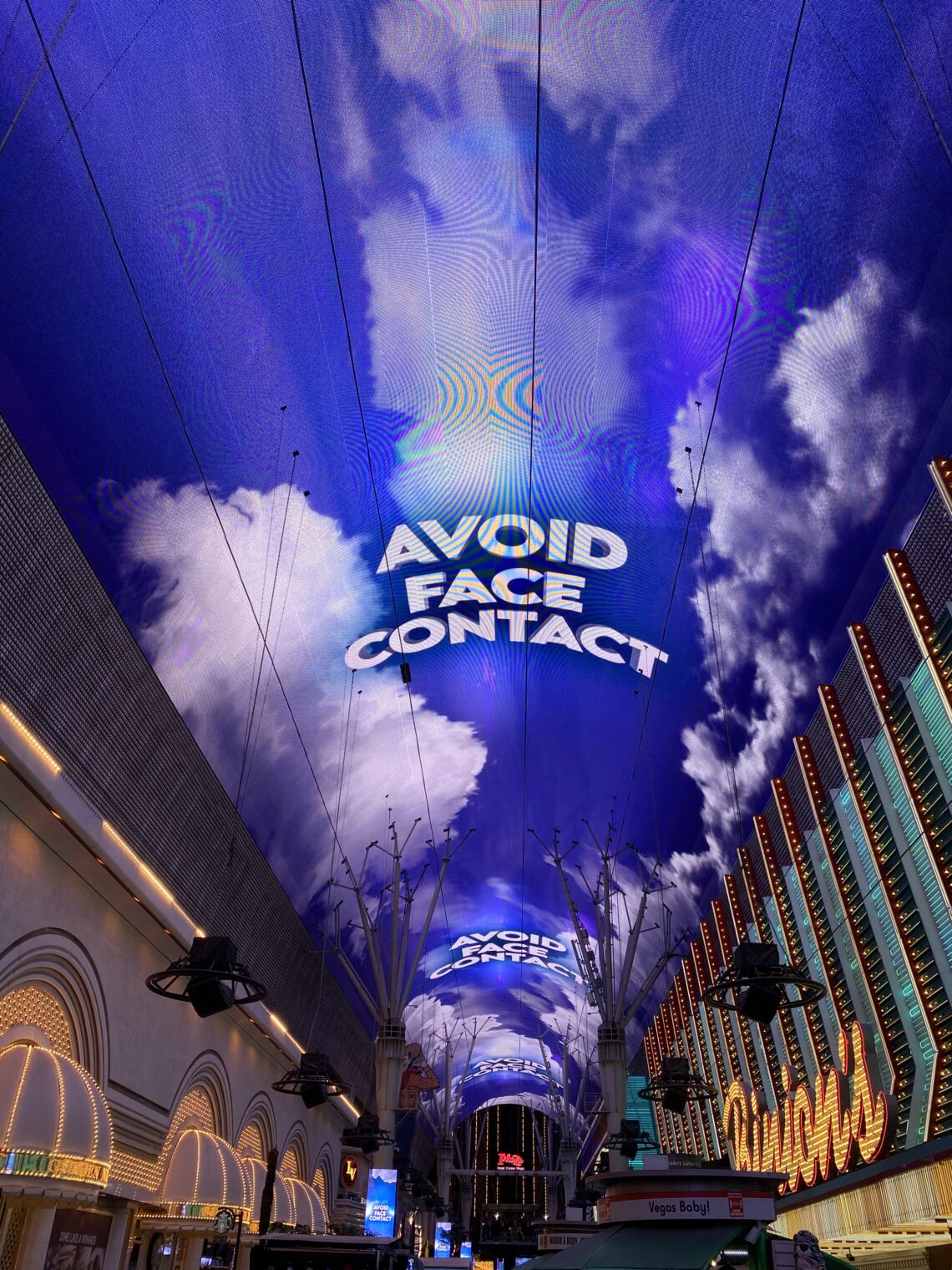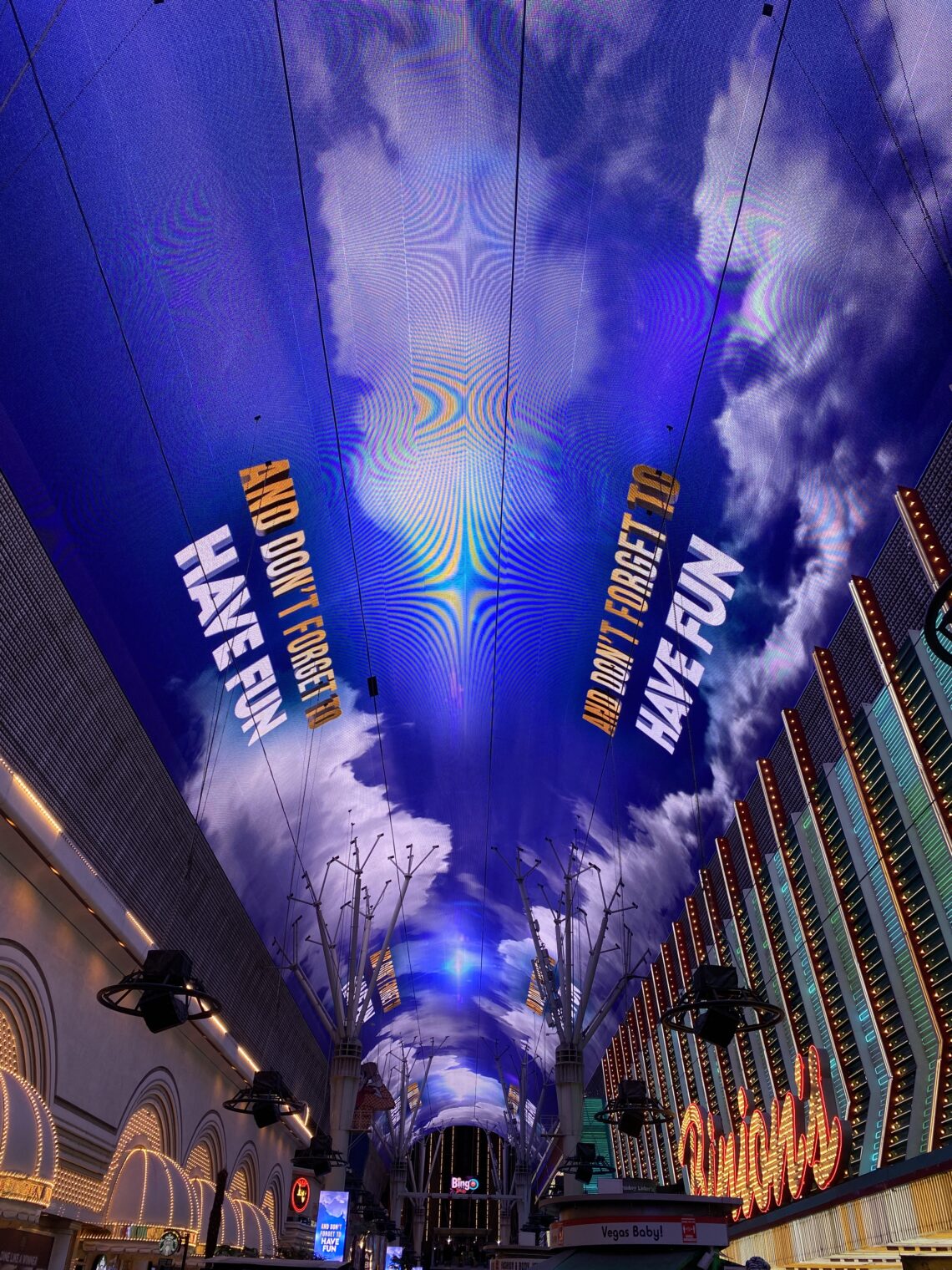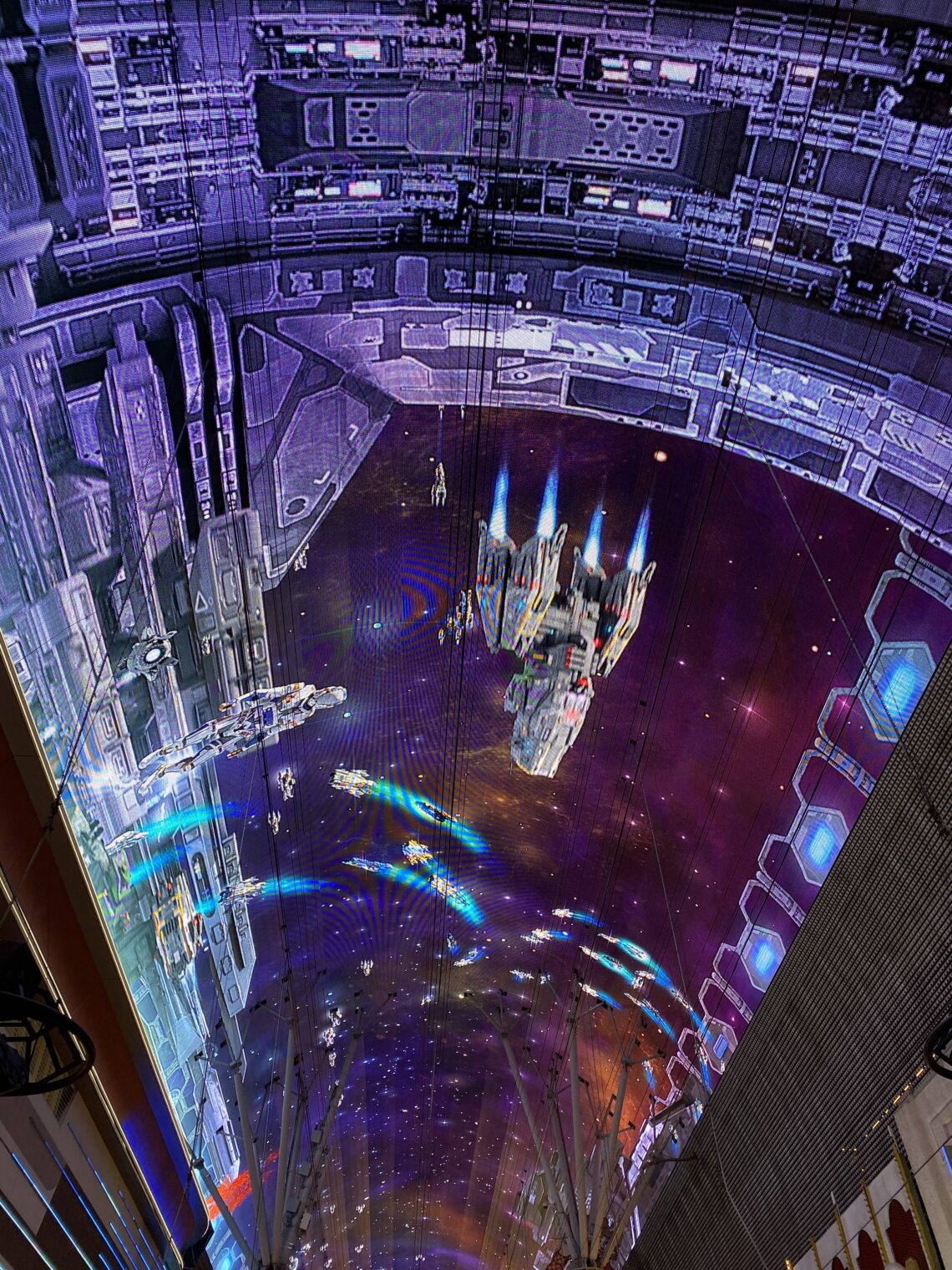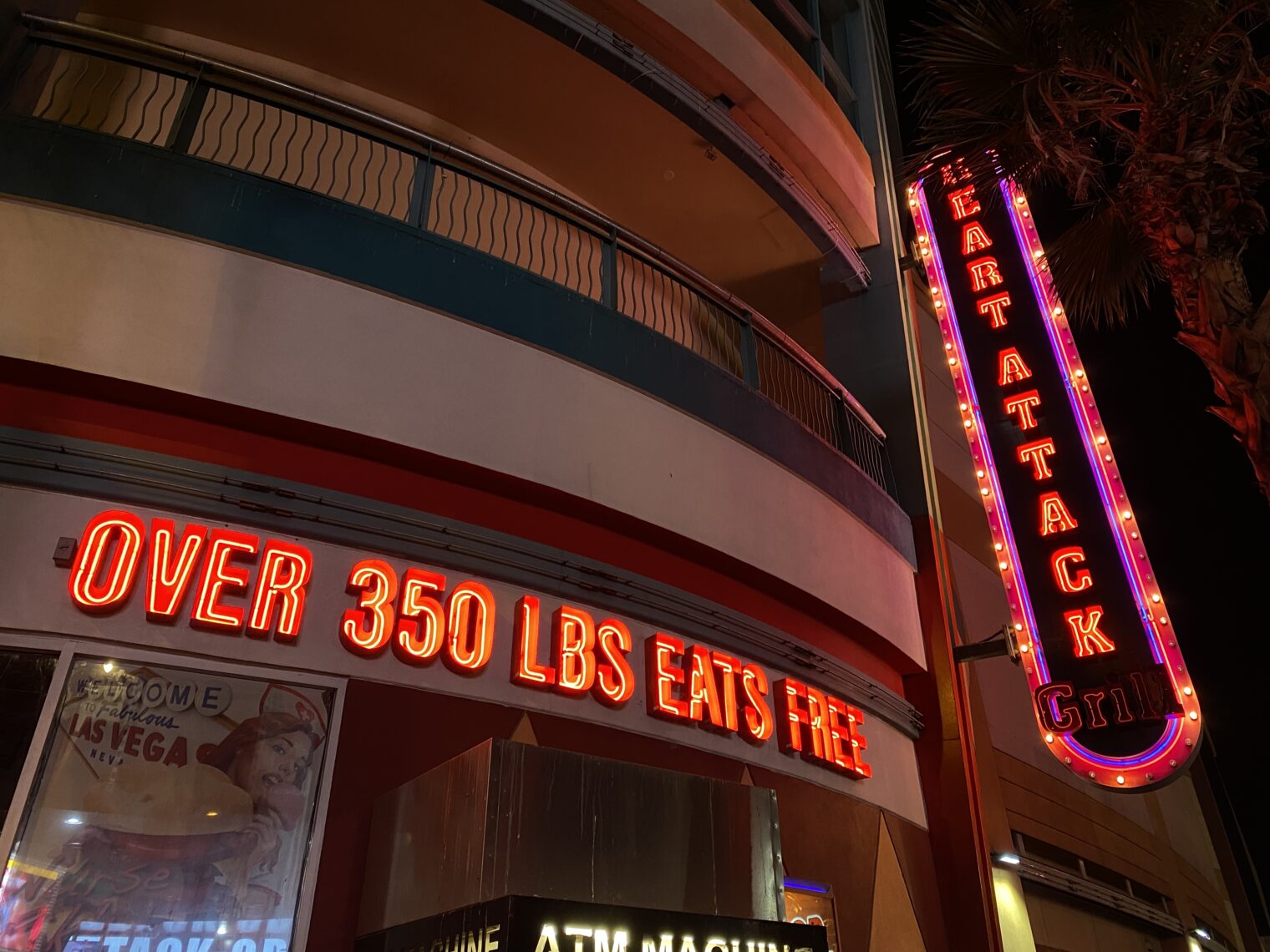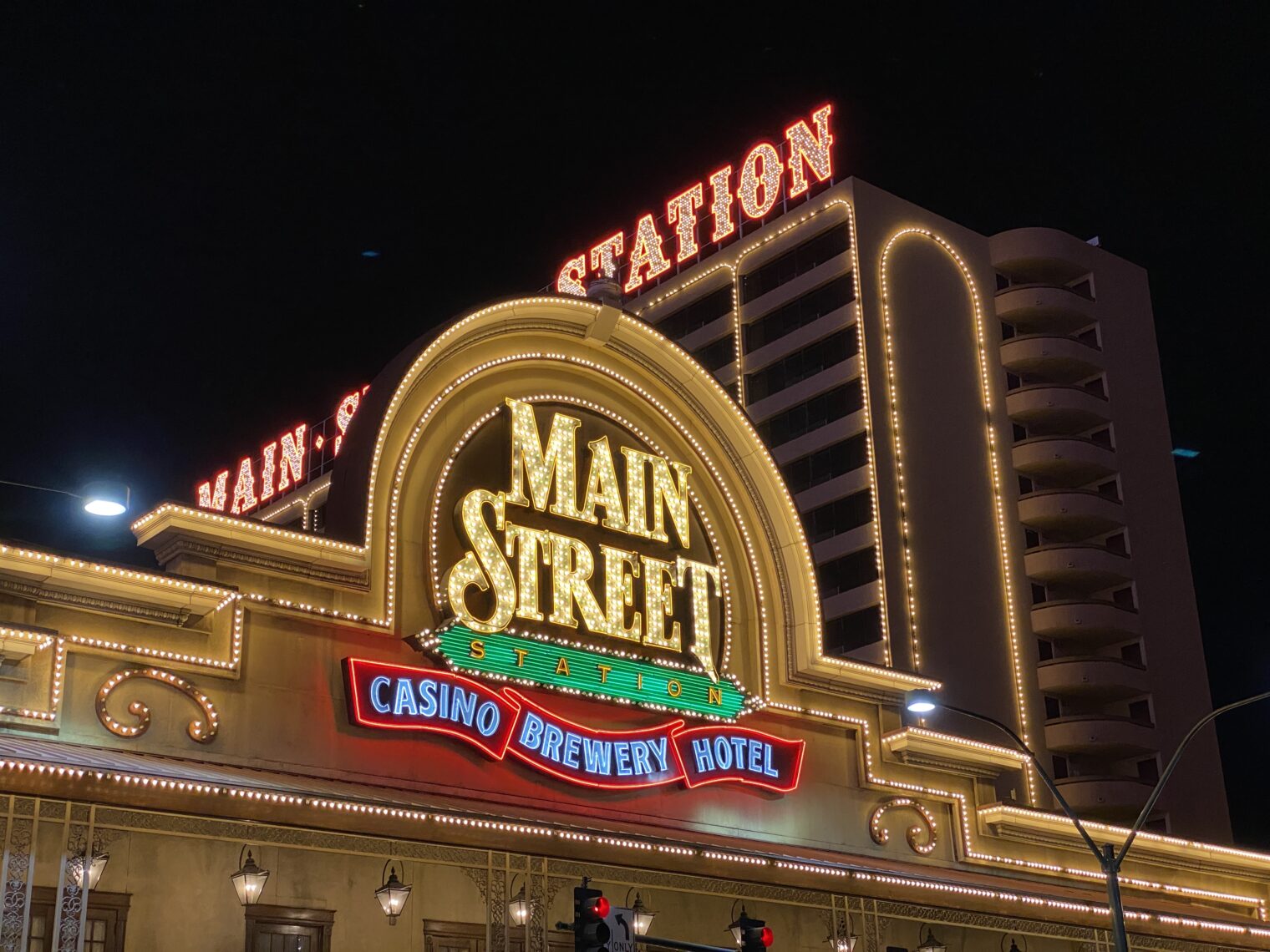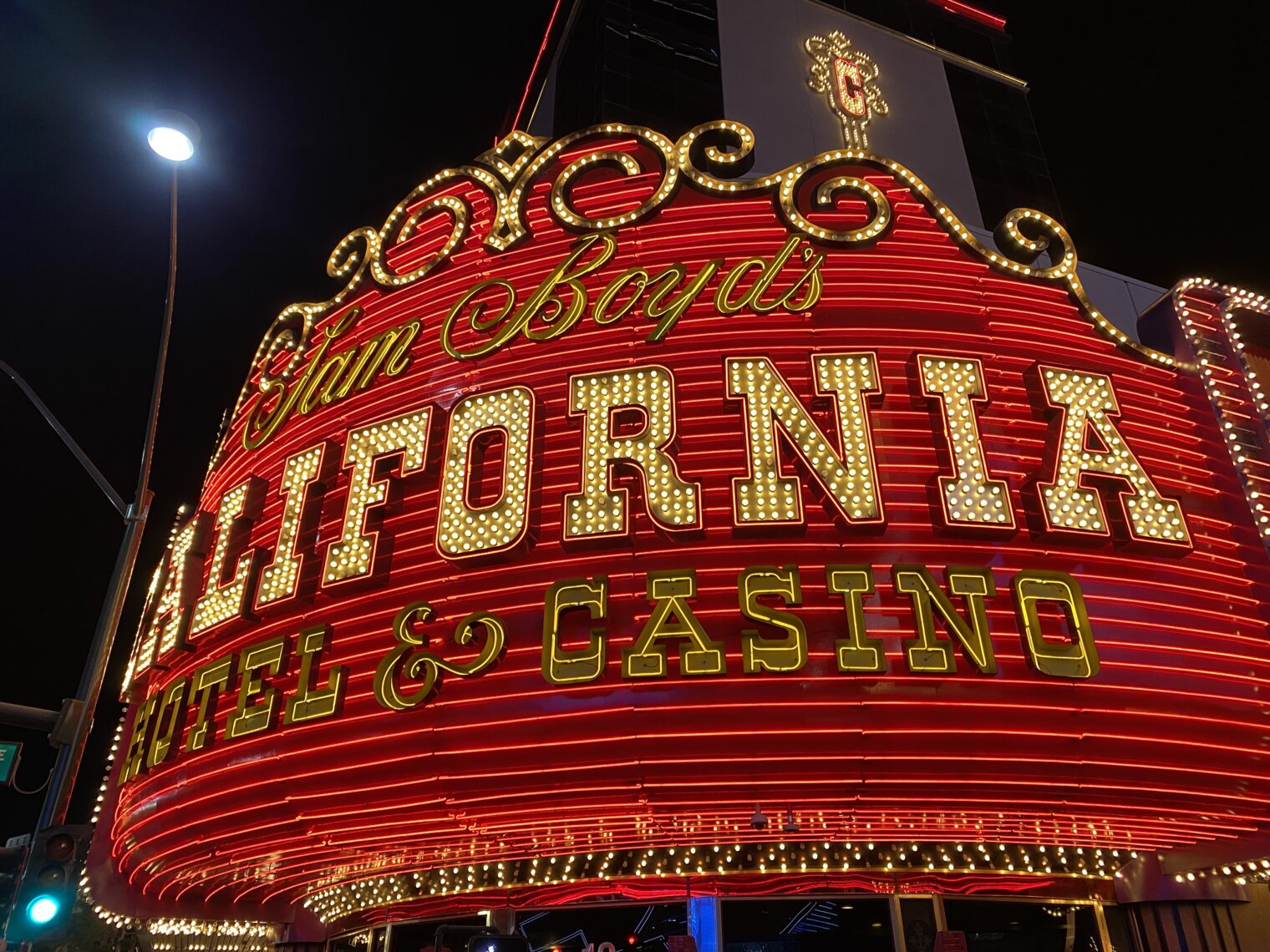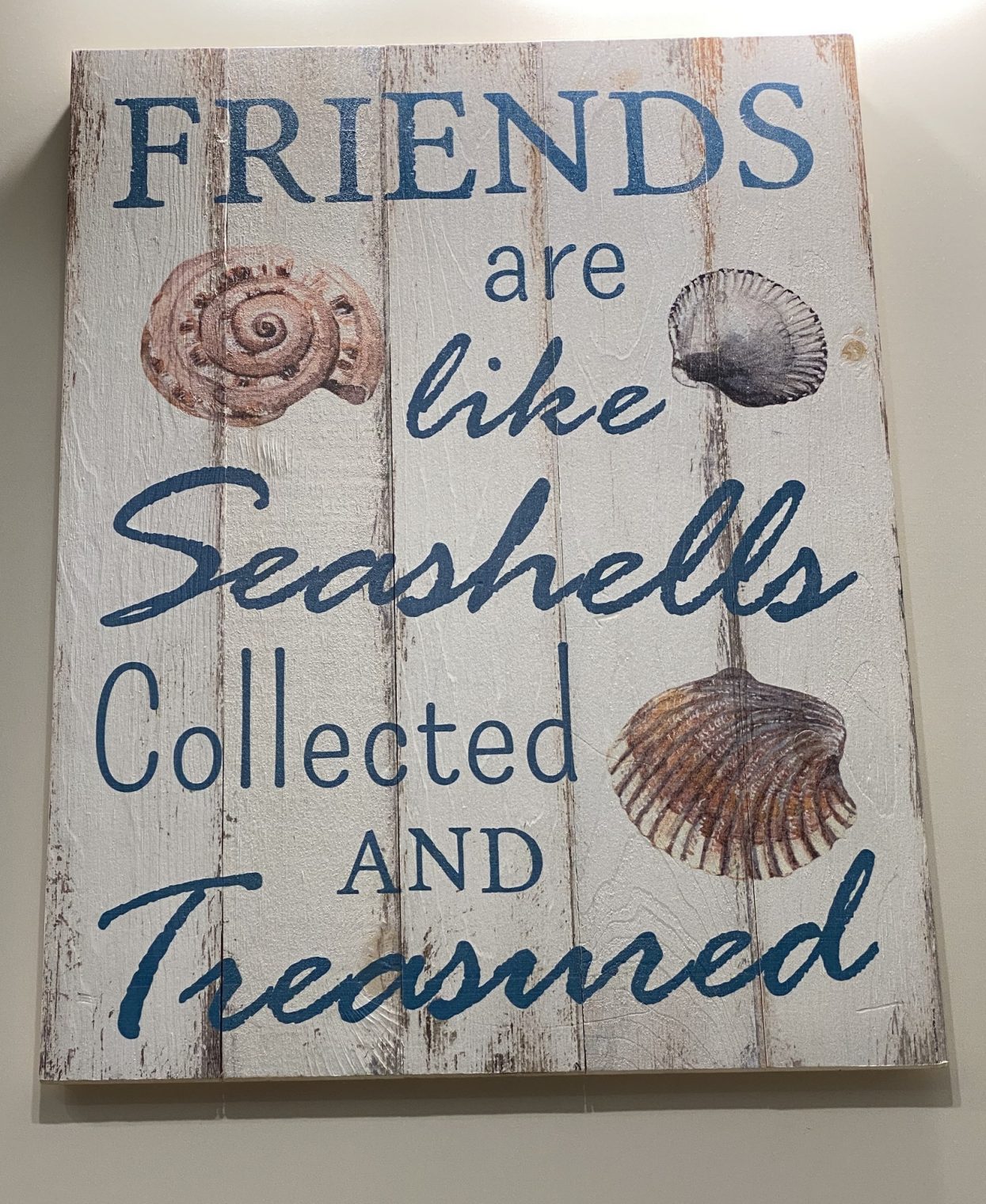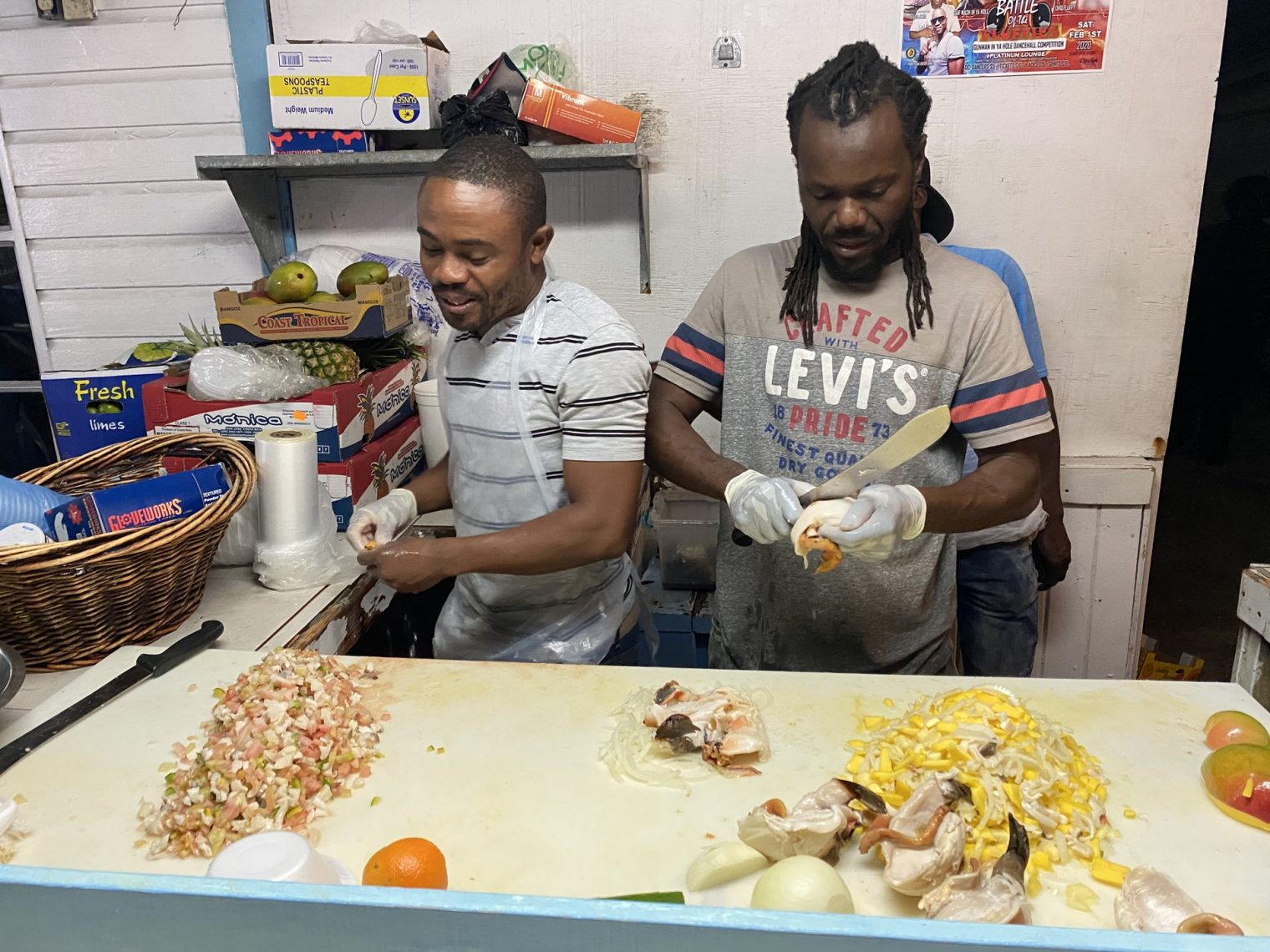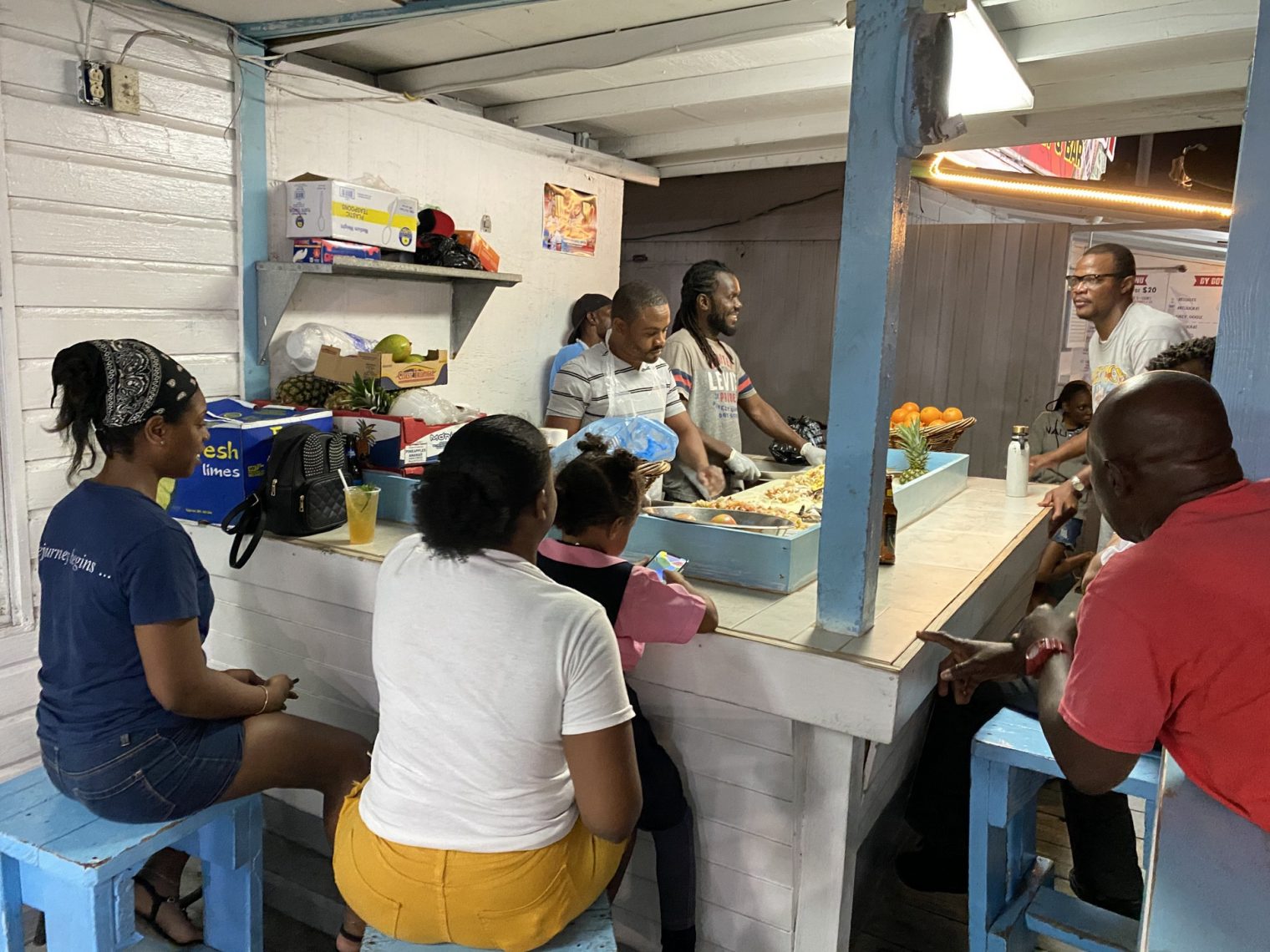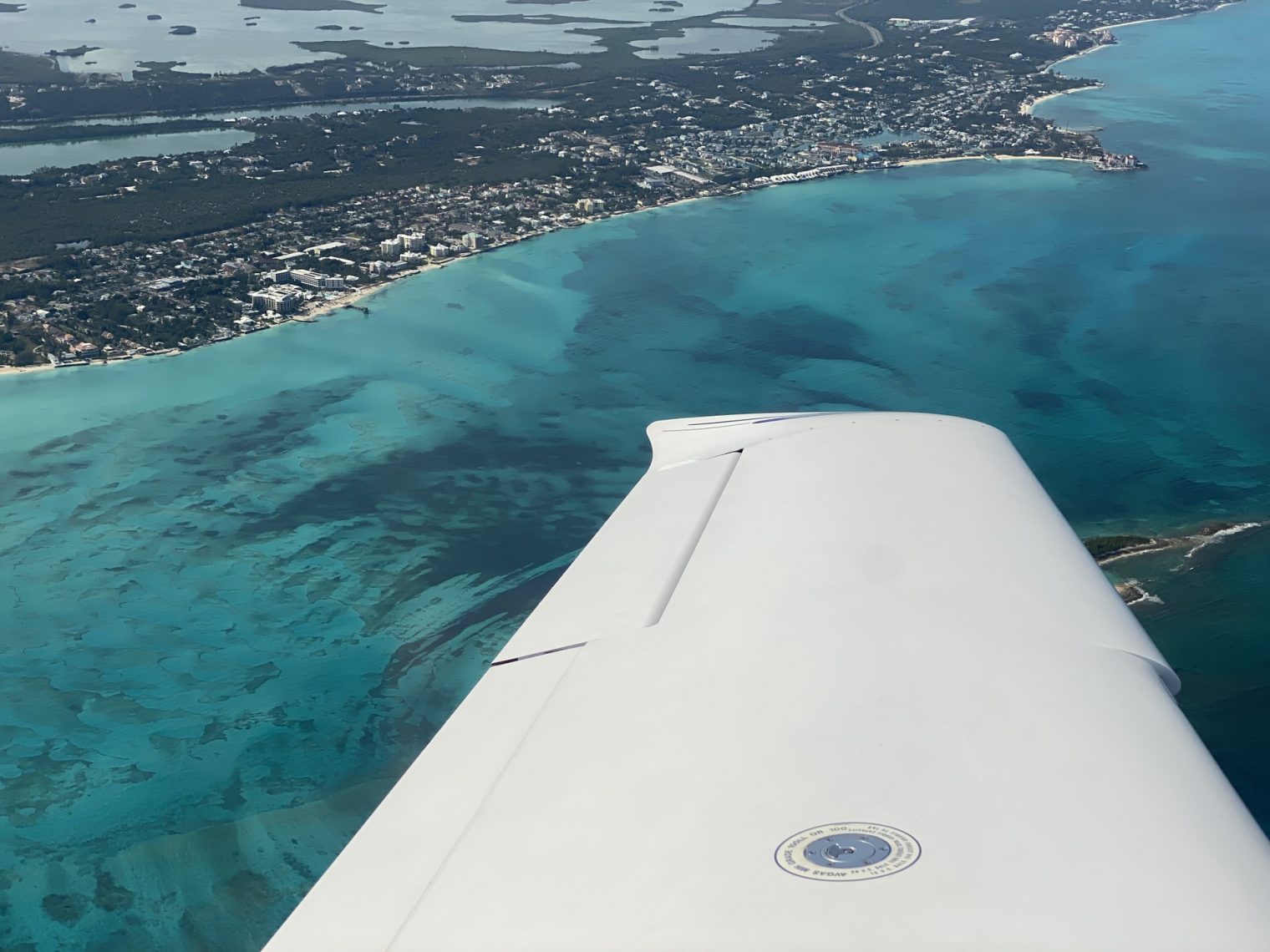Disney World during Code Orange coronapanic
Trigger warning: This post includes a description of a 911 call with screaming.
Most of the U.S. was at Code Yellow for about 8 years and aviation was at Code Orange under the Homeland Security Advisory System. I think it is fair to say that the U.S. is now at a semi-permanent Code Orange level of coronapanic with a “high” level of risk and community spread. Although the attitude of the typical Floridian is close to Code Blue (“Guarded”), Walt Disney World tends to reflect the national level of panic.
We visited on a weekday in September and chose Magic Kingdom because we were towing 6- and 7-year-olds who had never been to any big theme park.
You’d think that the park would be fairly uncrowded. Our government wisely excludes Europeans from vacationing here. For for all of the beloved PCR machines on the planet would we want to take the risk that 4 infected Germans coming off an Airbus might spread COVID-19 to the 11,000 Haitian under-bridge migrants who recently arrived to live here permanently (NBC: “Customs and Border Protection does not test migrants in its custody for Covid unless they show symptoms.”).
Disney discourages visitors to some extent by requiring a reservation for a specific date in addition to a ticket and also by limiting the number of visitors per day in each park. I had some complimentary tickets from a cousin who works at Pixar and had to wait 1.5 hours on hold before I could talk to a human capable of making the required reservation (this is the main reservations line; why are they backed up if Europeans are excluded from the pool of potential guests?). The process is easier if you’re buying tickets on the Web, but you’ll have less flexibility than in the pre-coronapanic days.
The above factors, plus the chosen September weekday, meant that the park was mobbed rather than insanely mobbed. Most rides had waits of only 5-20 minutes (the FastPass system was gone and the new Genie+ system not yet available), with a handful at 35-50 (Peter Pan, the mine train).
(According to #Science, COVID-19 is a sufficiently serious public health issue that schools have been closed (for 1.5 years in our big cities) and/or children are made to wear masks 7 hours per day while also forgoing normal interaction (American kindergarten is now set up more like high school detention; kids must sit at their individual desks and not get close to other kids… while also wearing masks). If we are losing life years, contrary to Social Security and life insurance financials, the only sensible #Science-informed policy would be a presidential order shutting down all American theme parks. Pulling together 200,000+ people per day at Disney World (all four parks combined) means pulling together people in airliners (most of the folks we met had flown there), in restaurants, in hotels, etc. Even if they don’t get infected while on a roller coaster, they’re a lot more likely to get infected than if they’d stayed home, which remains the best demonstrated method of cutting one’s infection/transmission risk (our best vaccines can cut infection/transmission in half right now?). As a society we’ve determined that it makes sense to deny an education to millions of children if just one life can be saved. Shouldn’t the same logic apply to theme parks? If child can wait 1.5 years to learn, why can’t adults and children wait until the pandemic is over to ride a roller coaster?)
Getting to the park from Jupiter/Palm Beach involves a trip “through the middle of nowhere” (7-year-old) on “Florida’s Turnpike” (something that belongs to the people rather than to the state government?). There are signs reminding drivers that their toll dollars are at work, corresponding to signs on local roads and near schools about tax dollars being put to work. The Florida state government is grateful when citizens pay! The boys enjoyed the numerous billboards for Machine Gun America. The rest stops don’t have a “masks recommended” or “masks encouraged” sign on the sliding doors. Instead, the space is used to encourage people to come in and buy a SunPass (like an EZ Pass). Inside, visitors are reminded not to drink from the toilets (useful in case a literate dog comes in!):
Since we’re back to Code Orange rather than in full Code Red panic, Disney imposes an indoor-only mask policy:
To address fears of disease being spread by surface contamination, Disney has installed hand sanitizer stations throughout the park. With the attention to detail that you’d expect of a business operating in a country that has to buy all of its integrated circuits from Taiwan, China, Korea, and Japan, 90 percent of these were empty by noon and we never saw one being refilled.
What about the 911 call? Was that because of the empty hand sanitizer dispensers? After all, quite a few state governors and local government officials have declared that COVID-19 is an “emergency”. In fact, the 911 call was my iPhone’s own decision, apparently, spurred somehow by the restraining bar on the Space Mountain roller coaster pressing against my front pants pocket. The 911 operators would thus have heard 4 minutes of screaming and muffled struggle. “What’s Your Emergency?” can be answered in so many layers when one is at a theme park with kids….
(Photo above from Loxahatchee Ice Cream Company, Juno Beach, Florida.)
You wouldn’t guess from looking at the visitors, but it is difficult to obtain food inside Magic Kingdom. Tables at the sit-down restaurants had been booked weeks in advance. What you’d think would be fast food restaurants required mobile ordering in advance and then there weren’t enough places to sit once you got your food. I am not sure what stops Disney from building up an extra story or two and adding restaurant space. My idea for a new restaurant would be “Elizabeth’s” and you’d take the “Injun Joe” raft to get to the Elizabeth Warren-themed diner next to this already-built representation of her ancestral village:
(How is Disney able to still run a boat named “Injun Joe”?)
The fireworks show started at 8:15 pm. We got back to the car by about 9:15 pm, having caught one of the massive ferry boats (packed and with nobody wearing a mask since it is “outdoors”). The boys slept in pillow nests in the Honda Odyssey, mostly reclined, but it got me thinking about how it would be nice if there could be a restraint system for minivans in which young passengers could sleep horizontally and still be protected in the event of a crash.
Related:
- When you care enough about a global pandemic to host mass gatherings in multiple locations worldwide every day…. “Disney World Has An Agreement To Require Union Workers To Be Vaccinated” (NPR)

